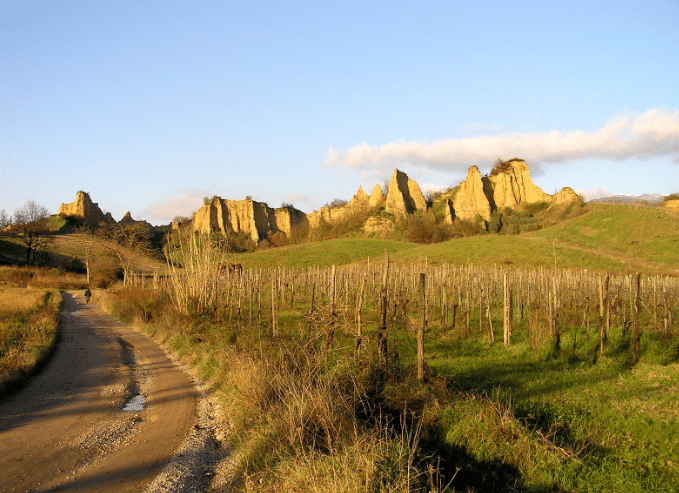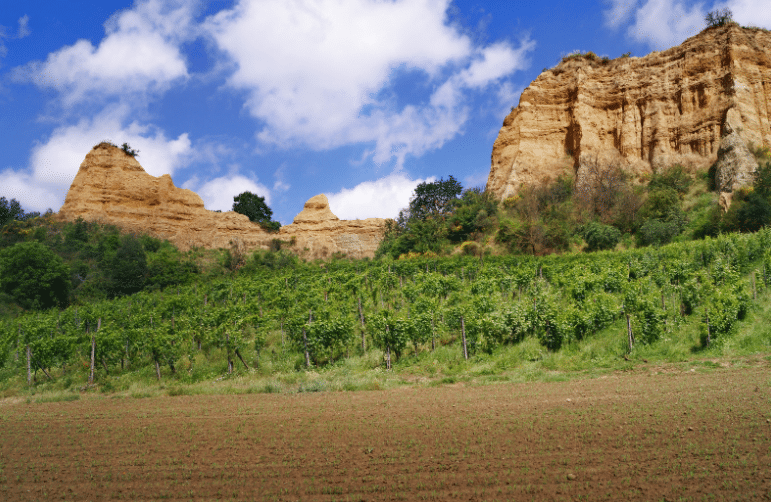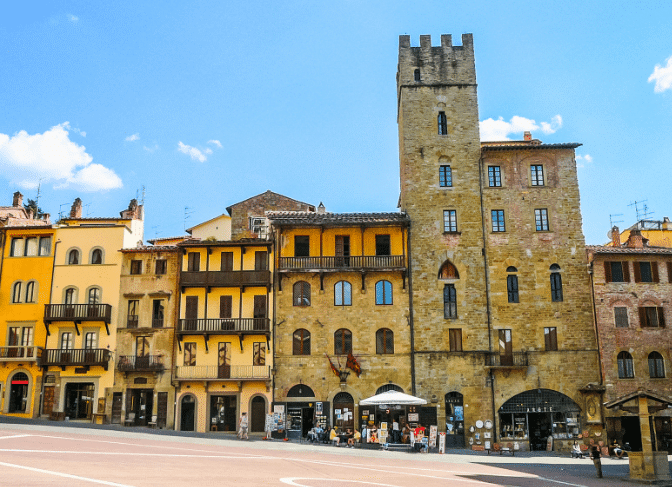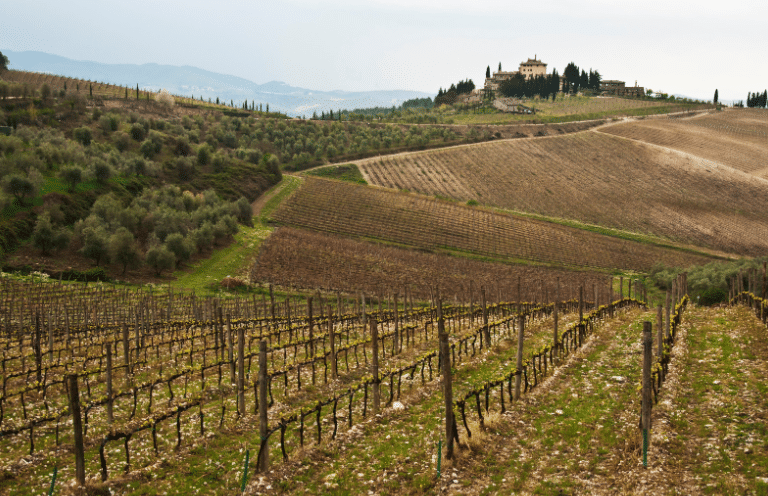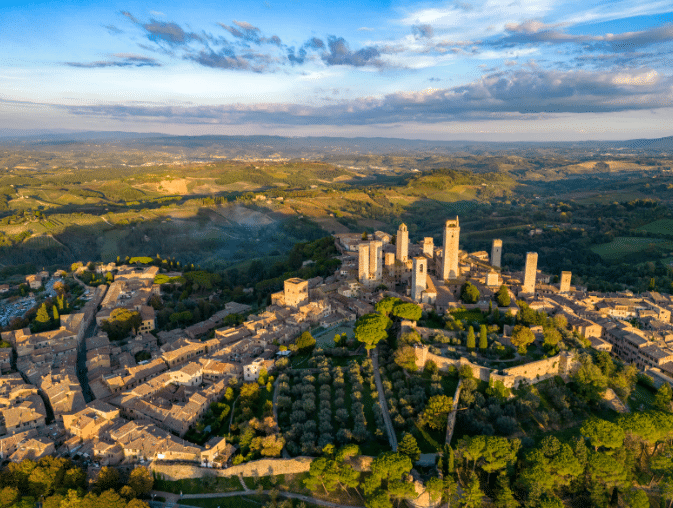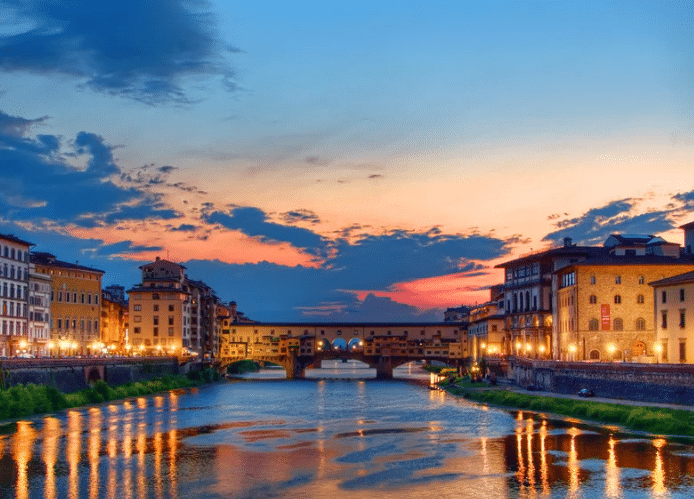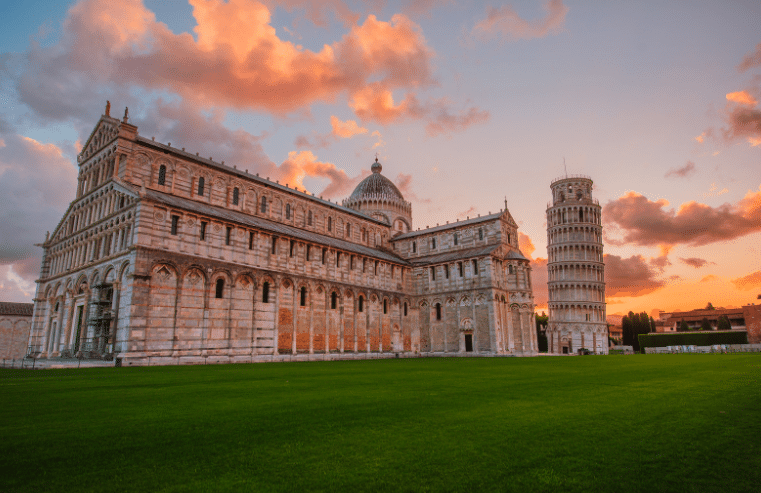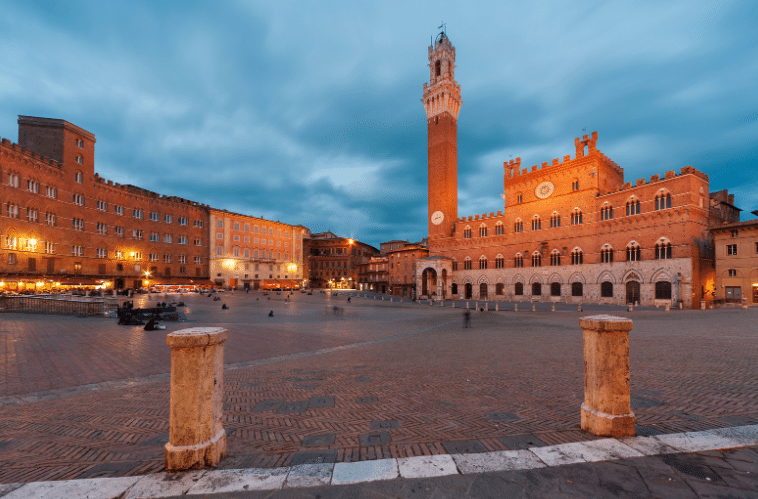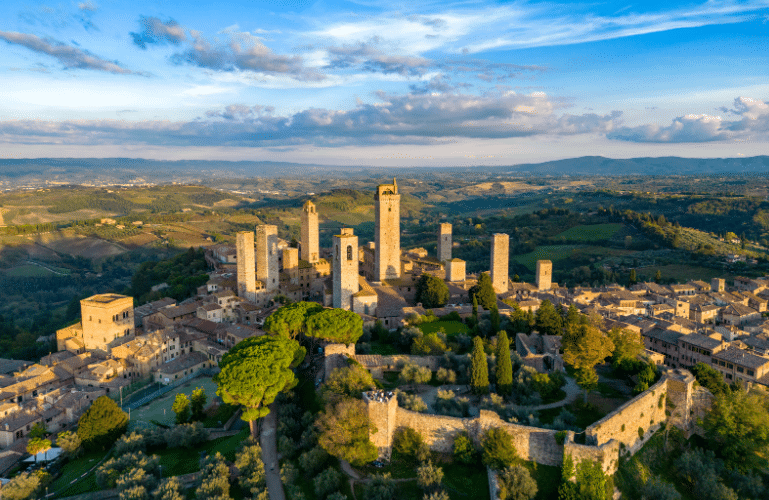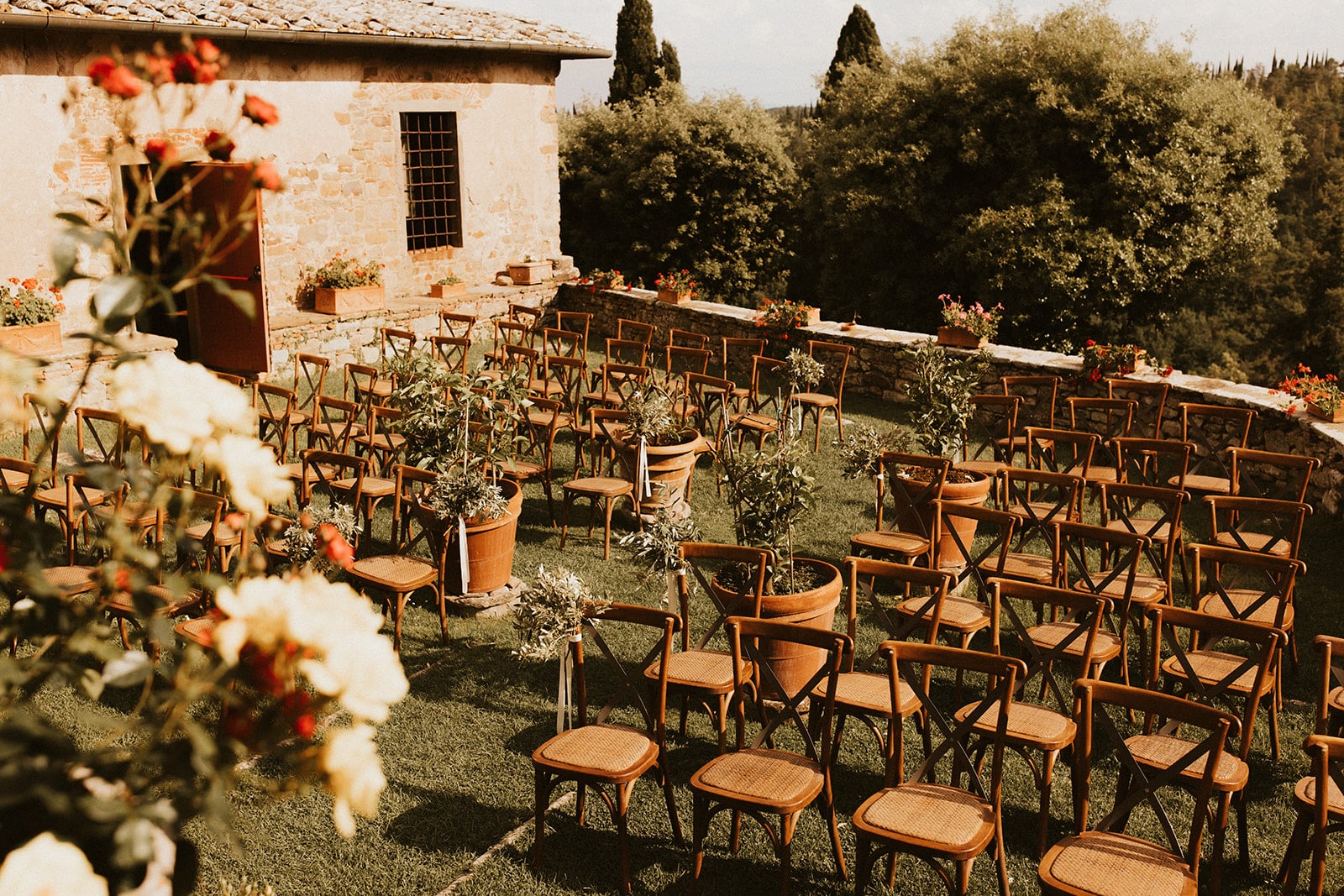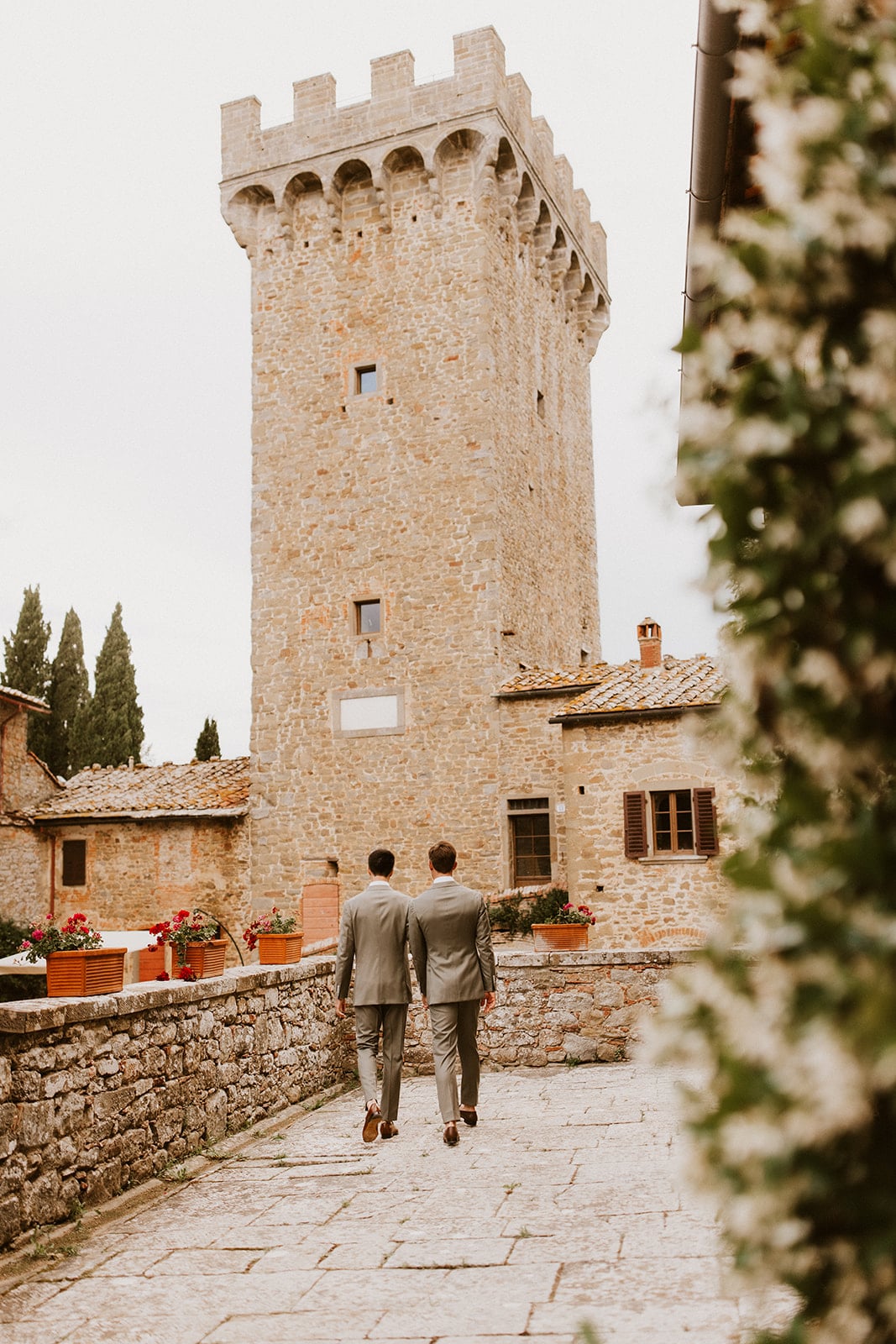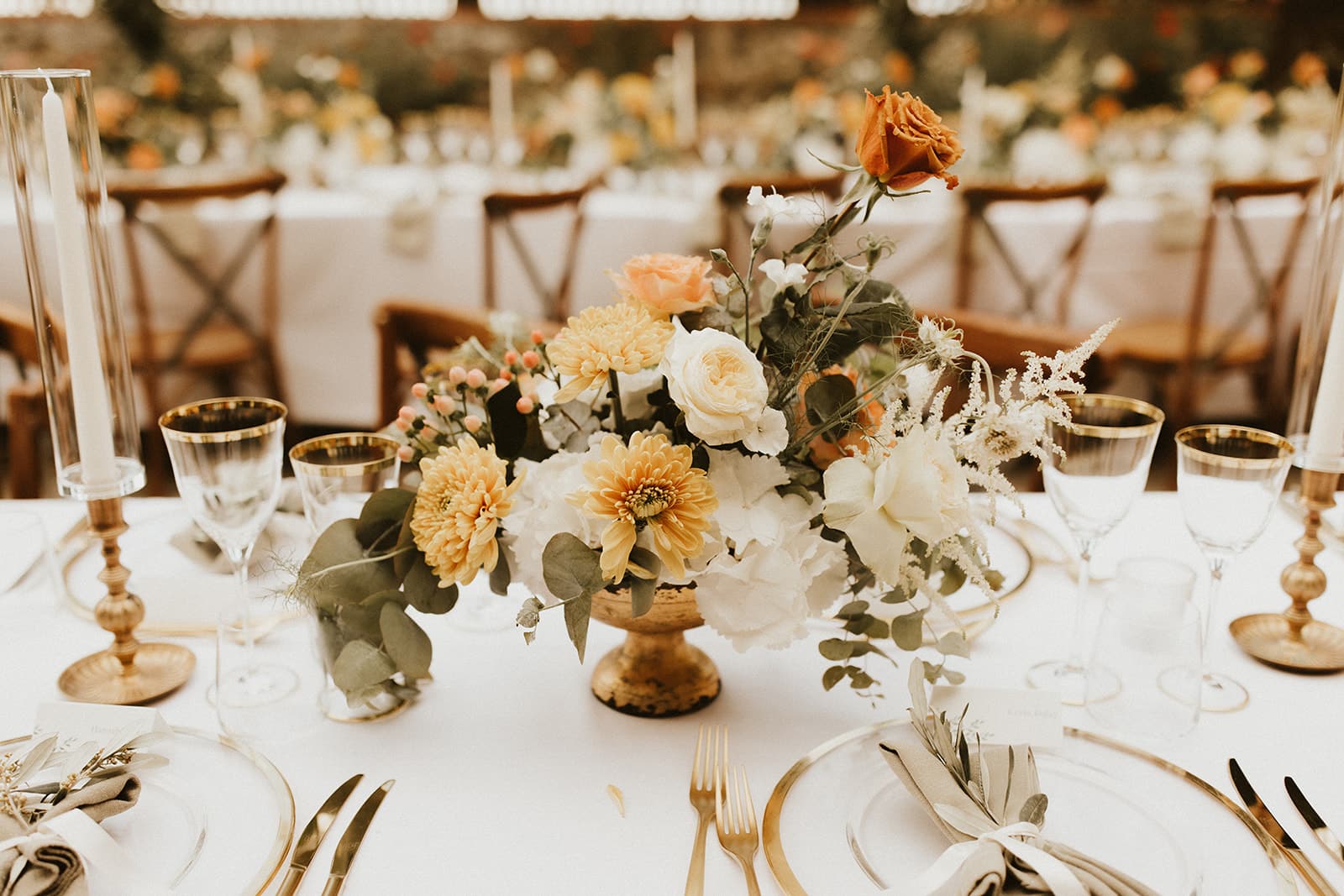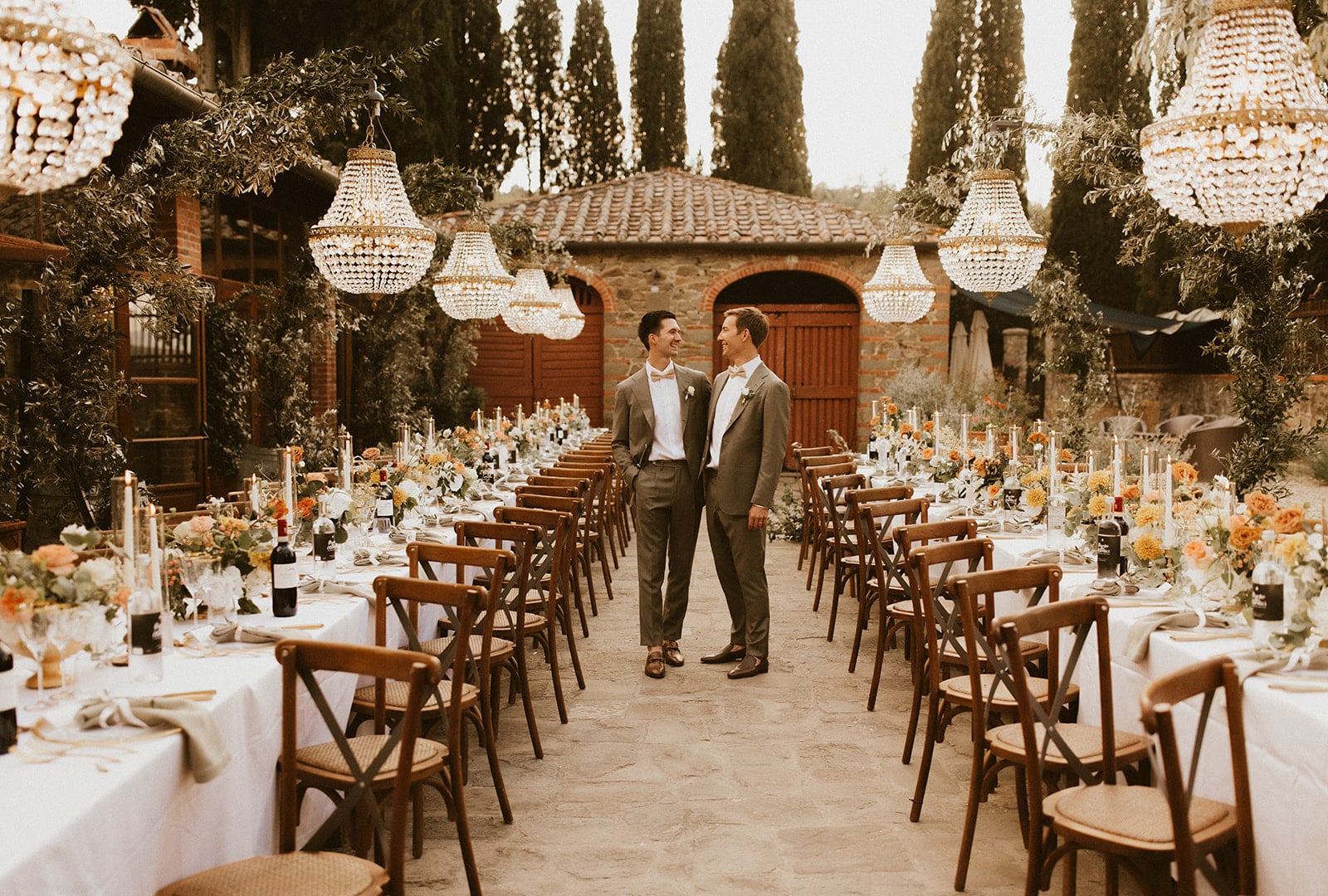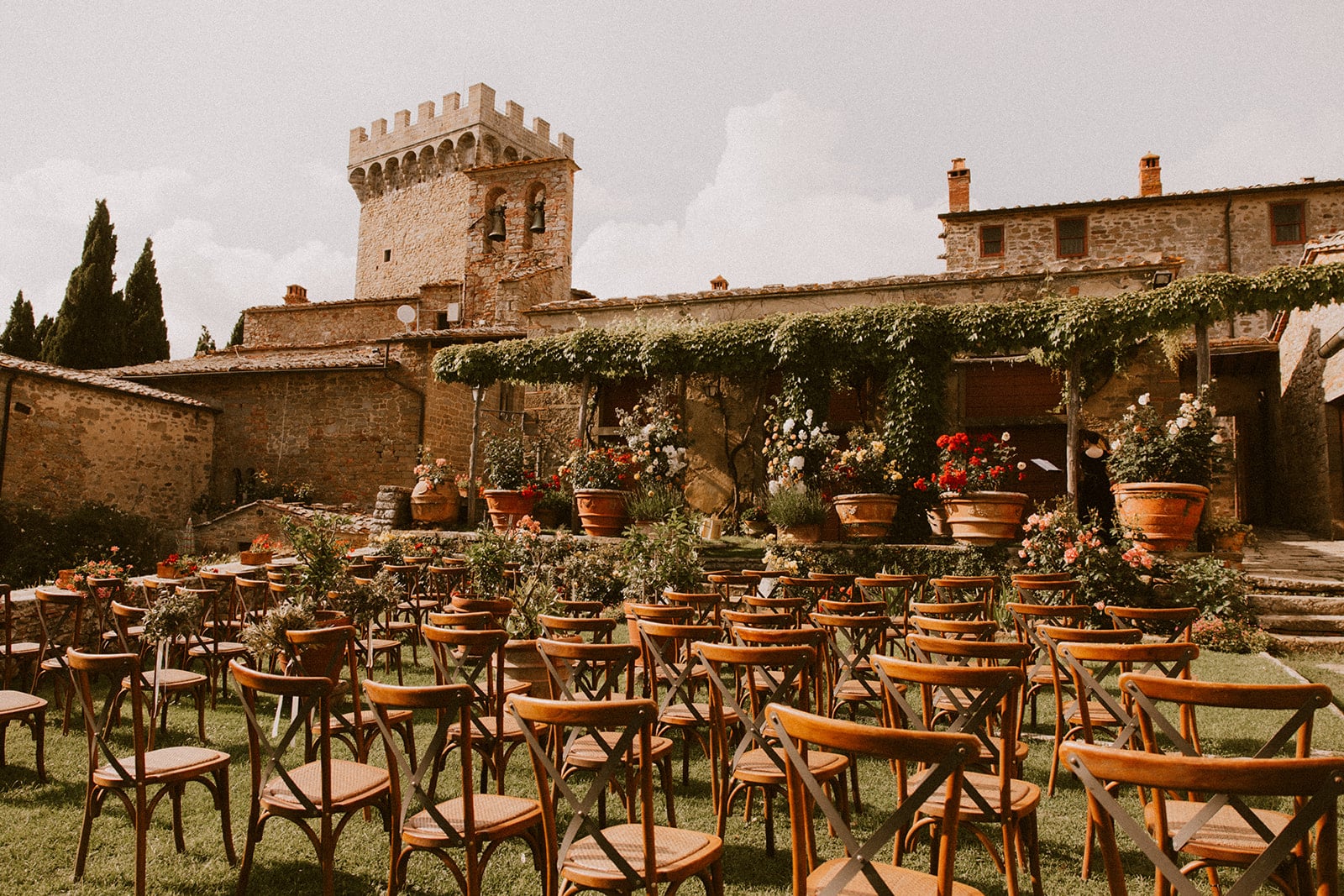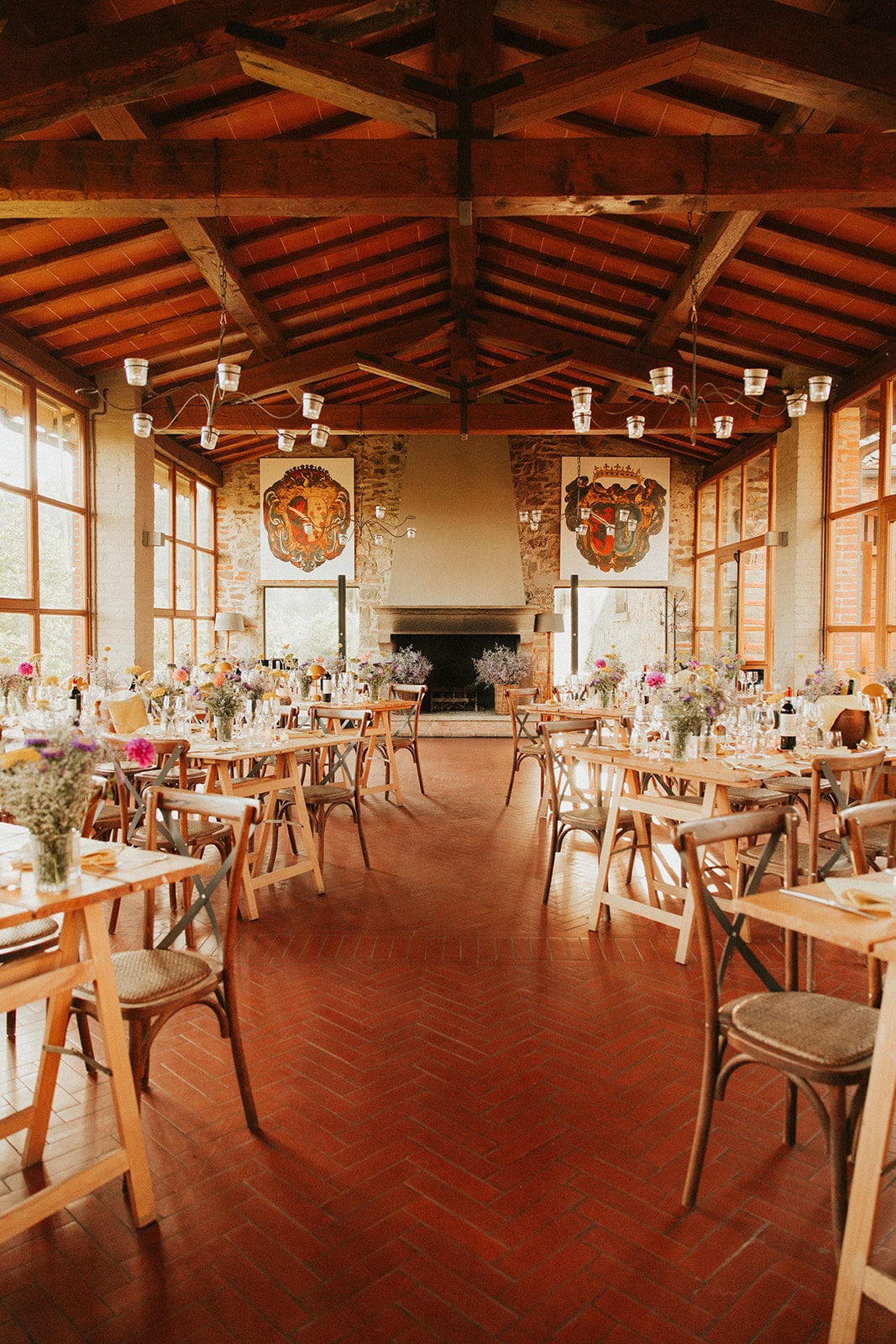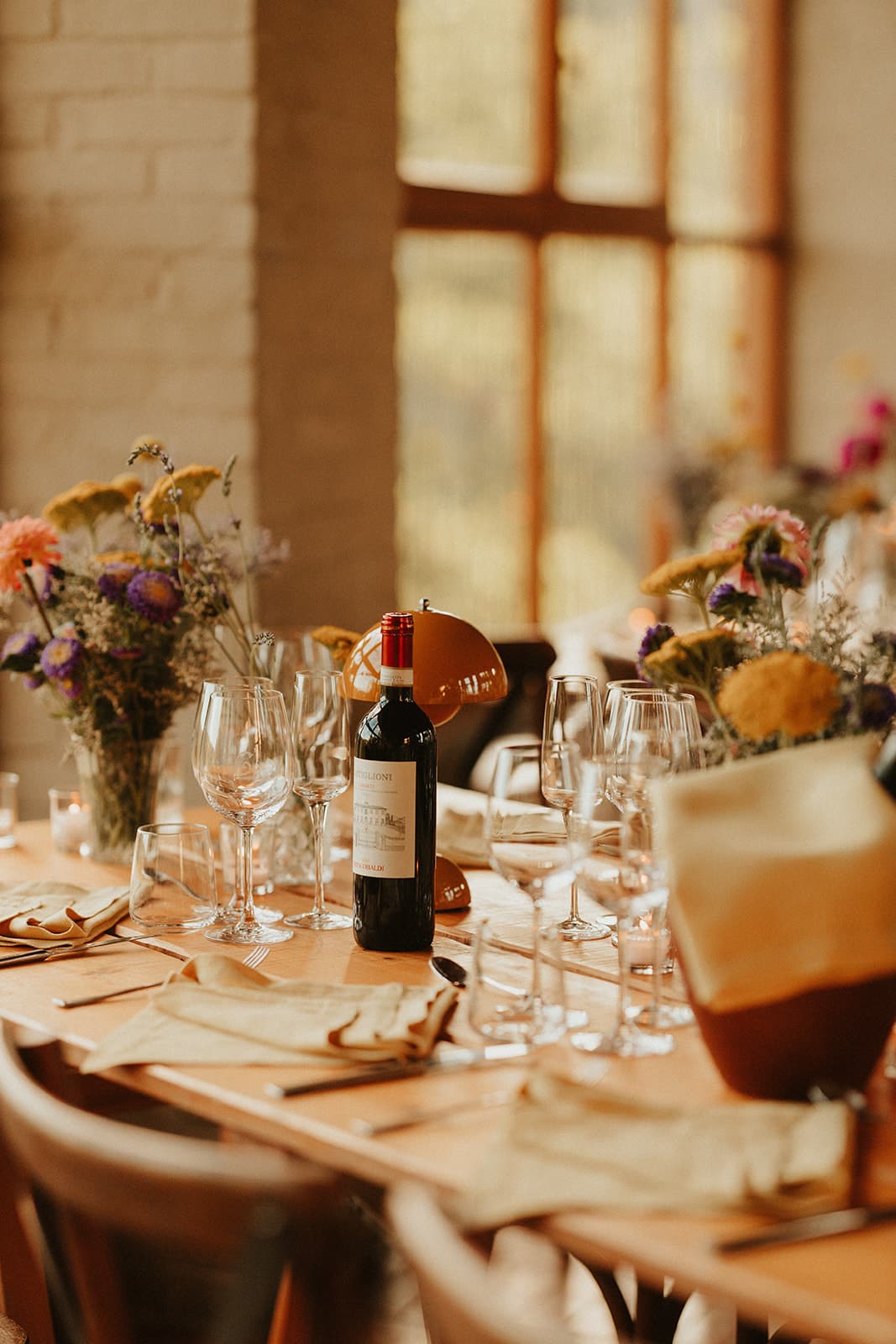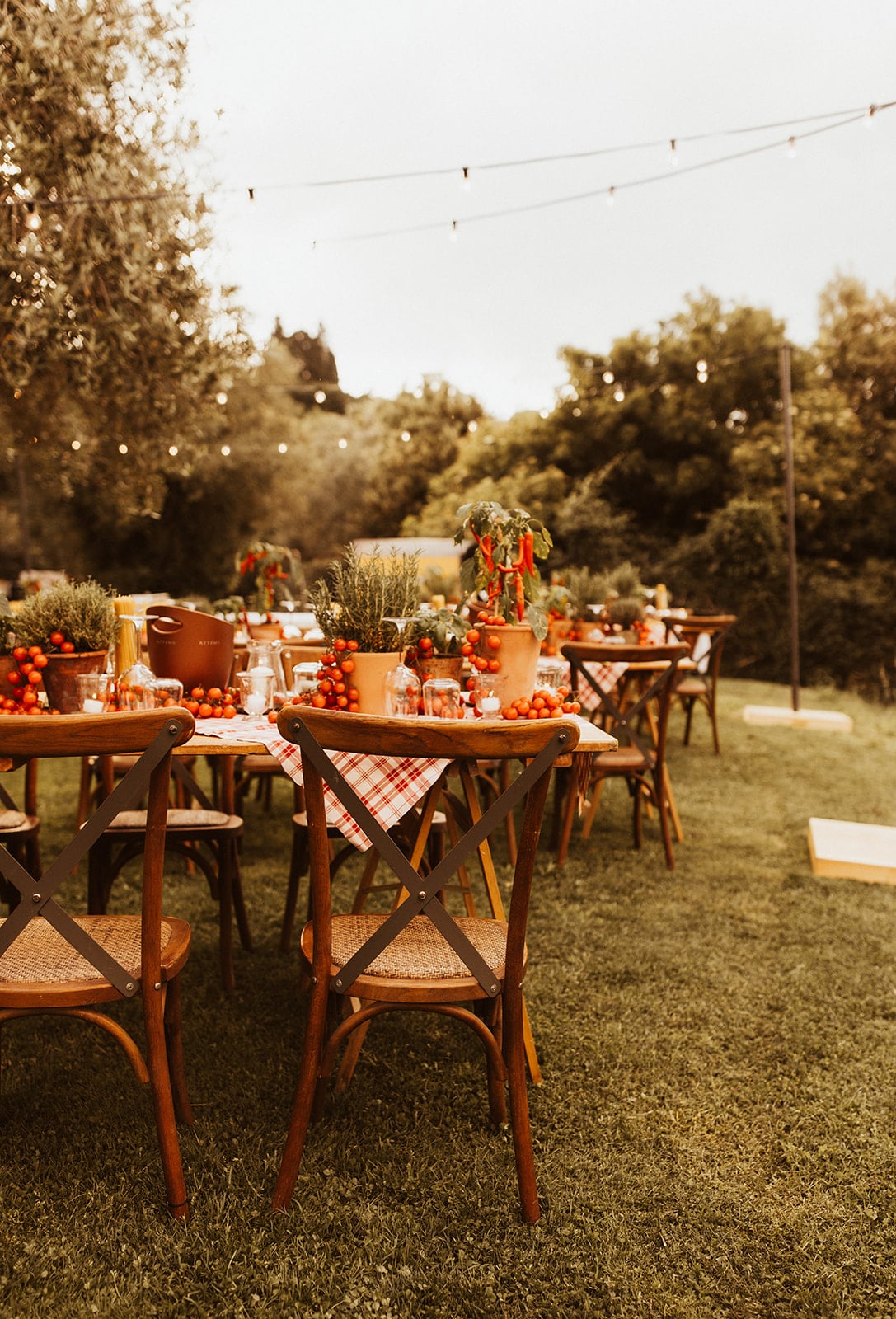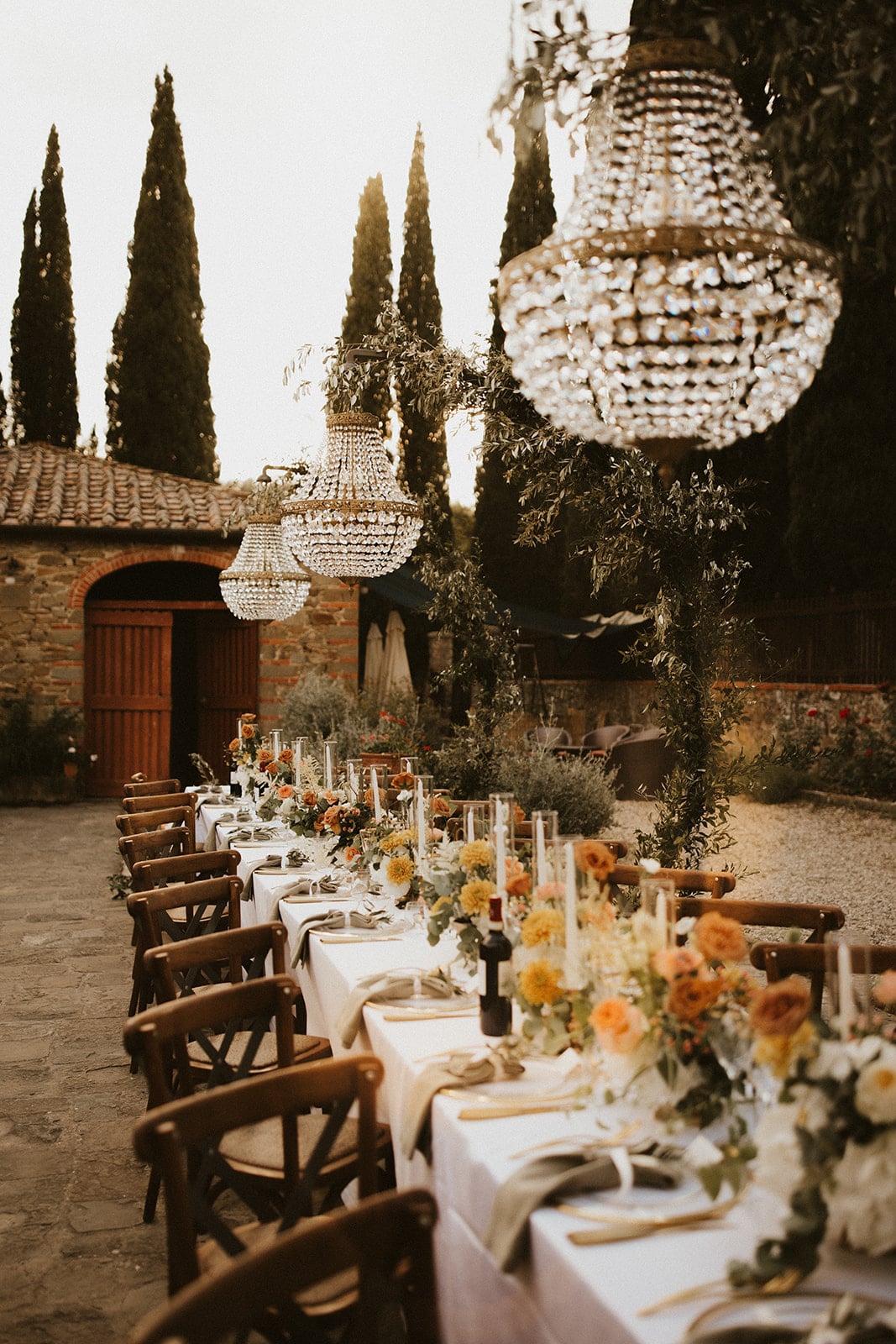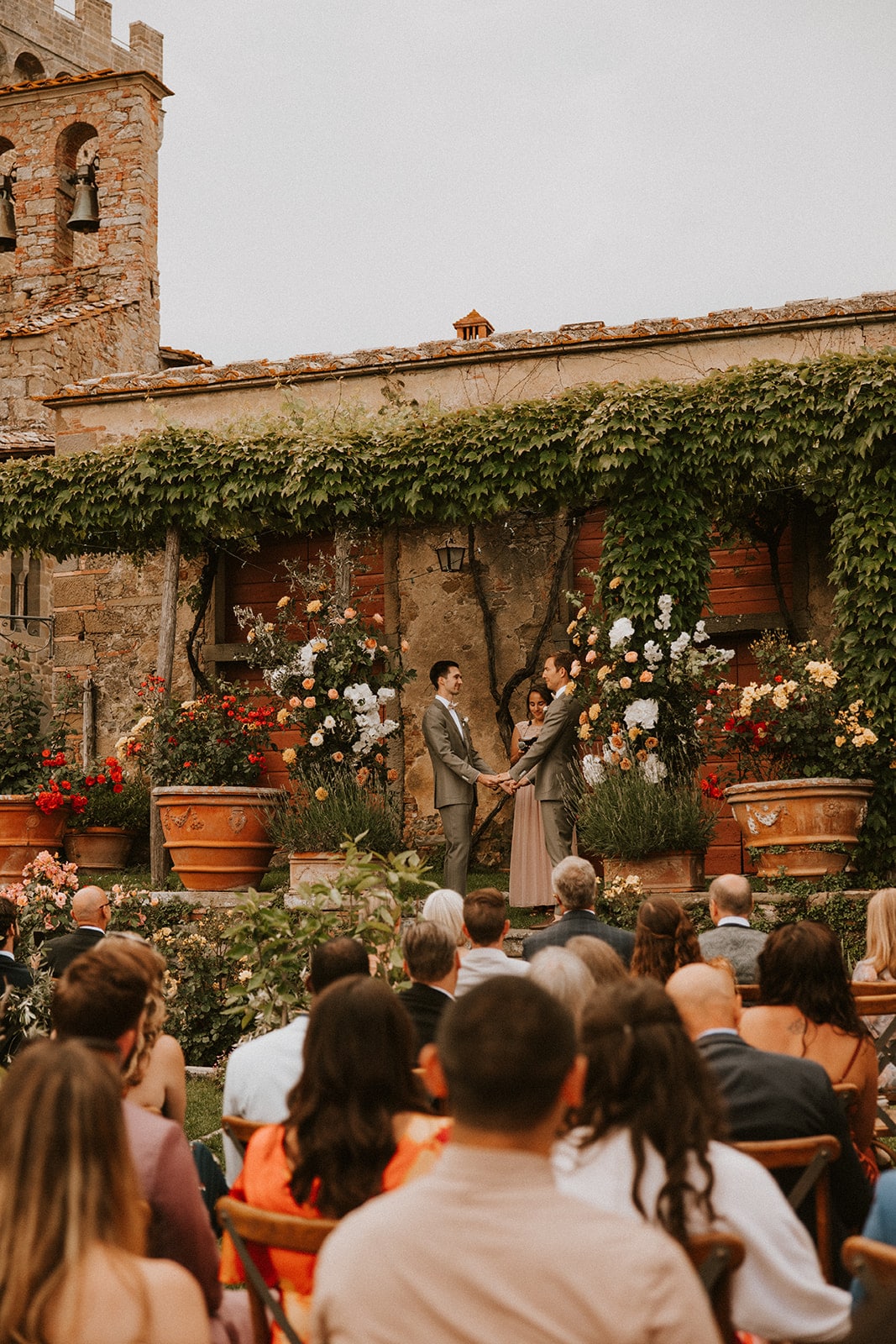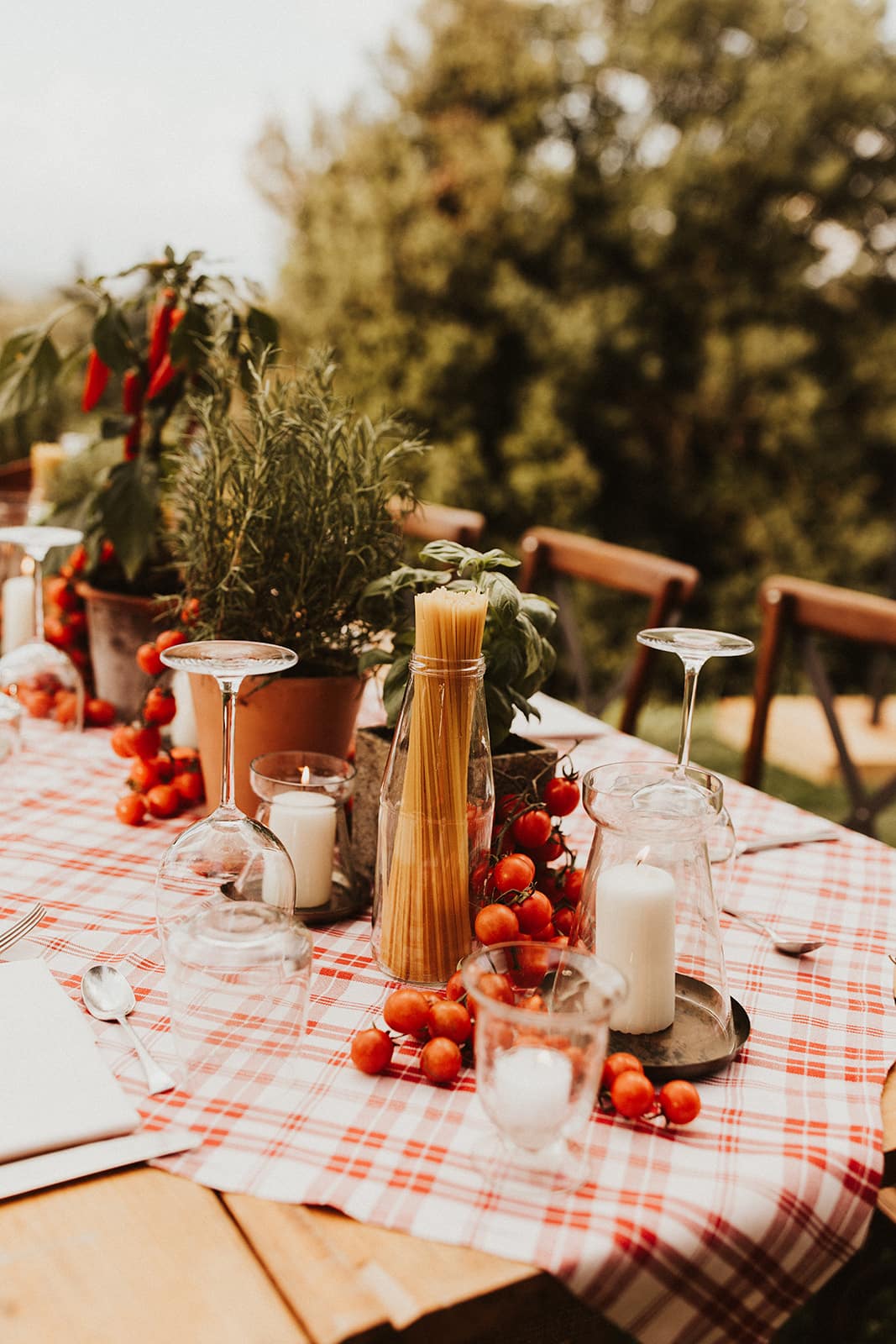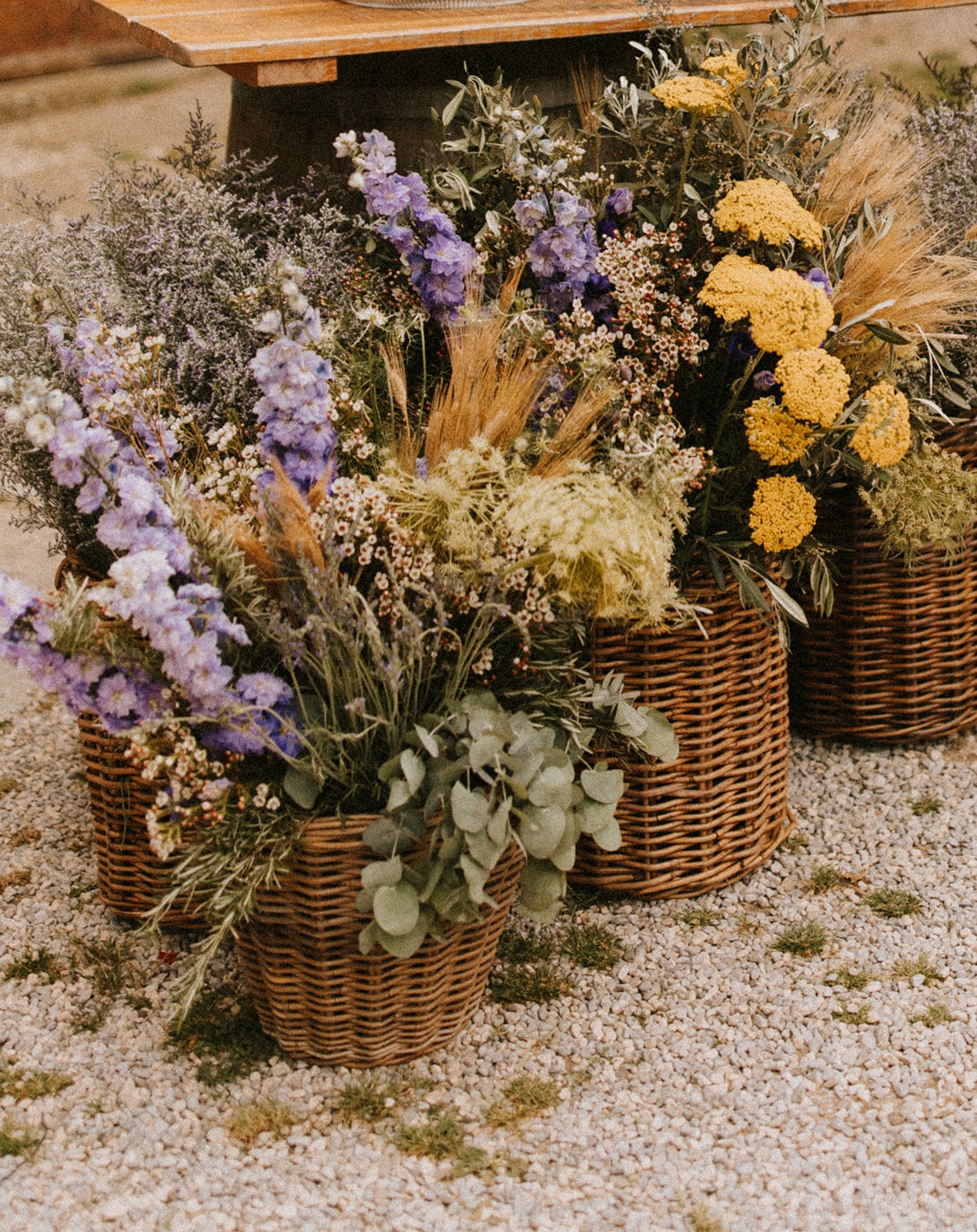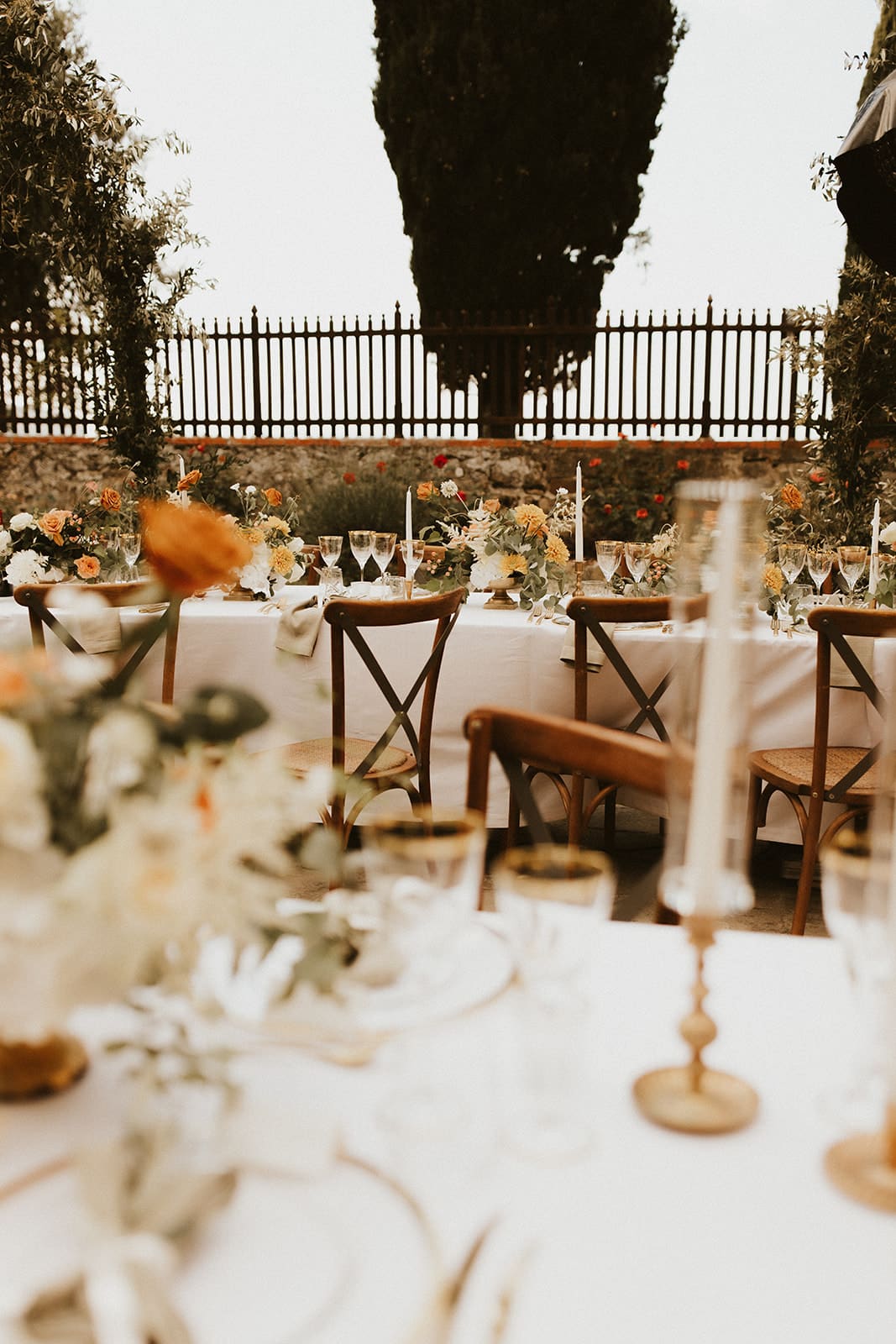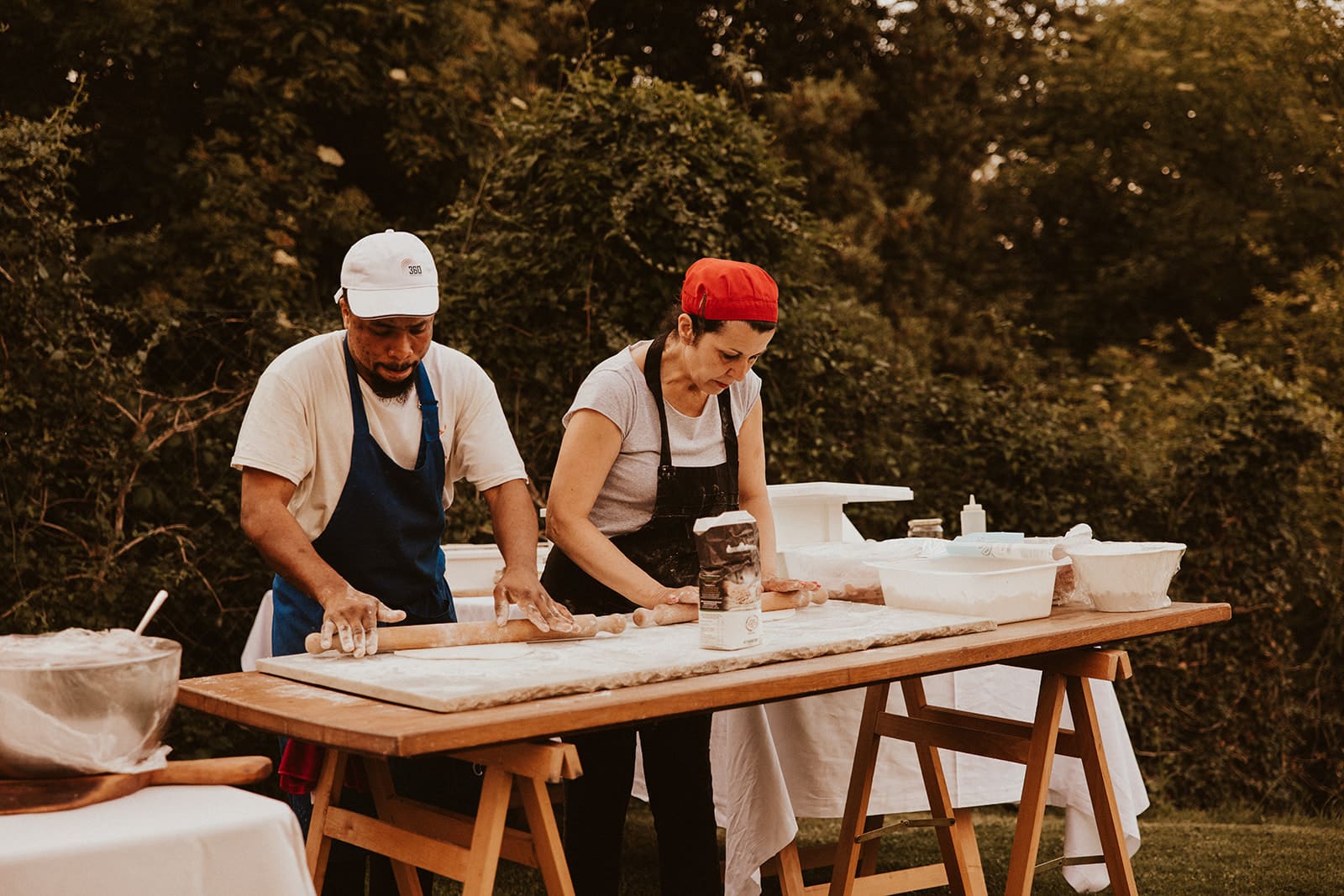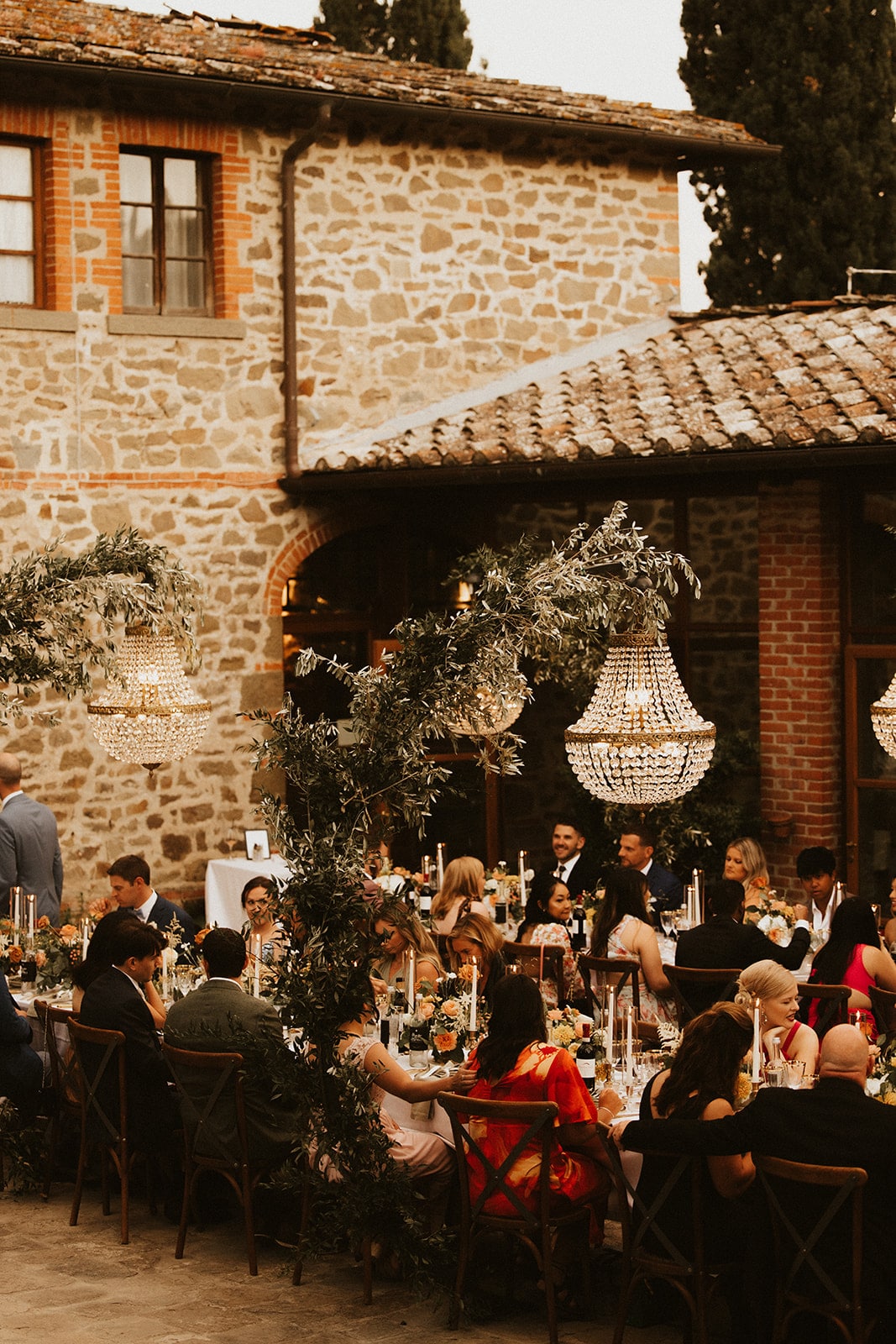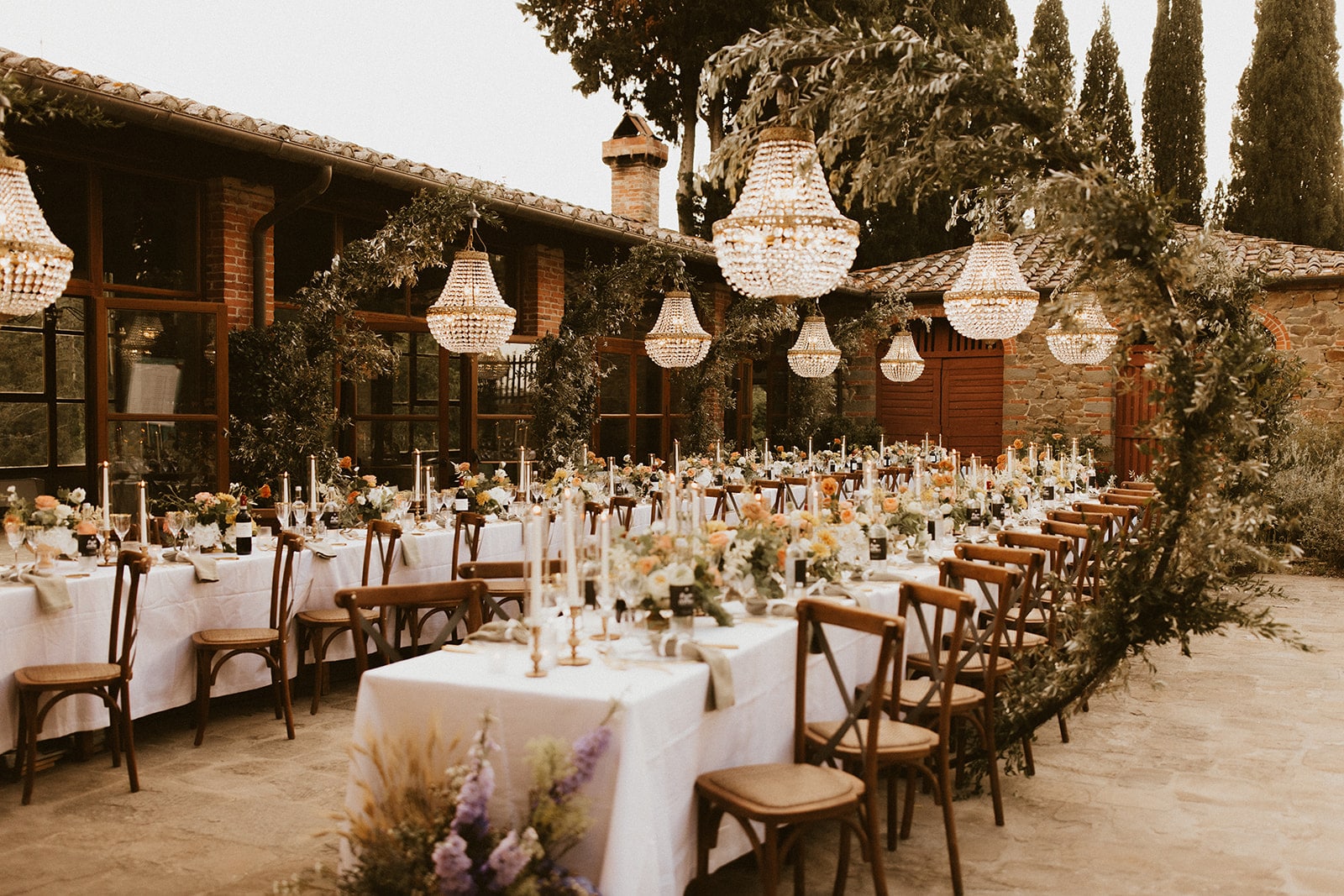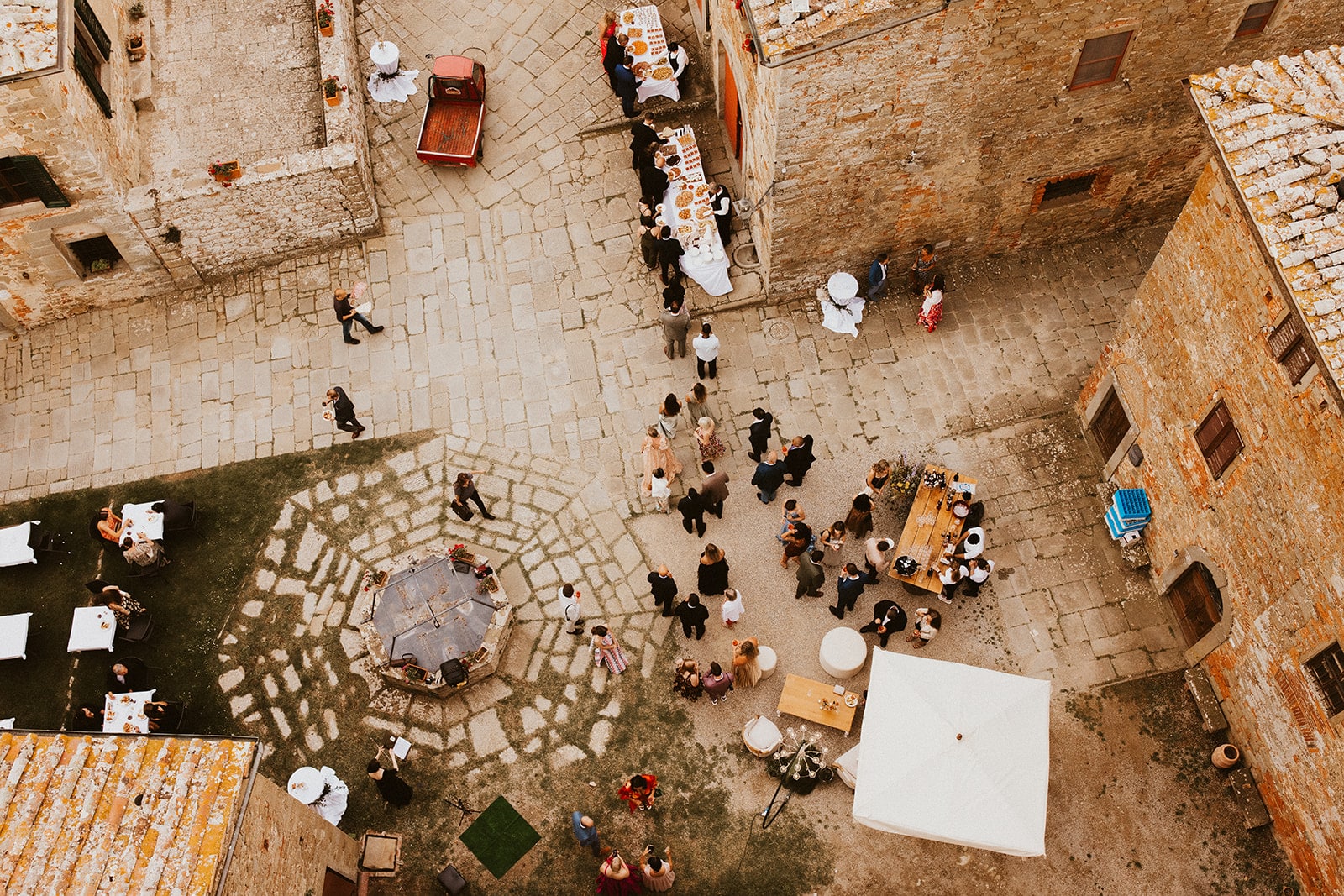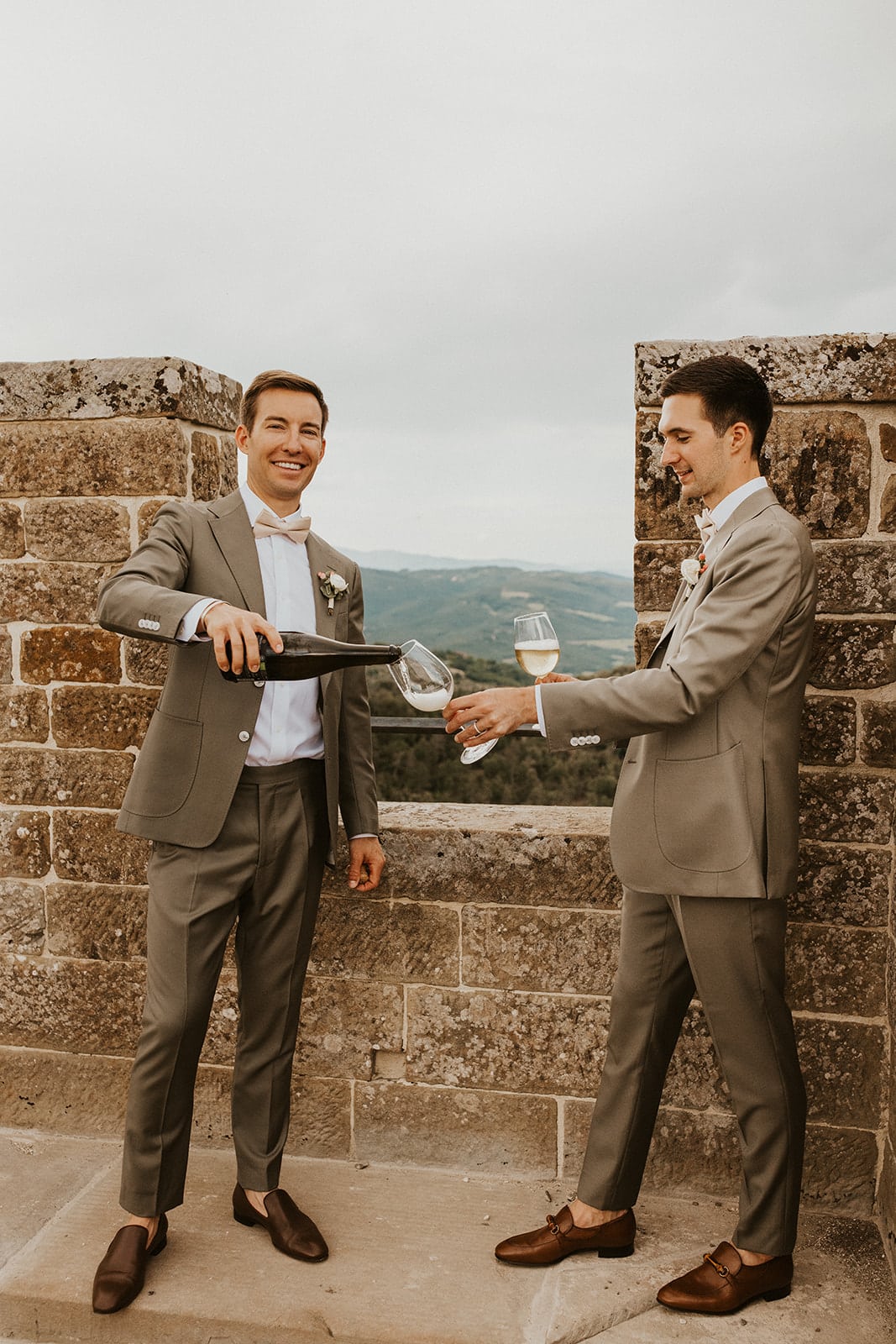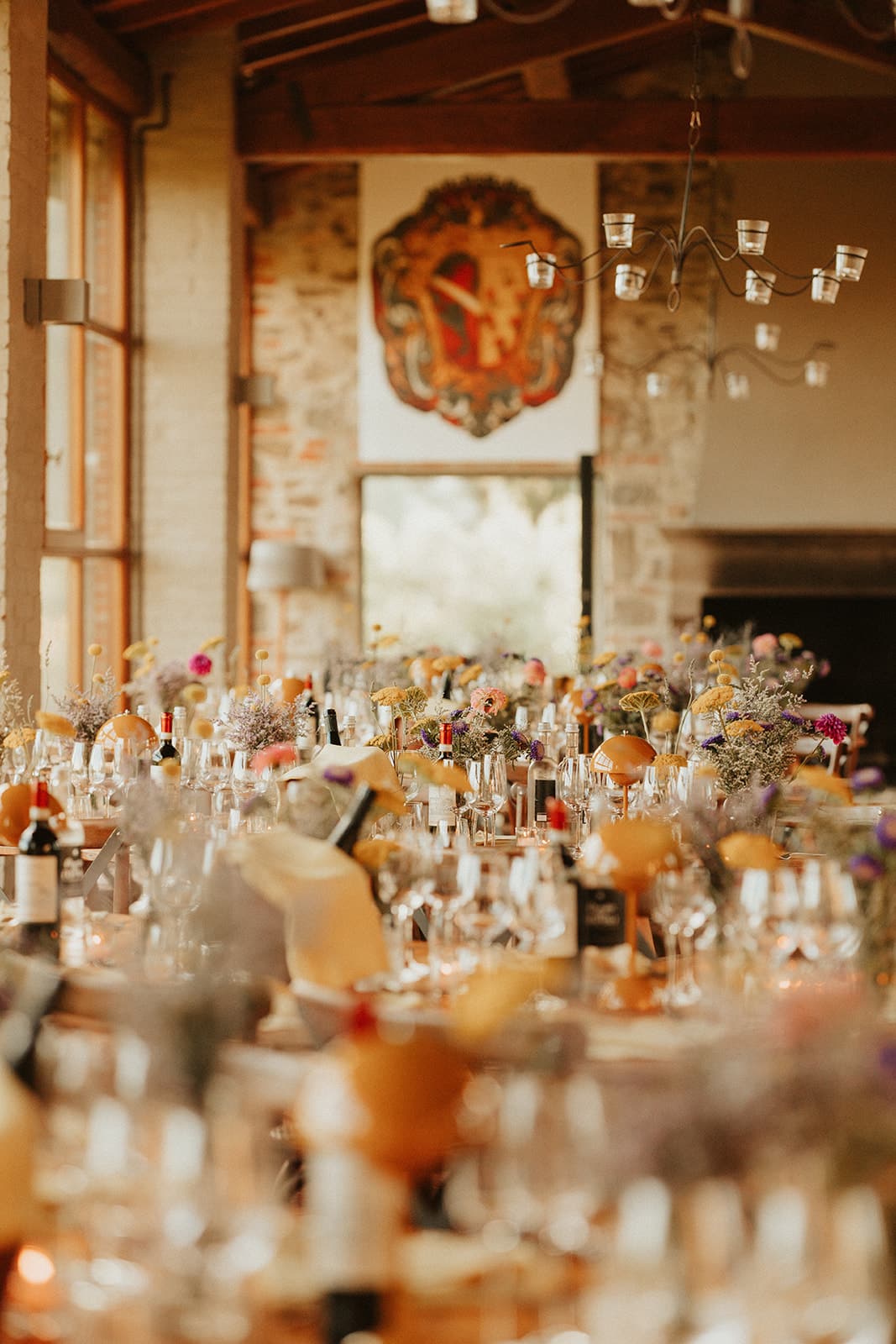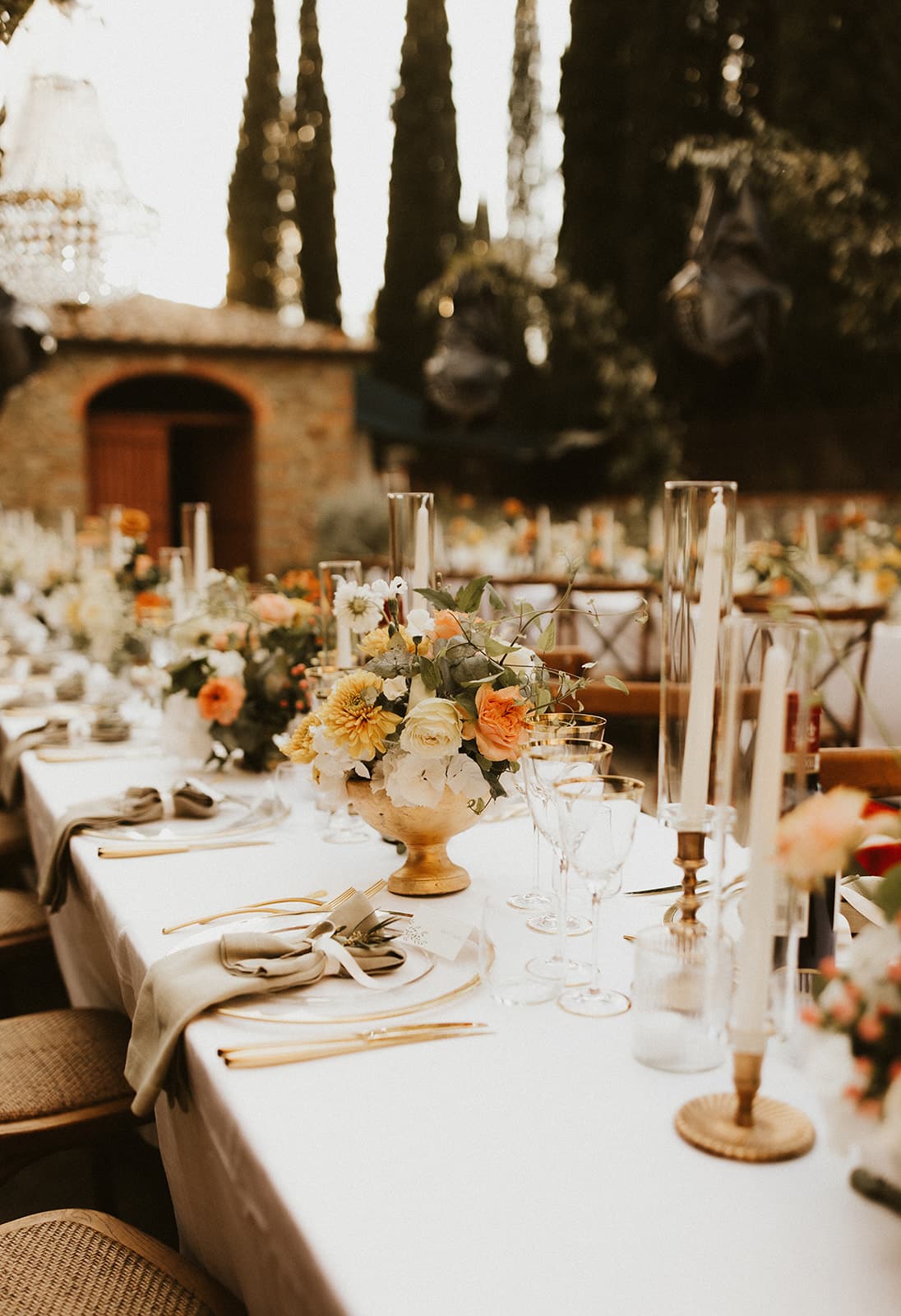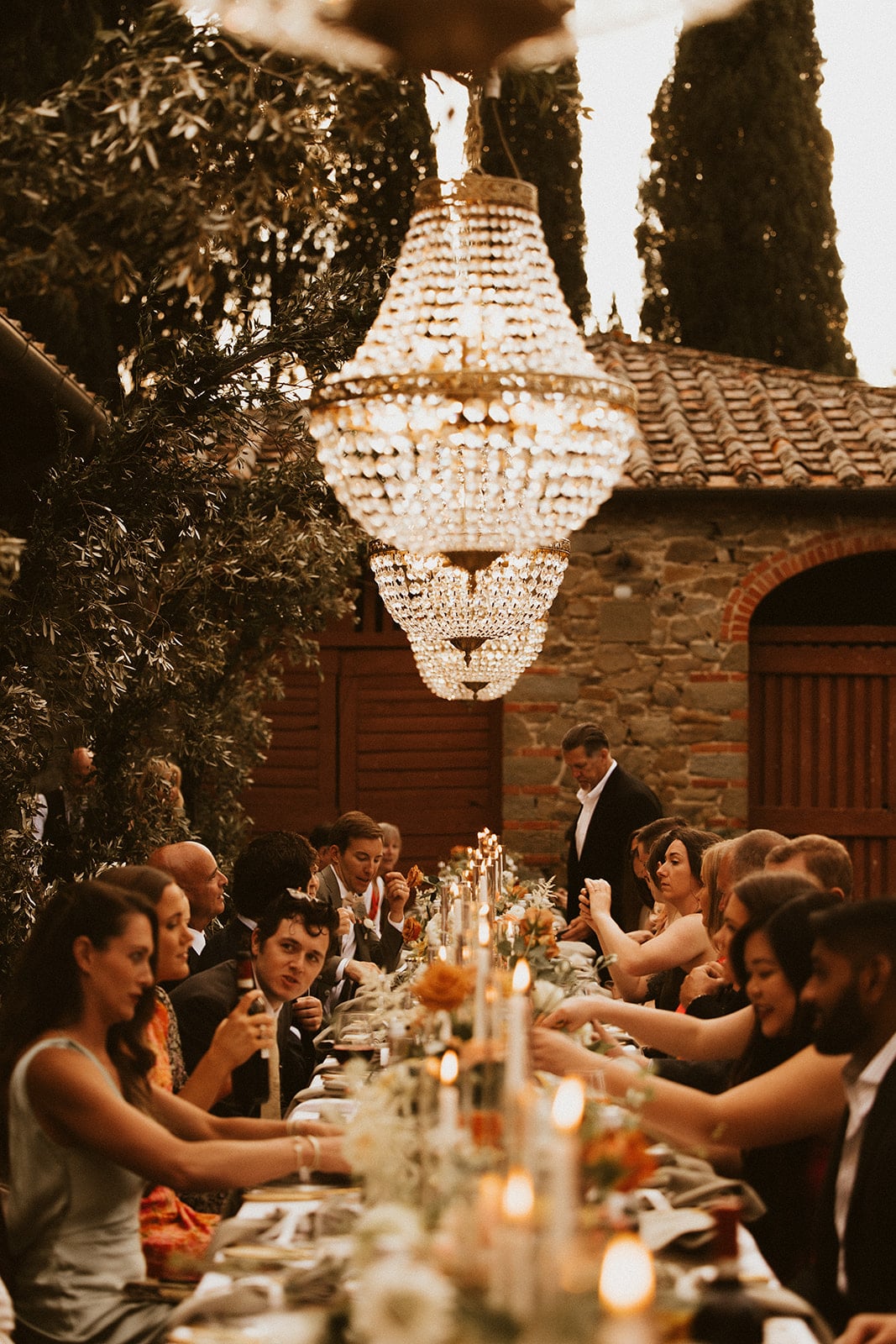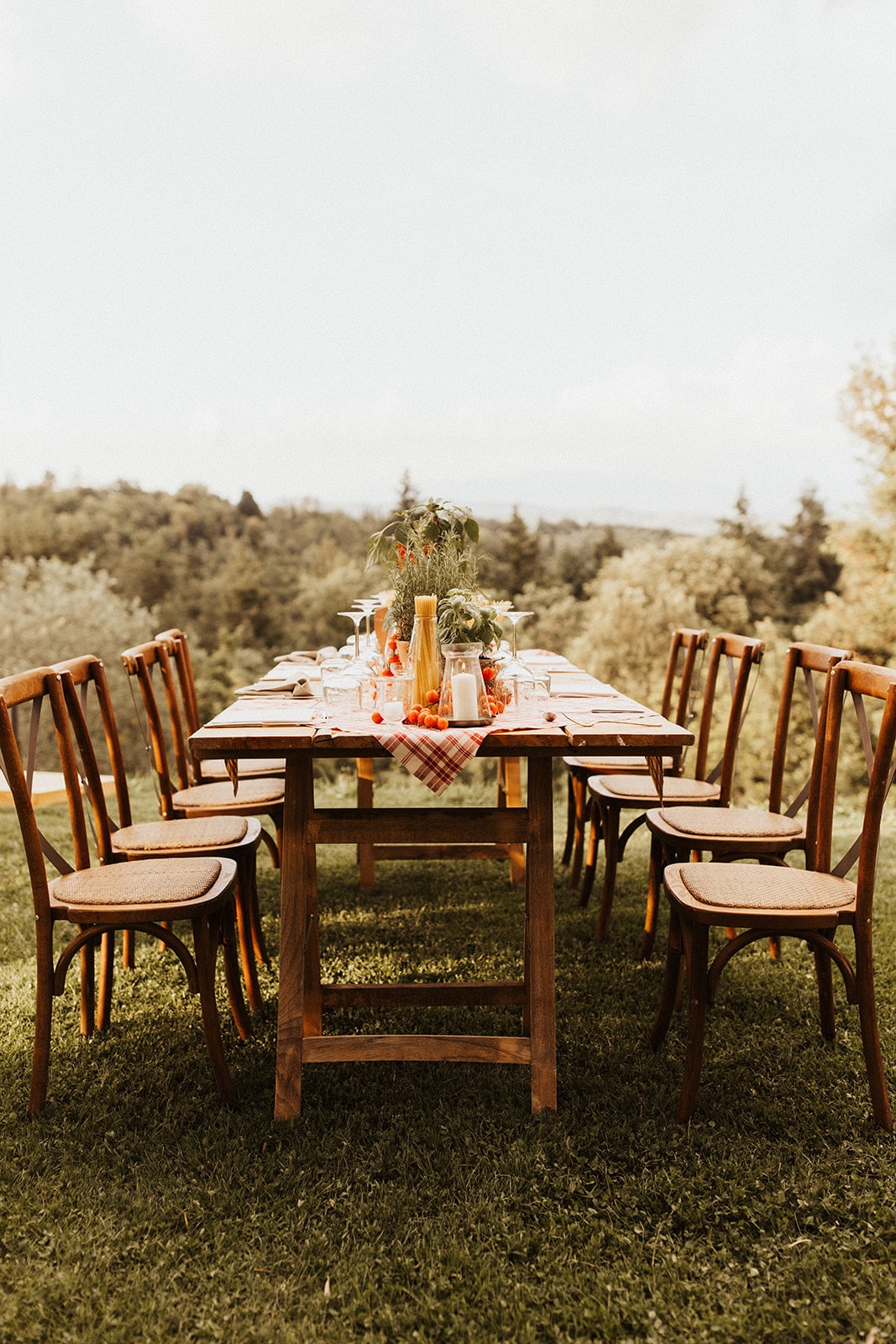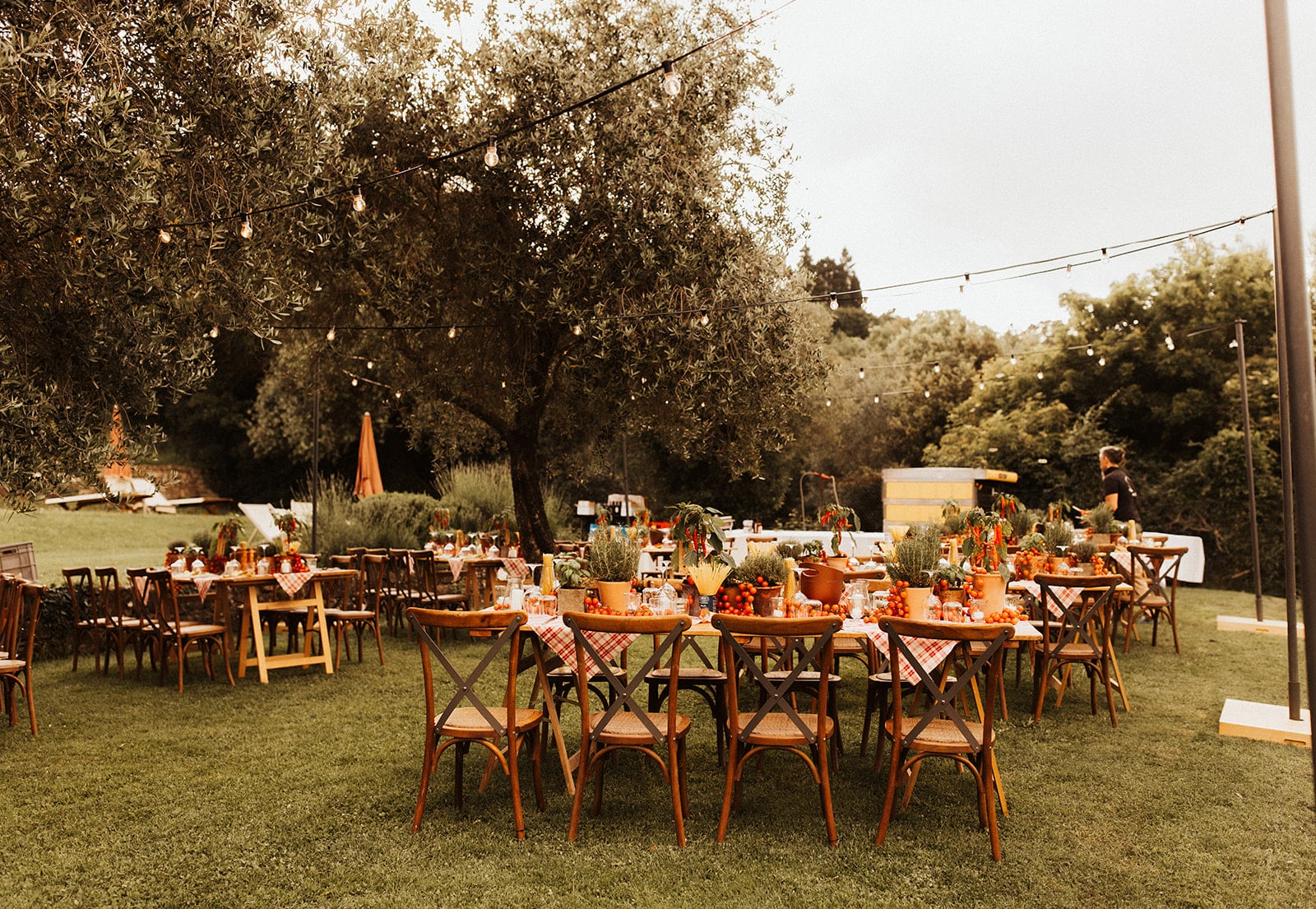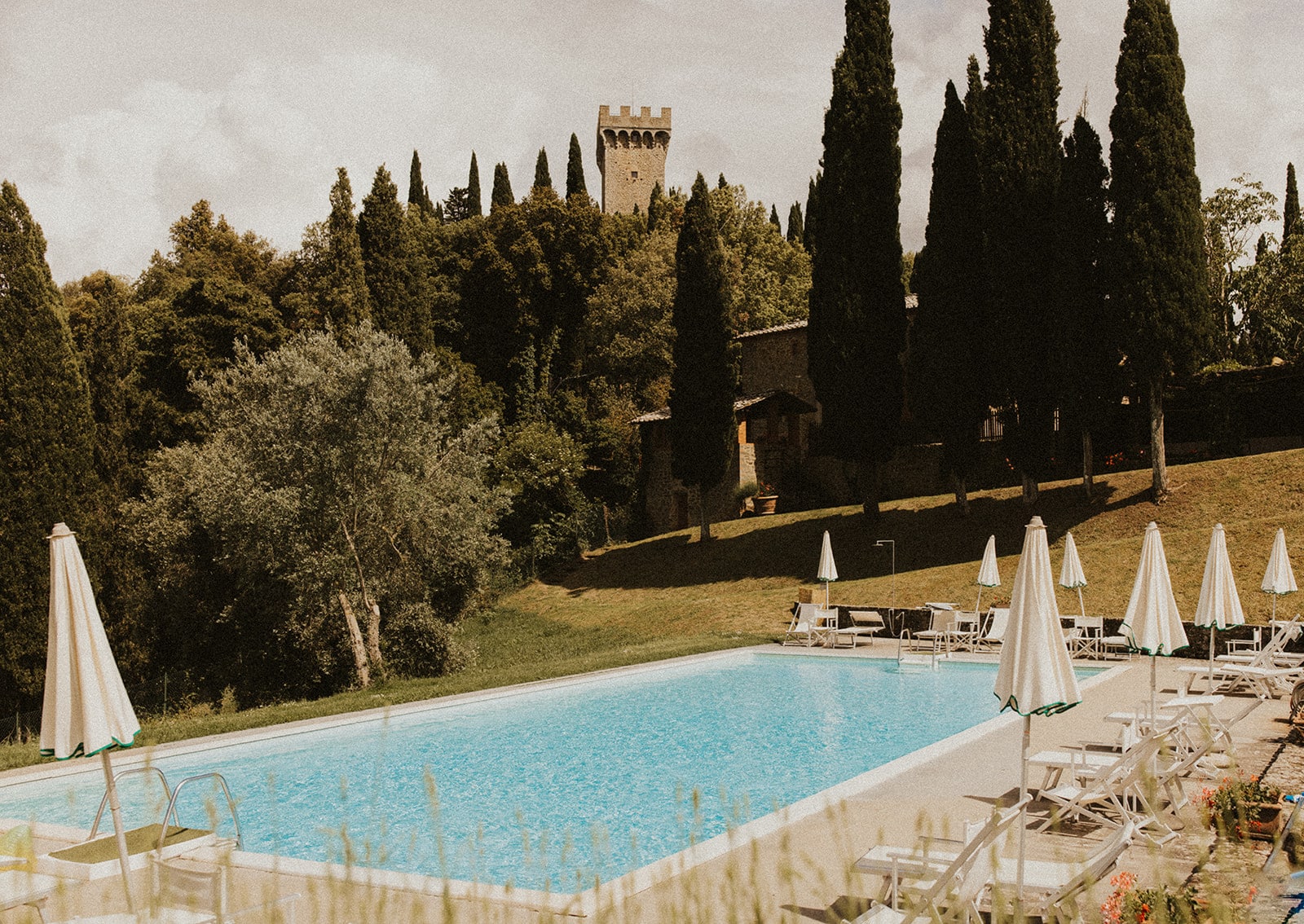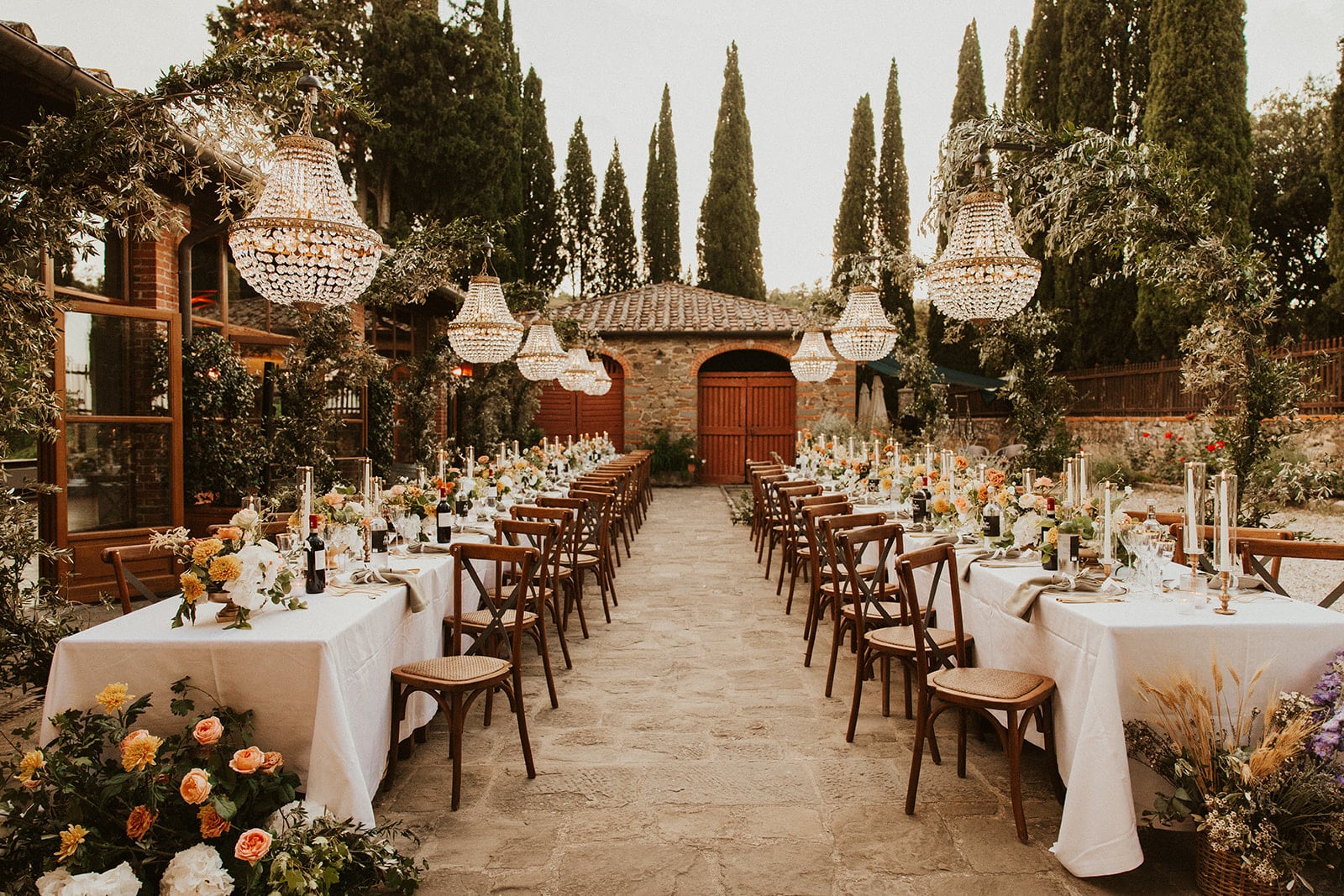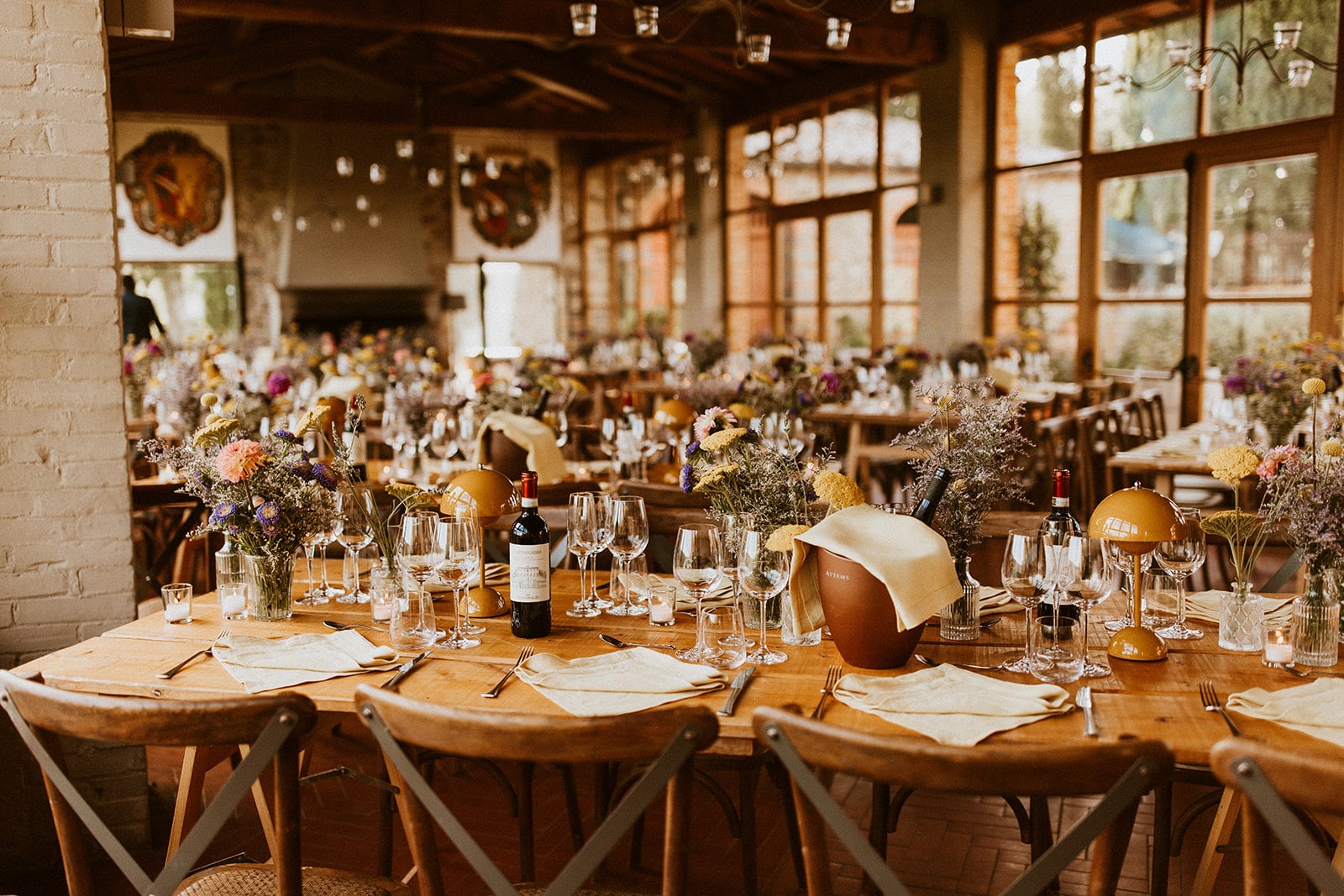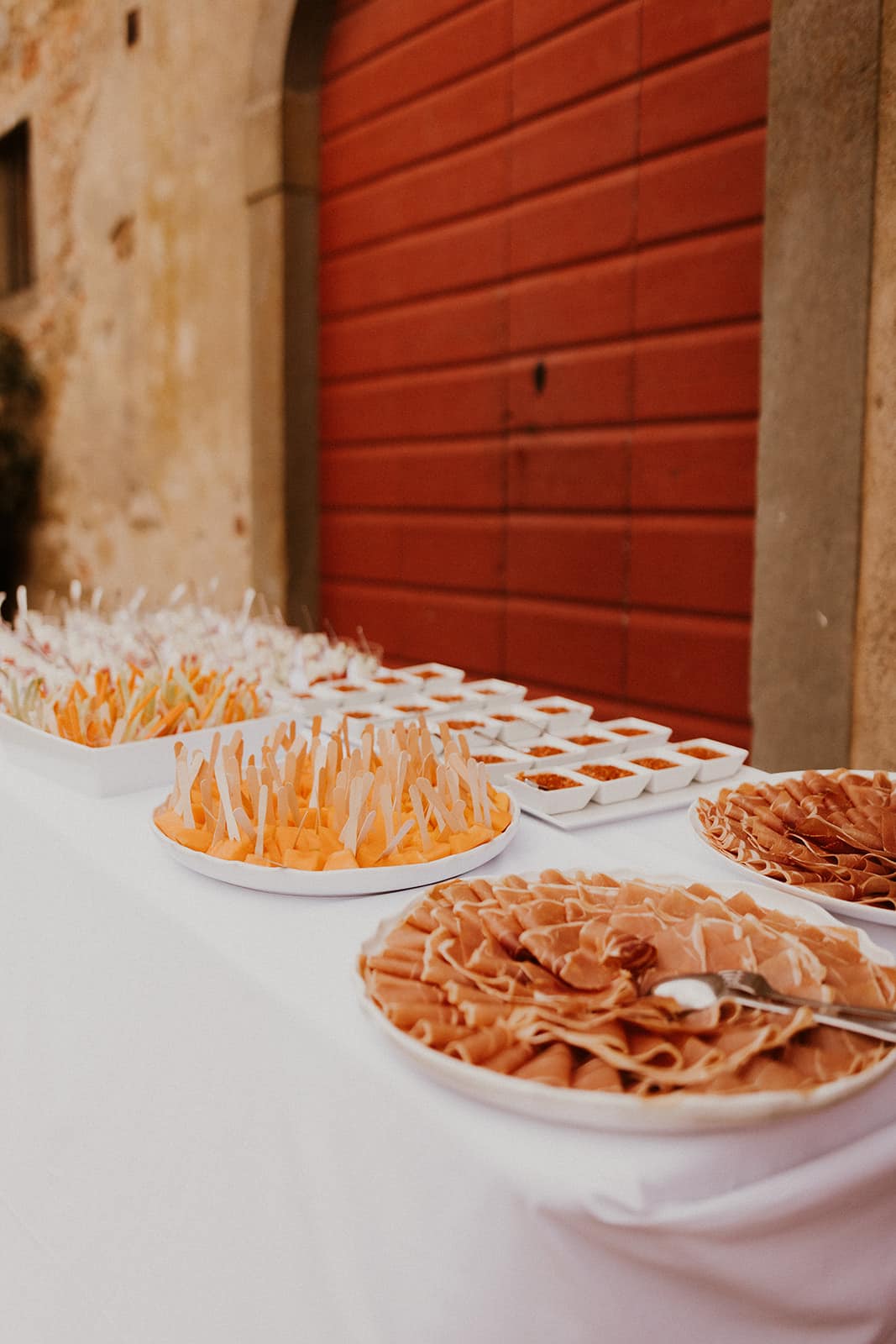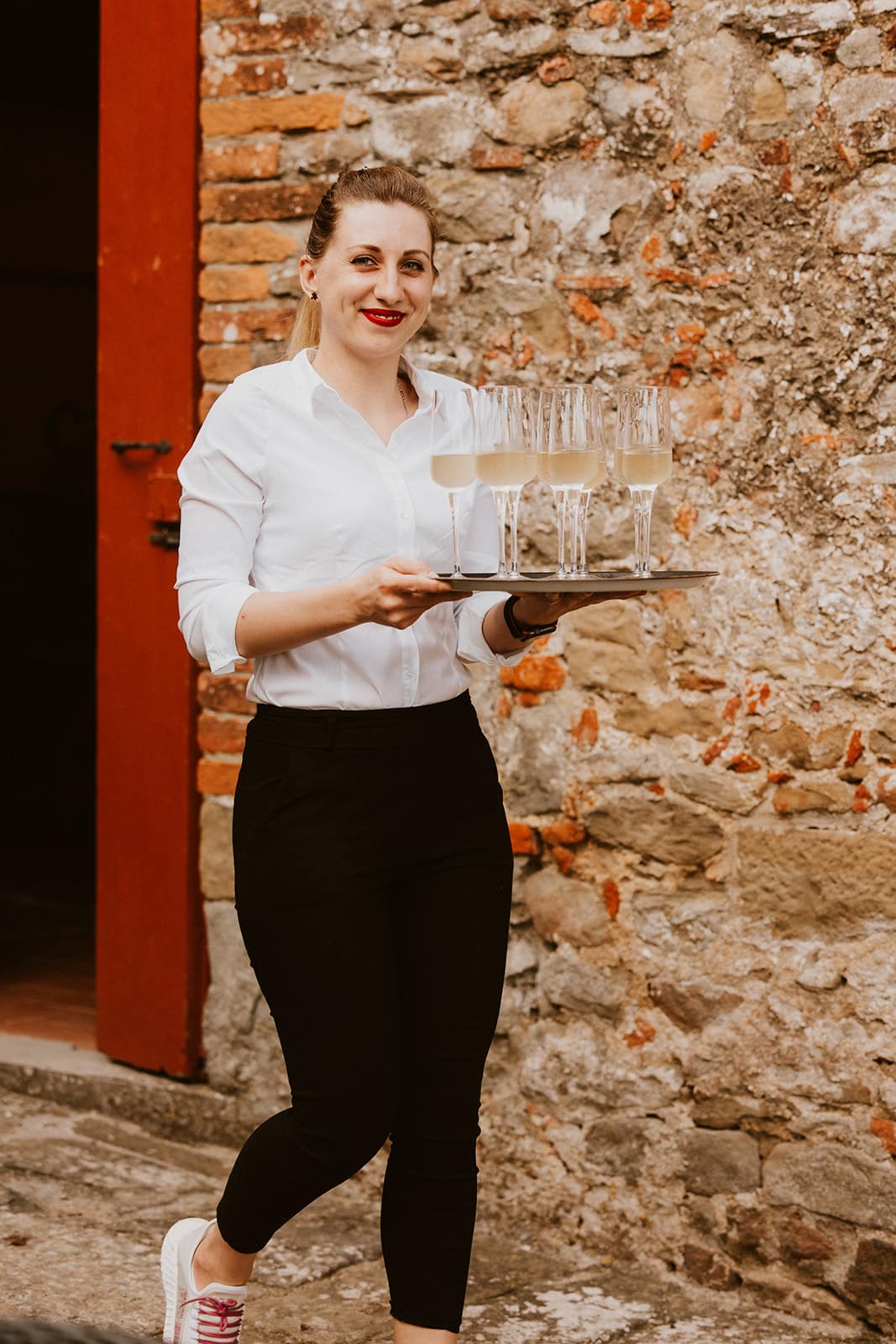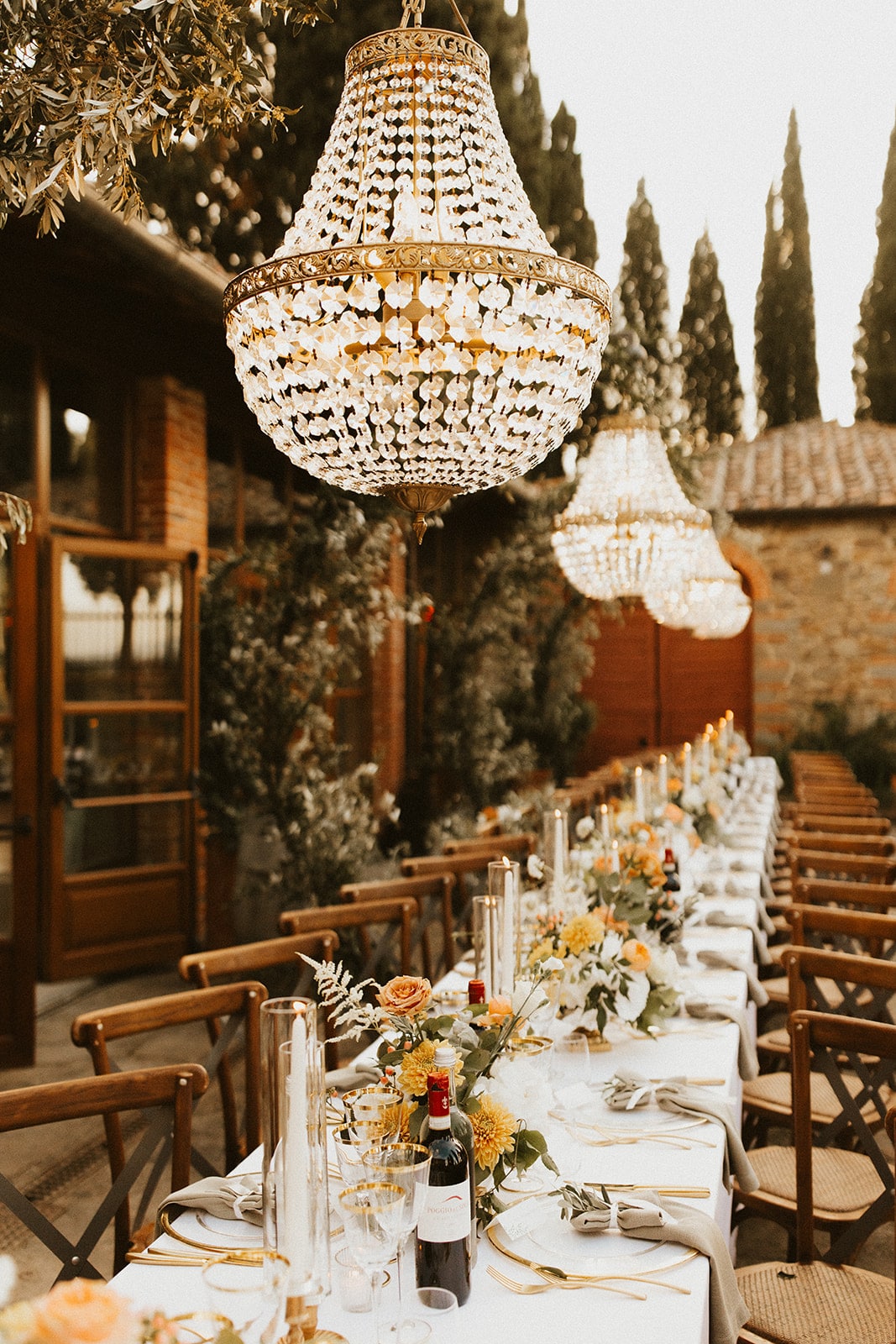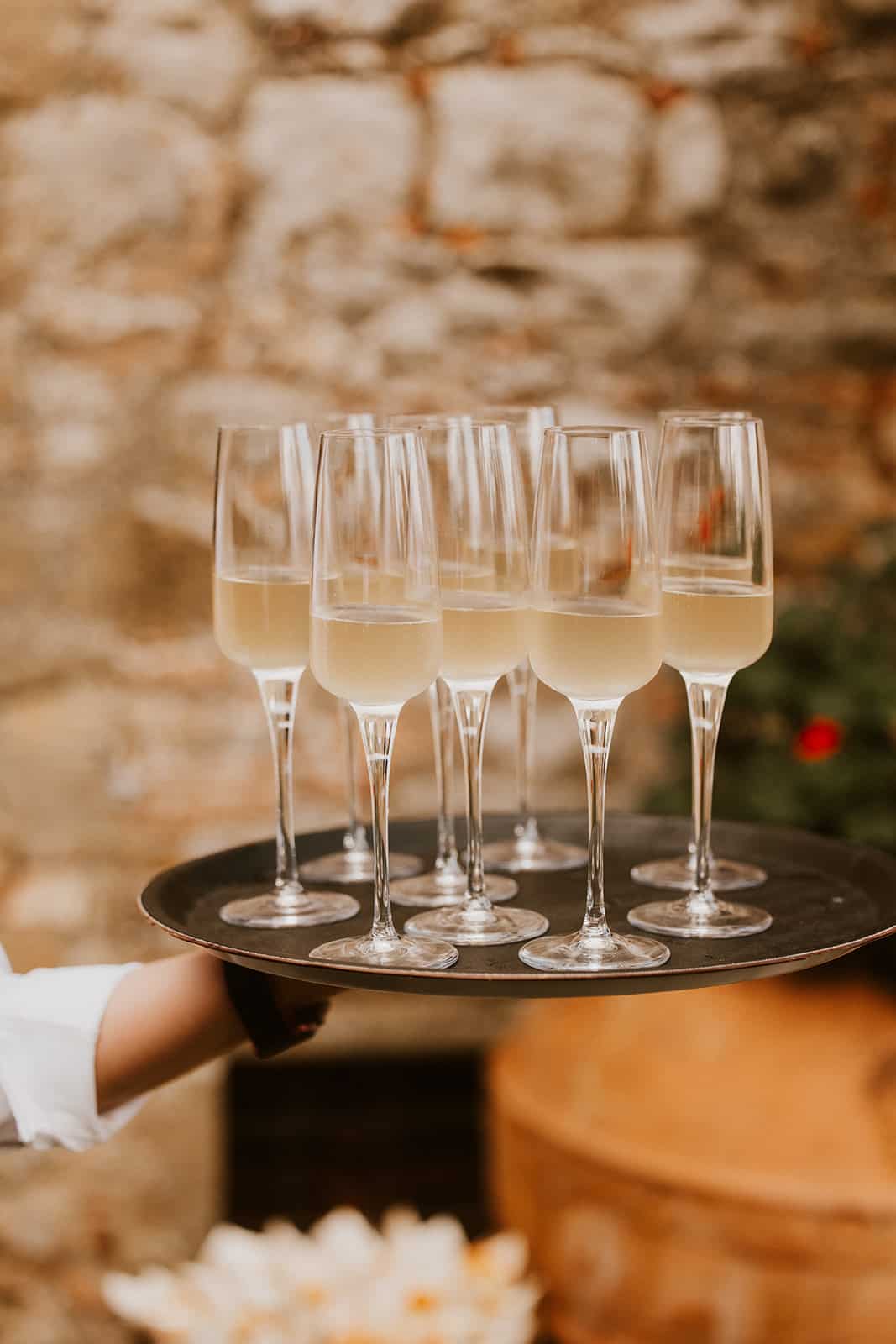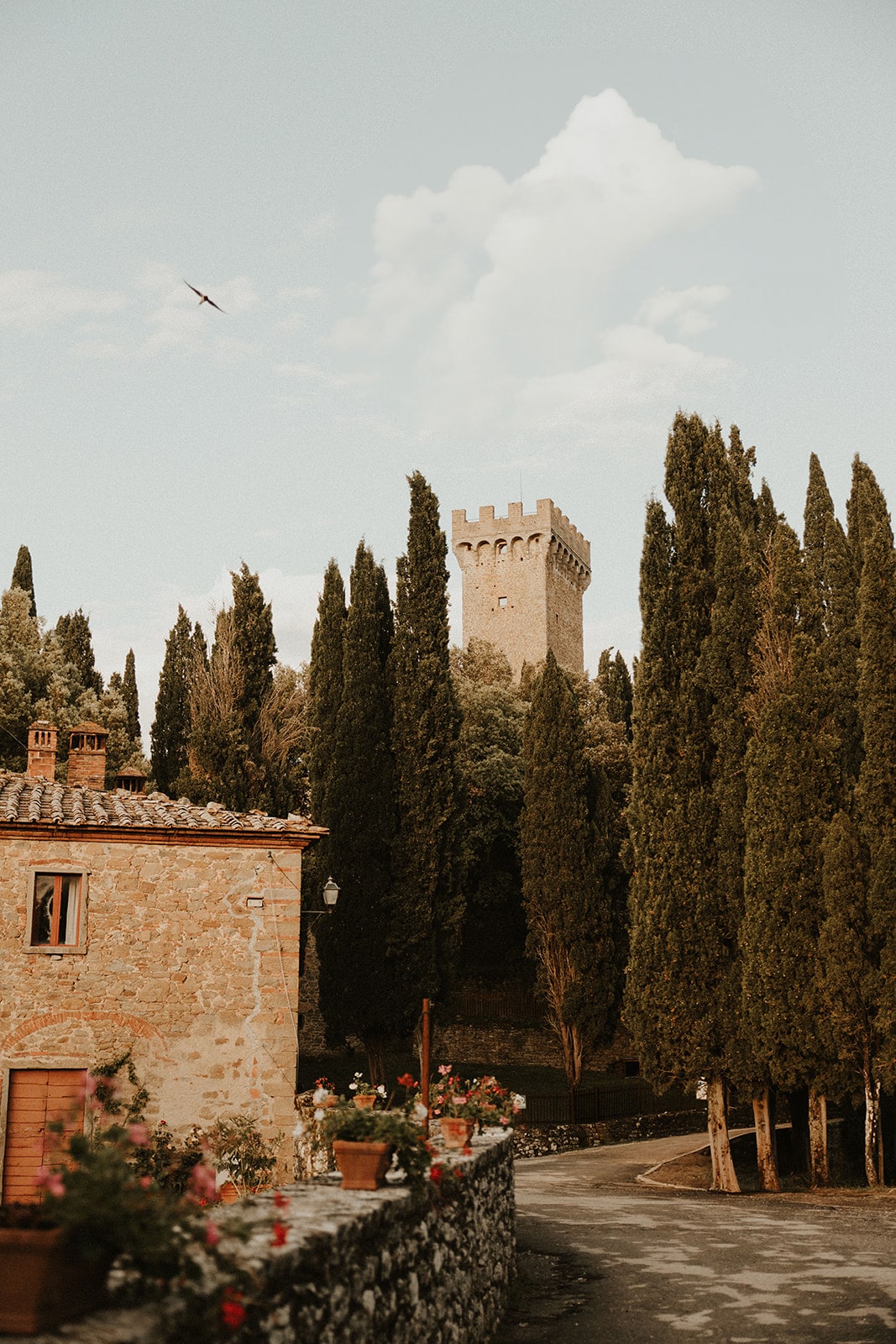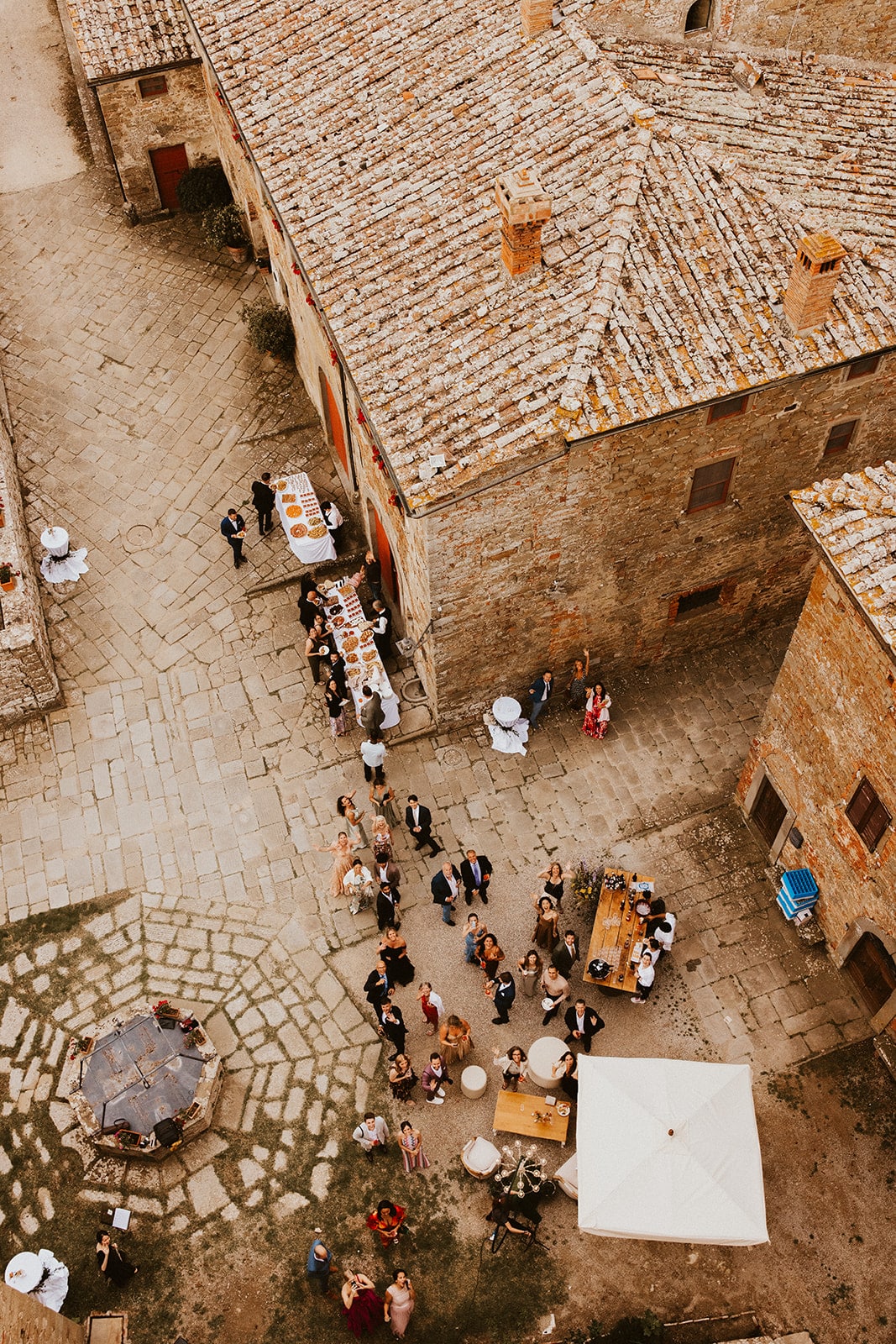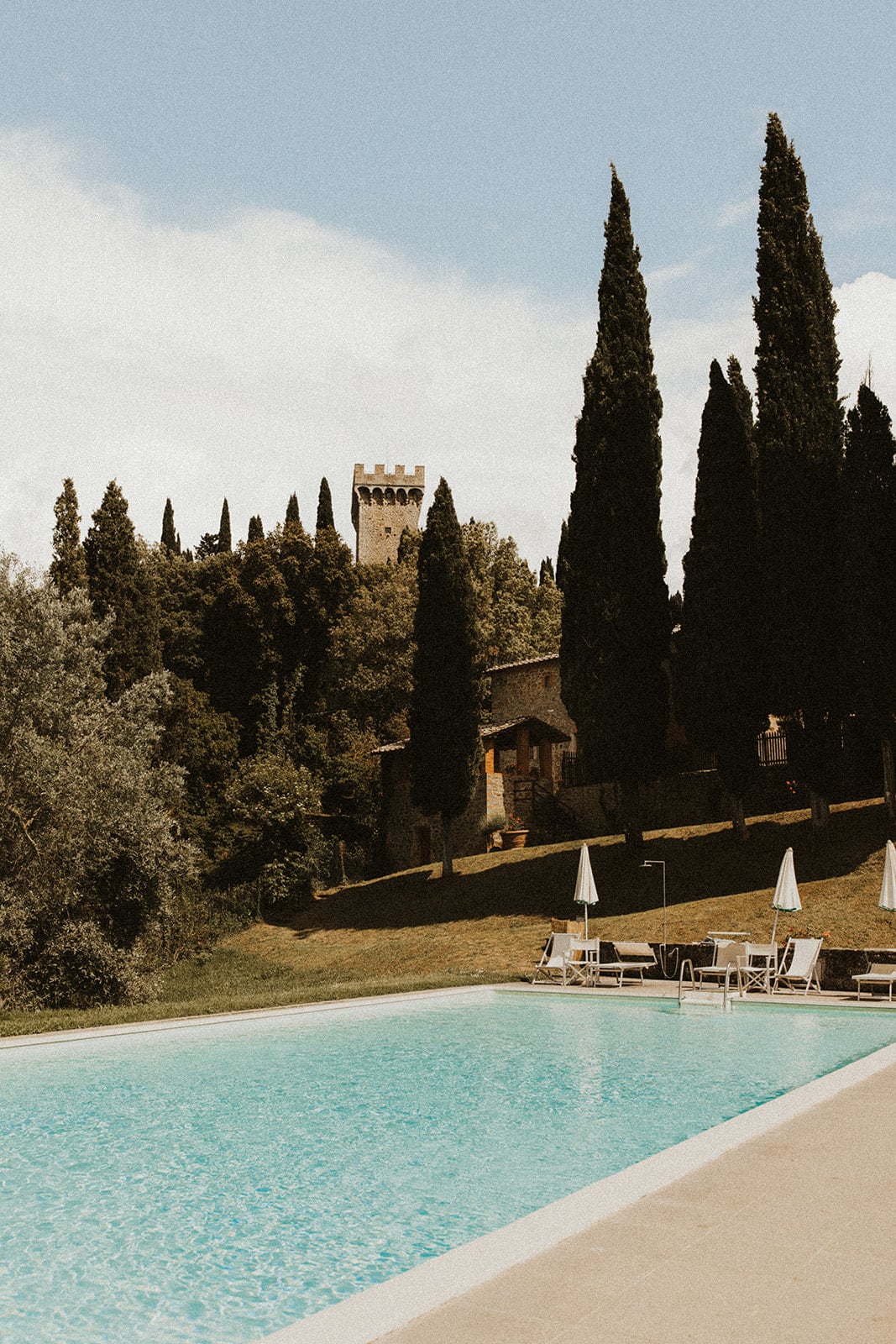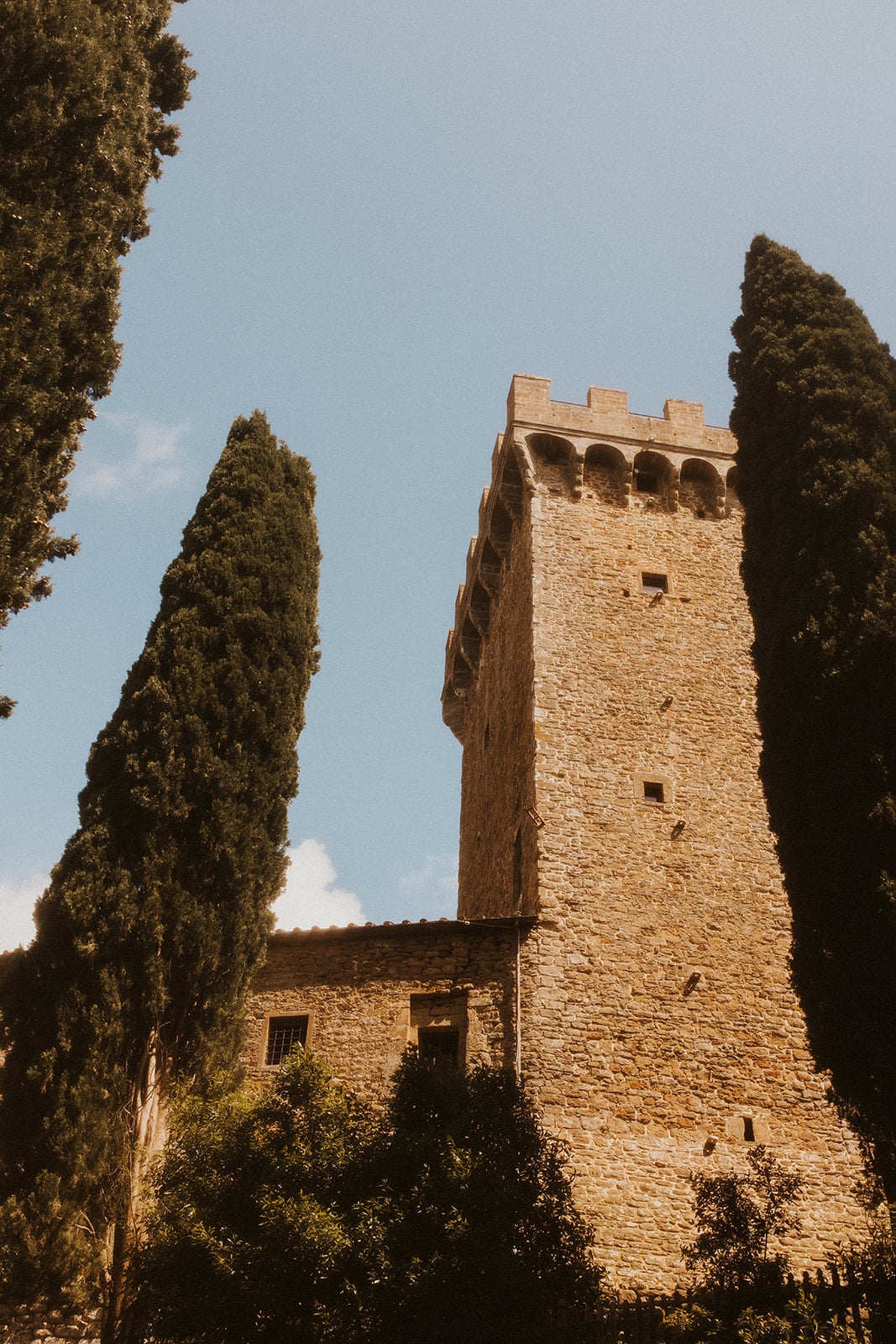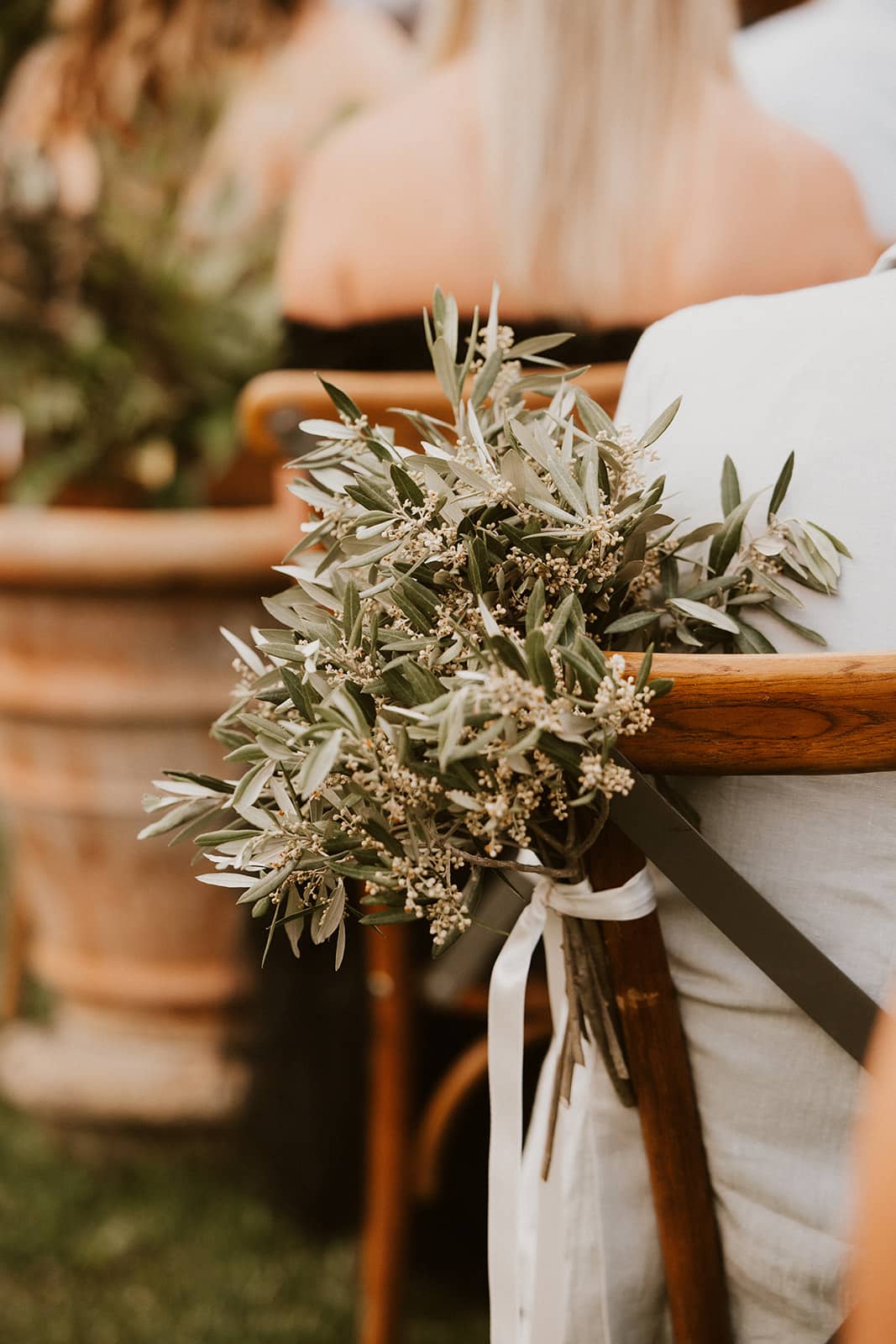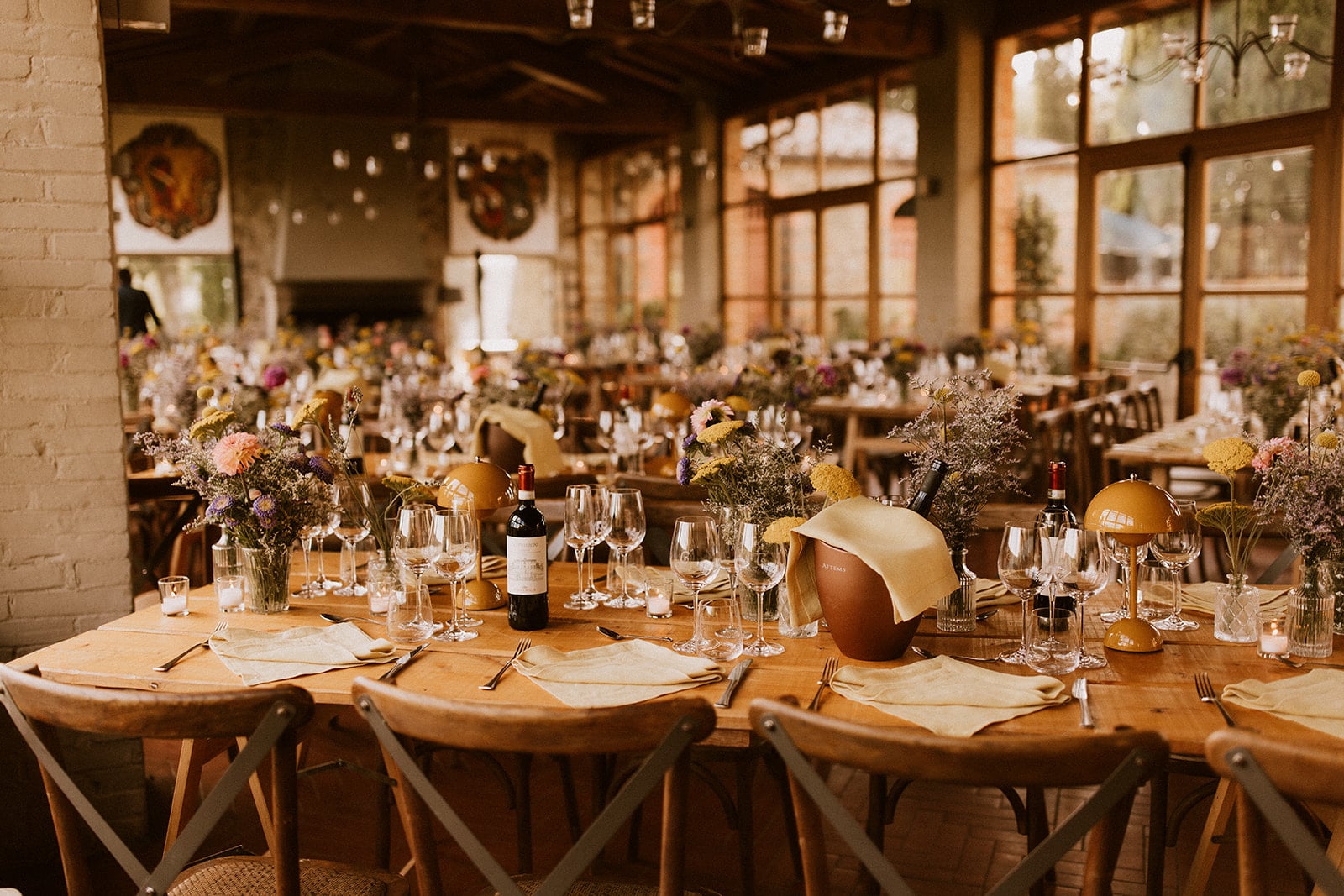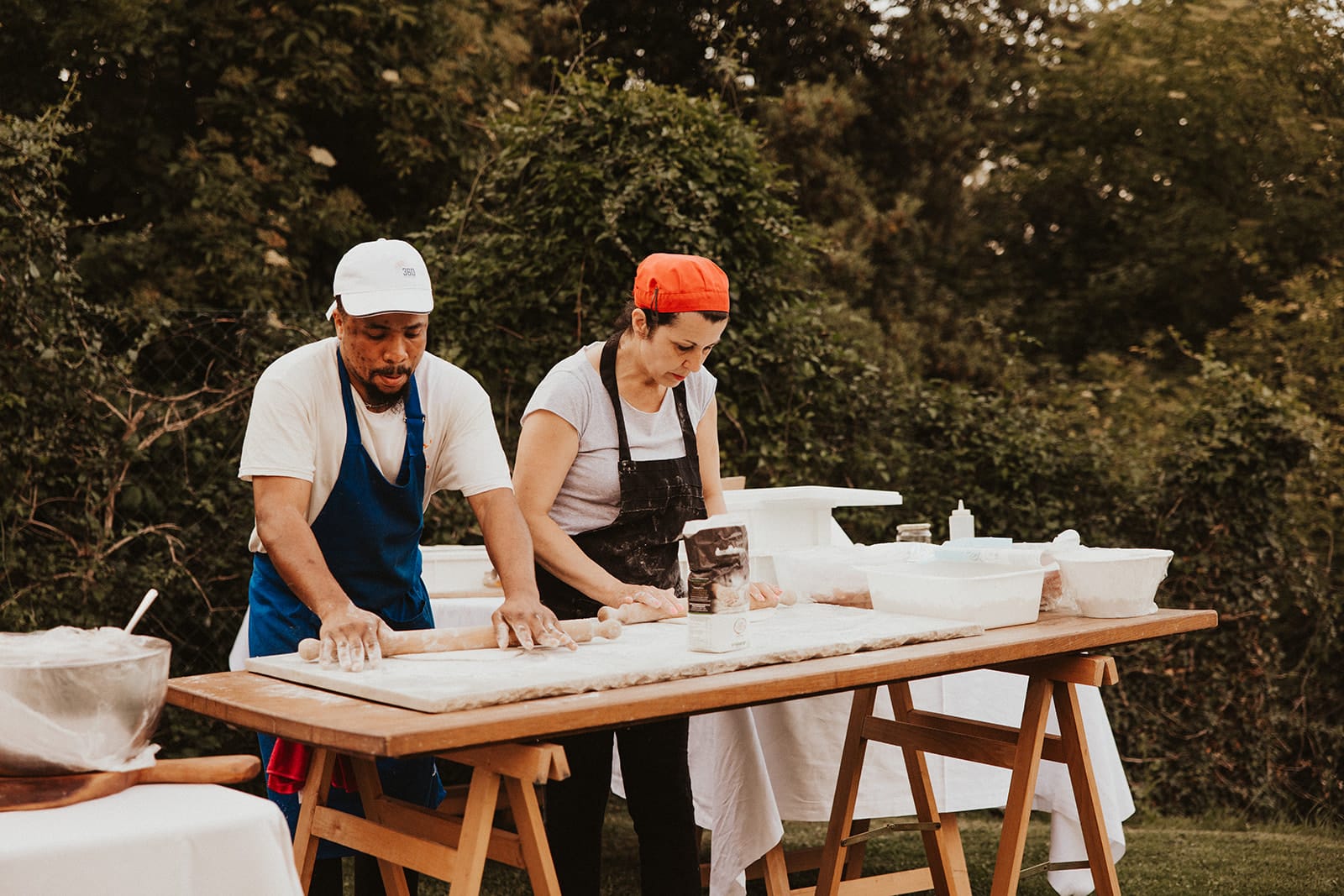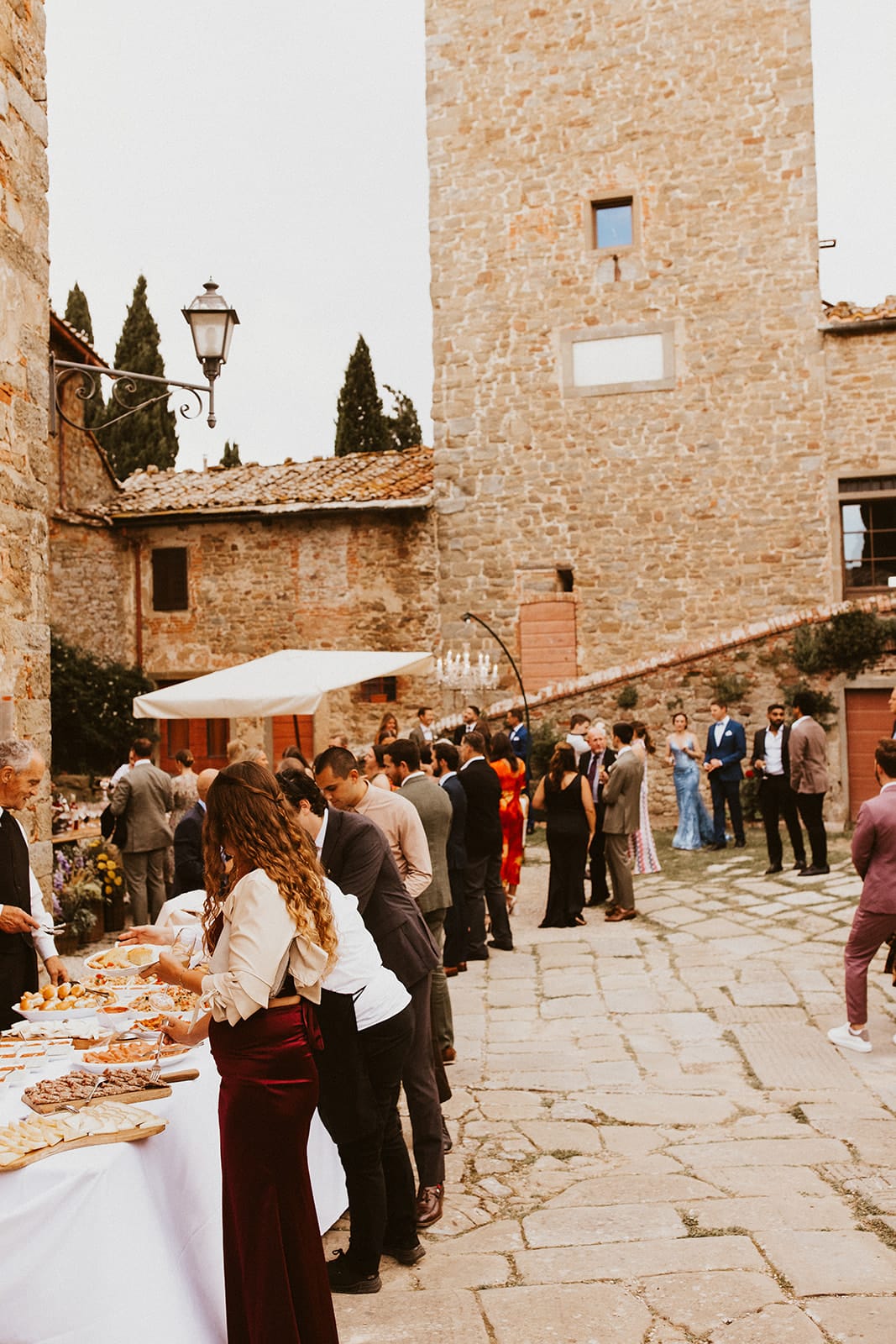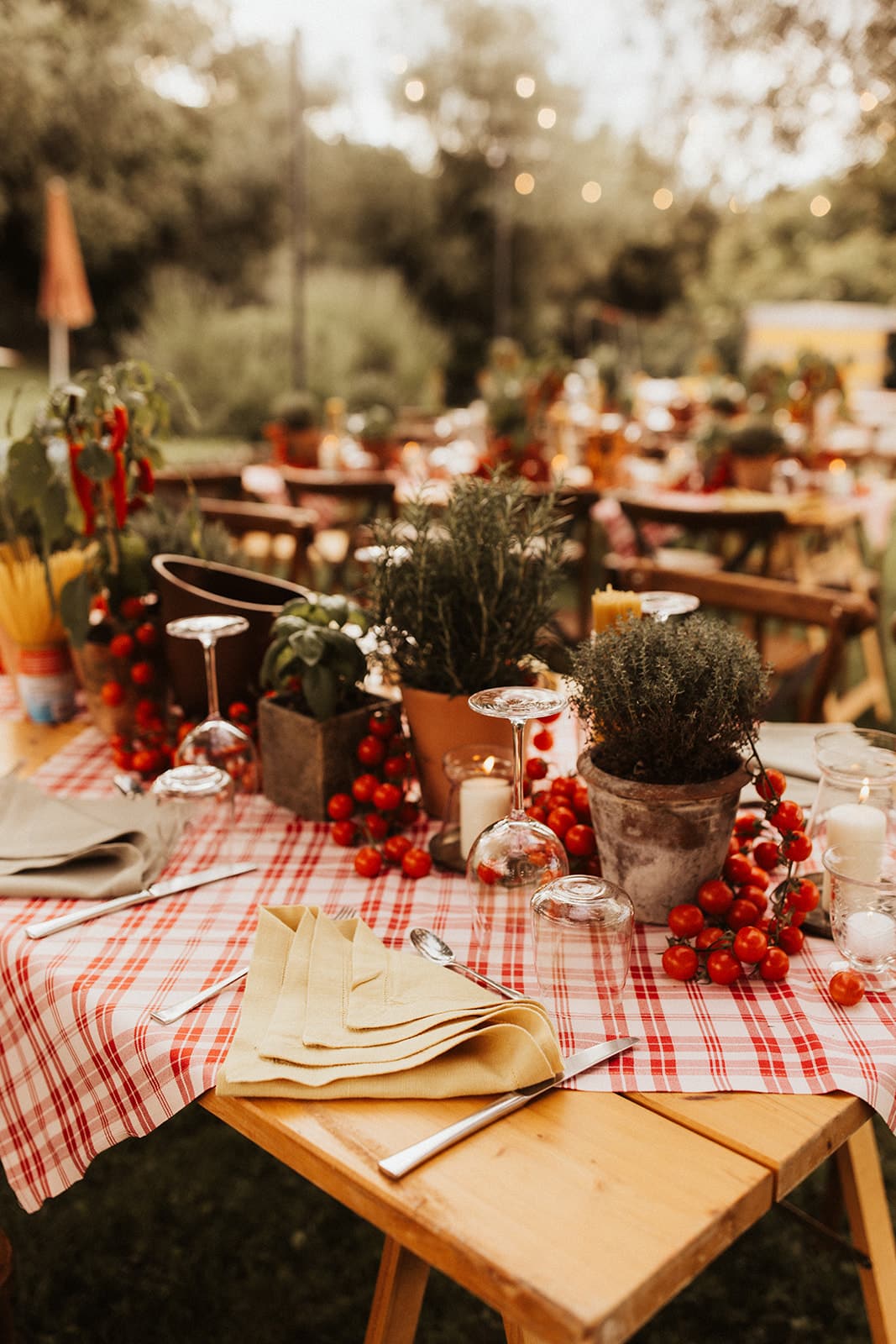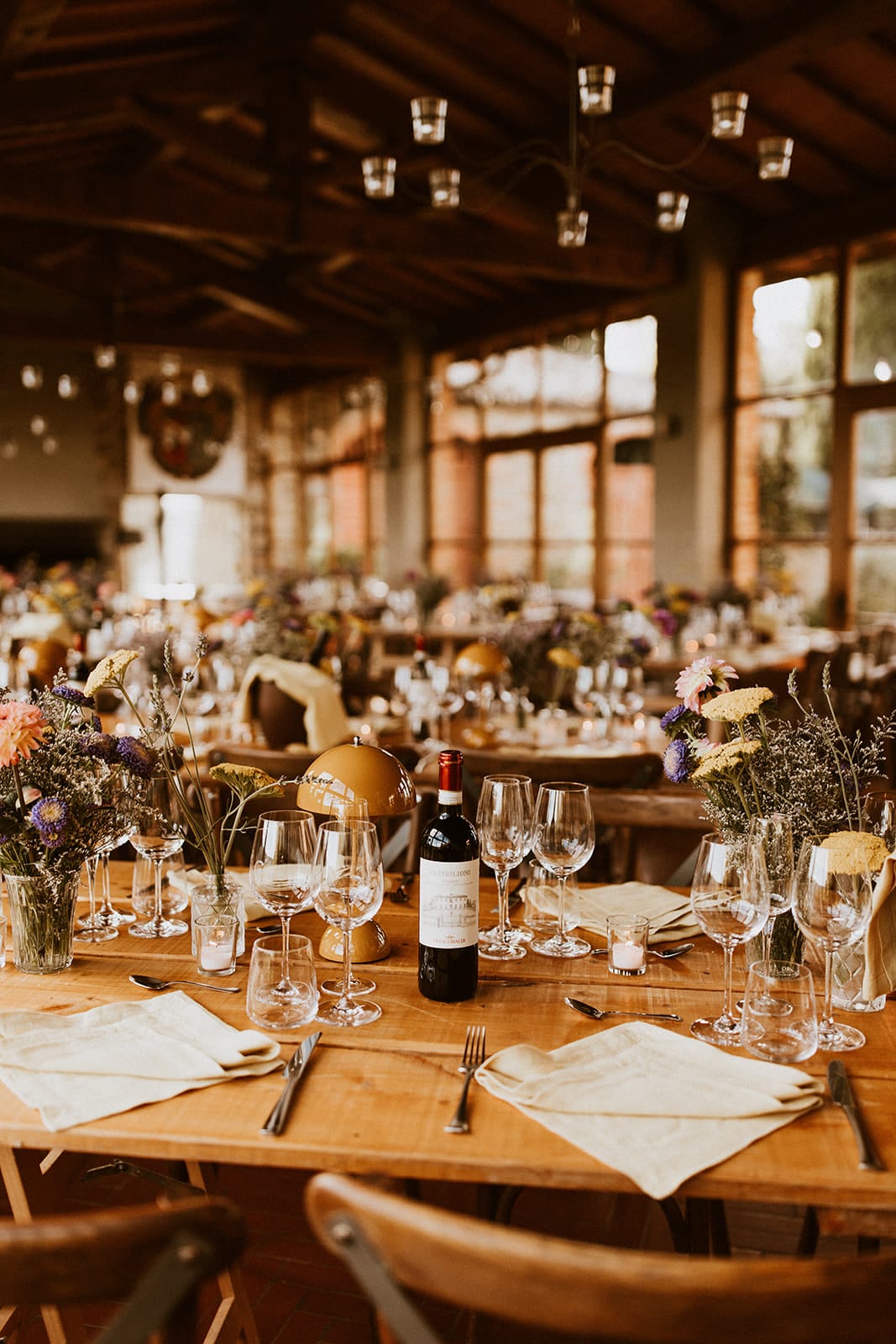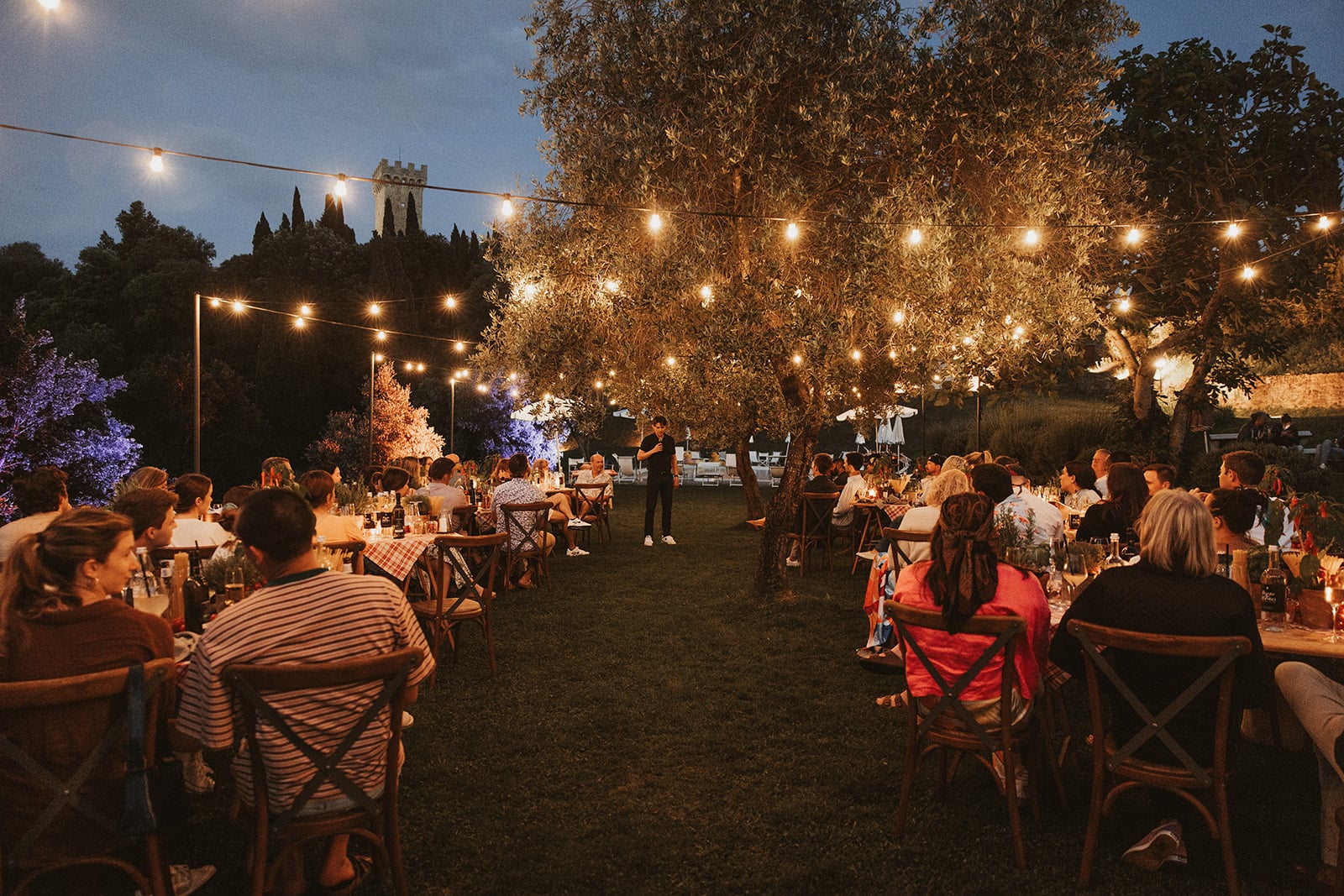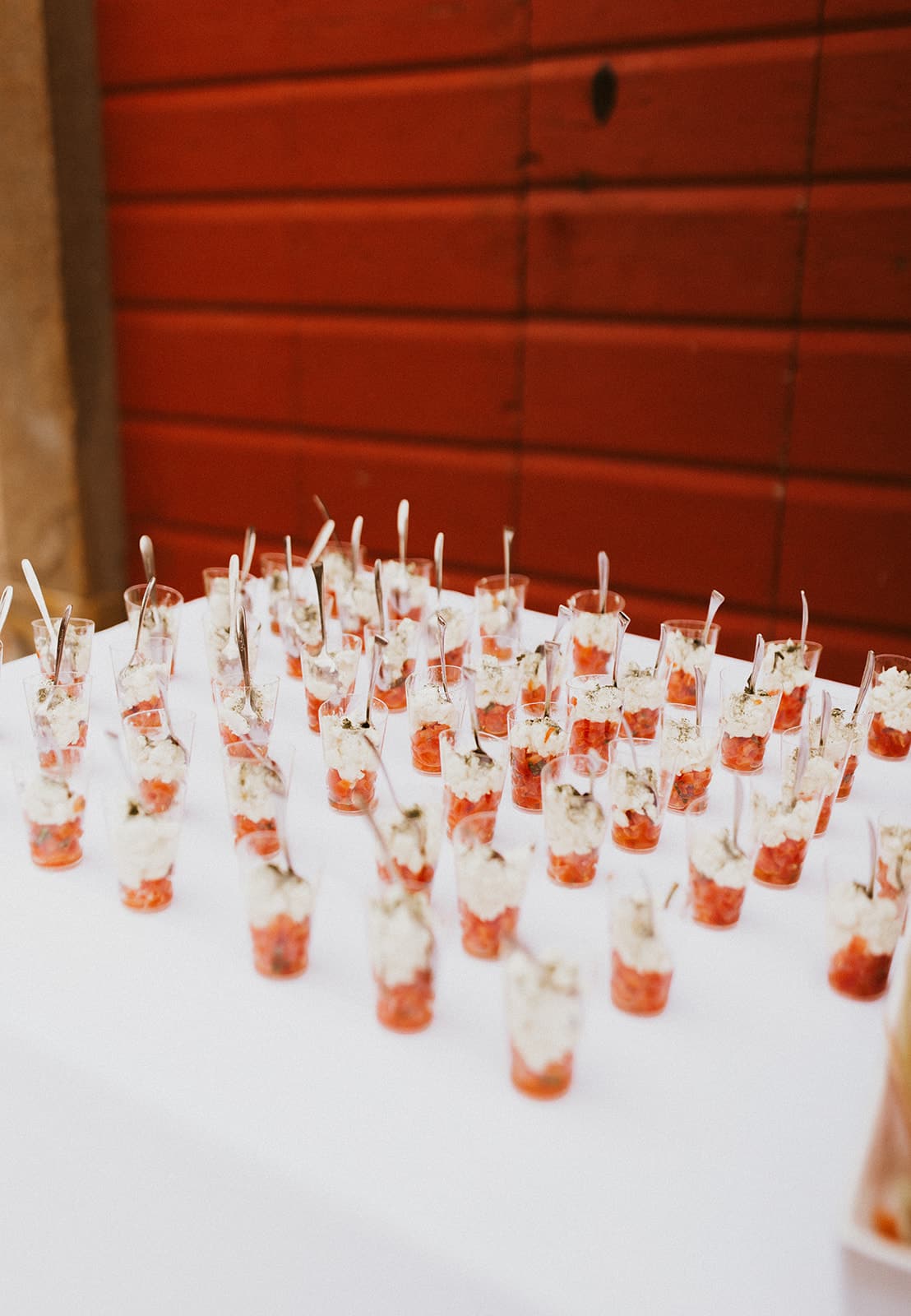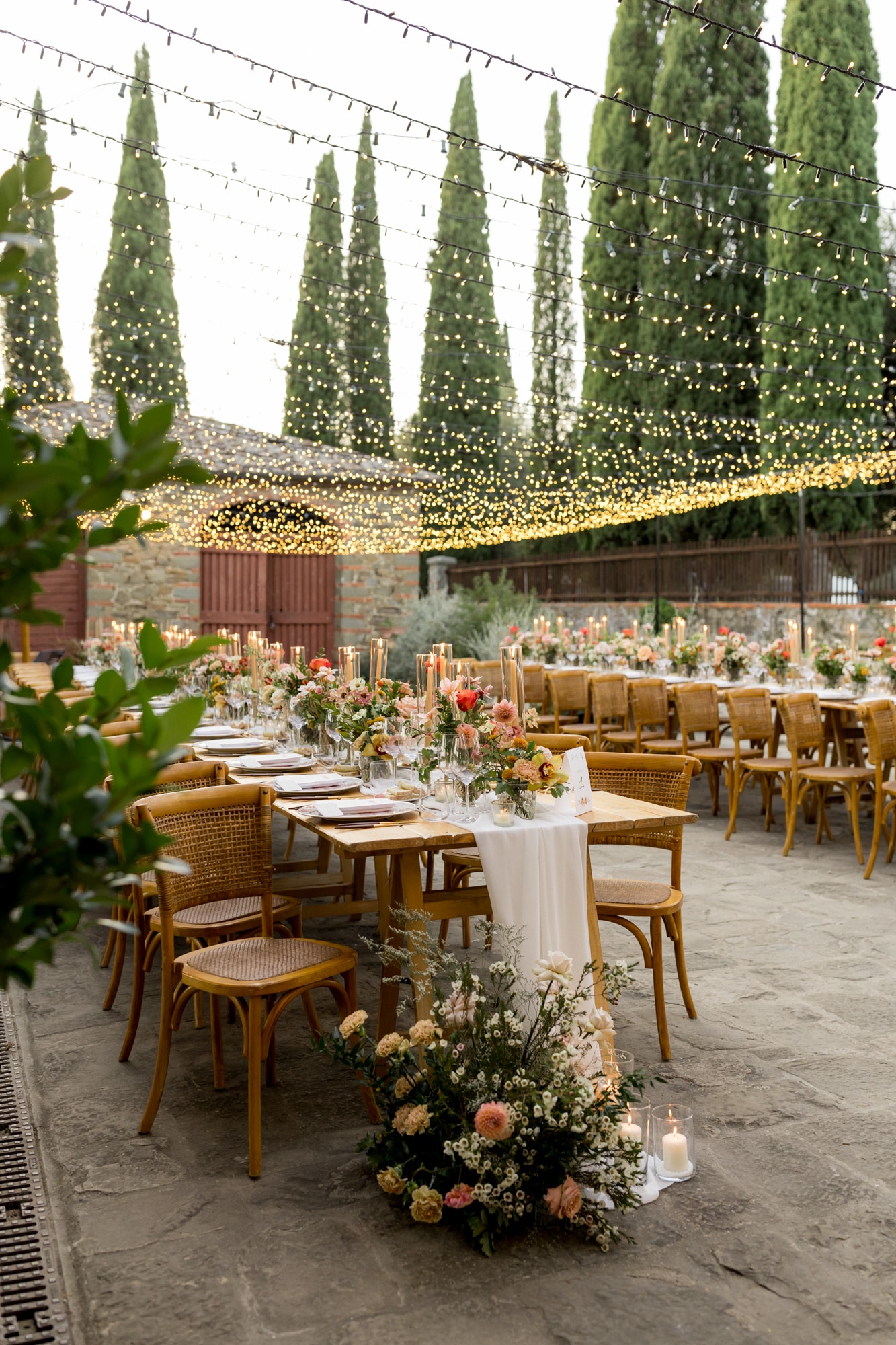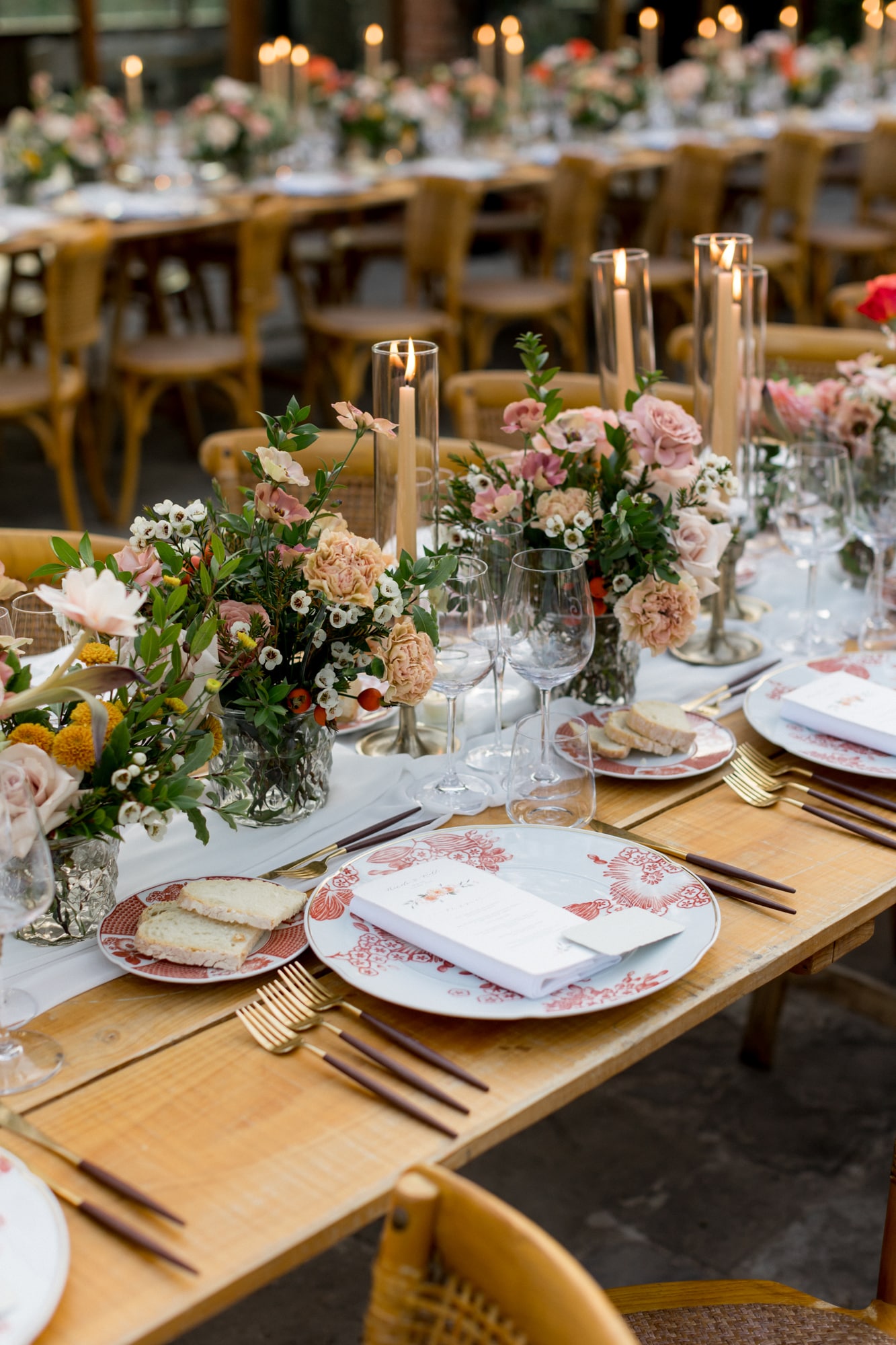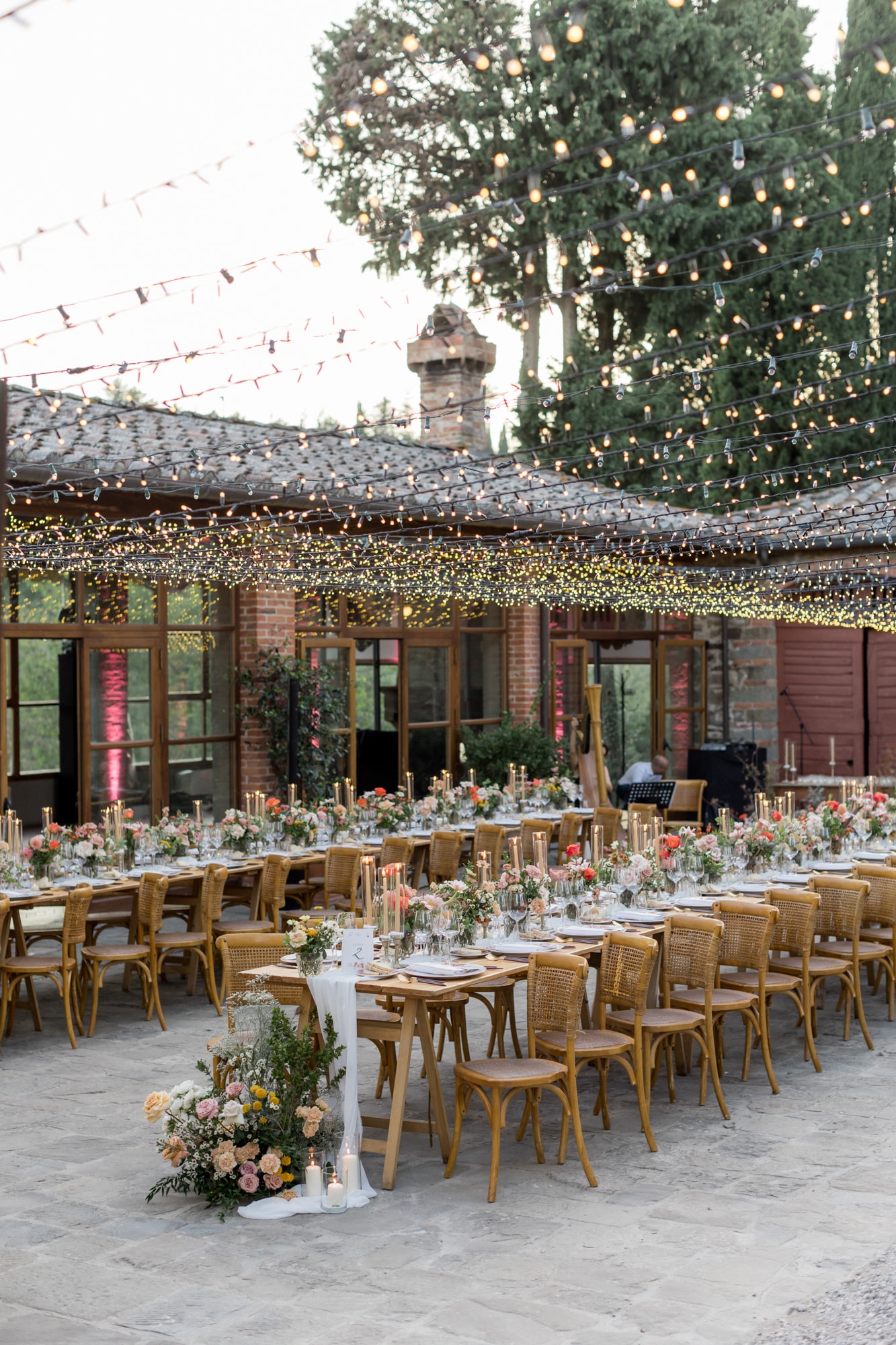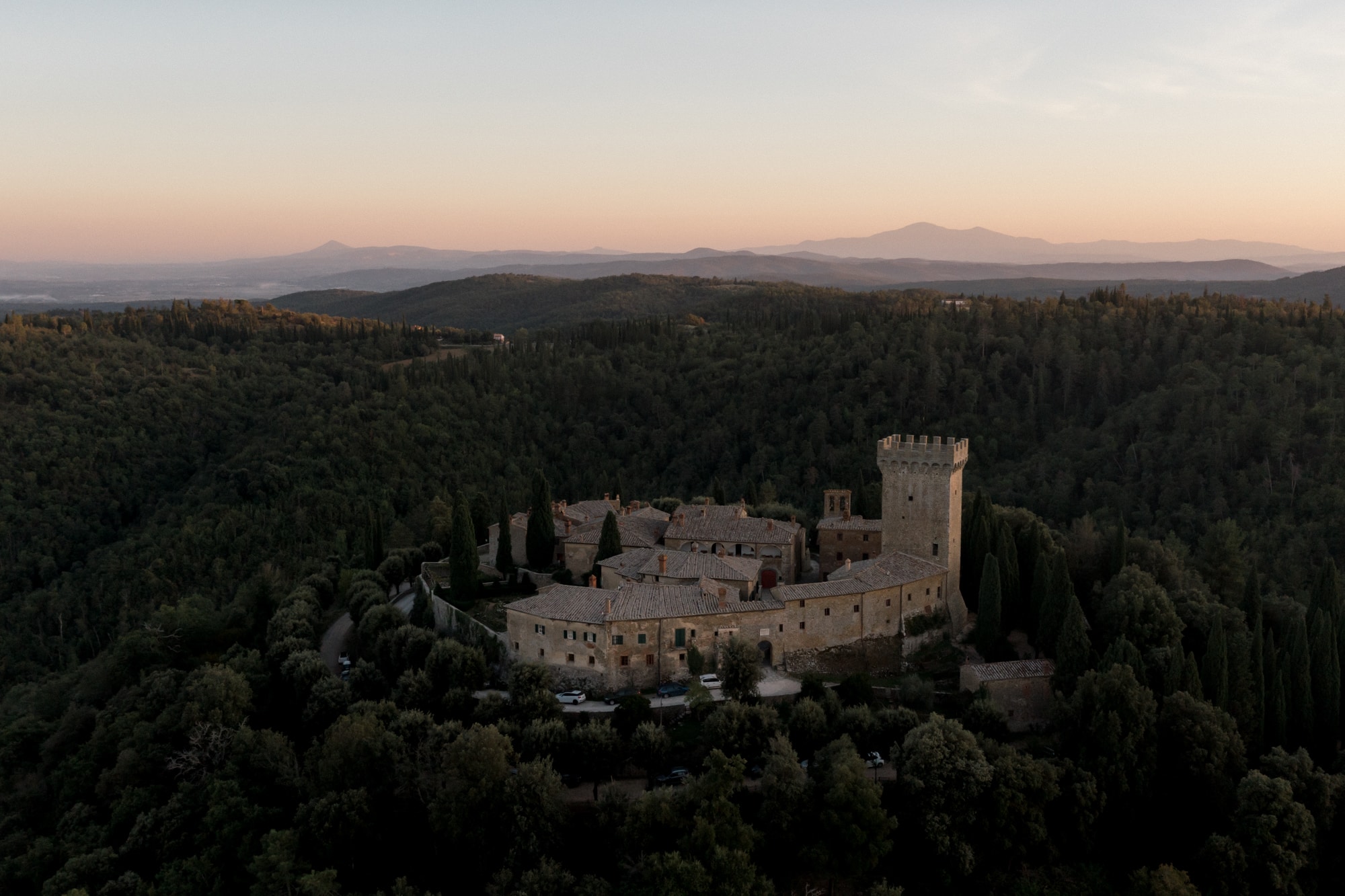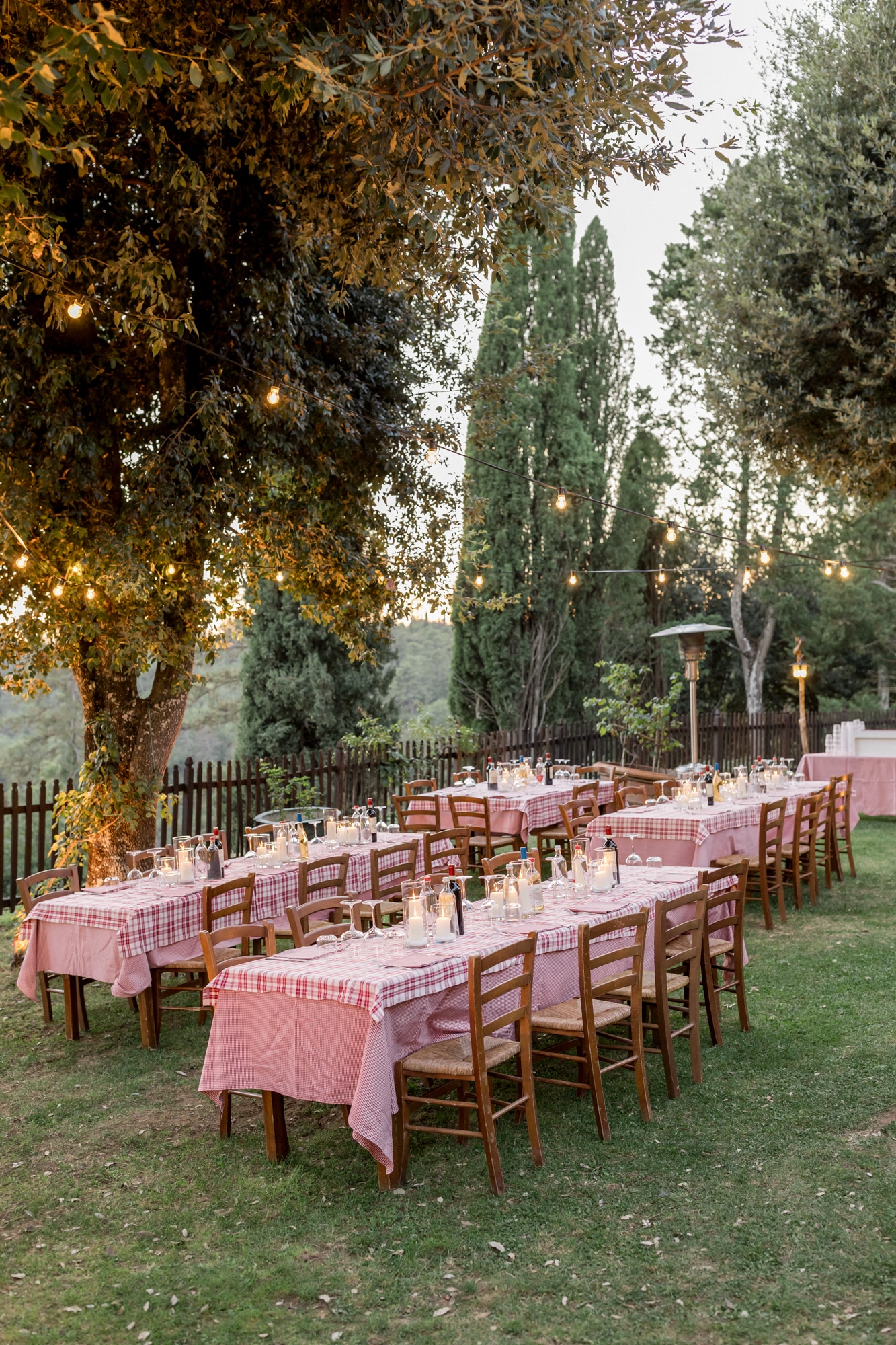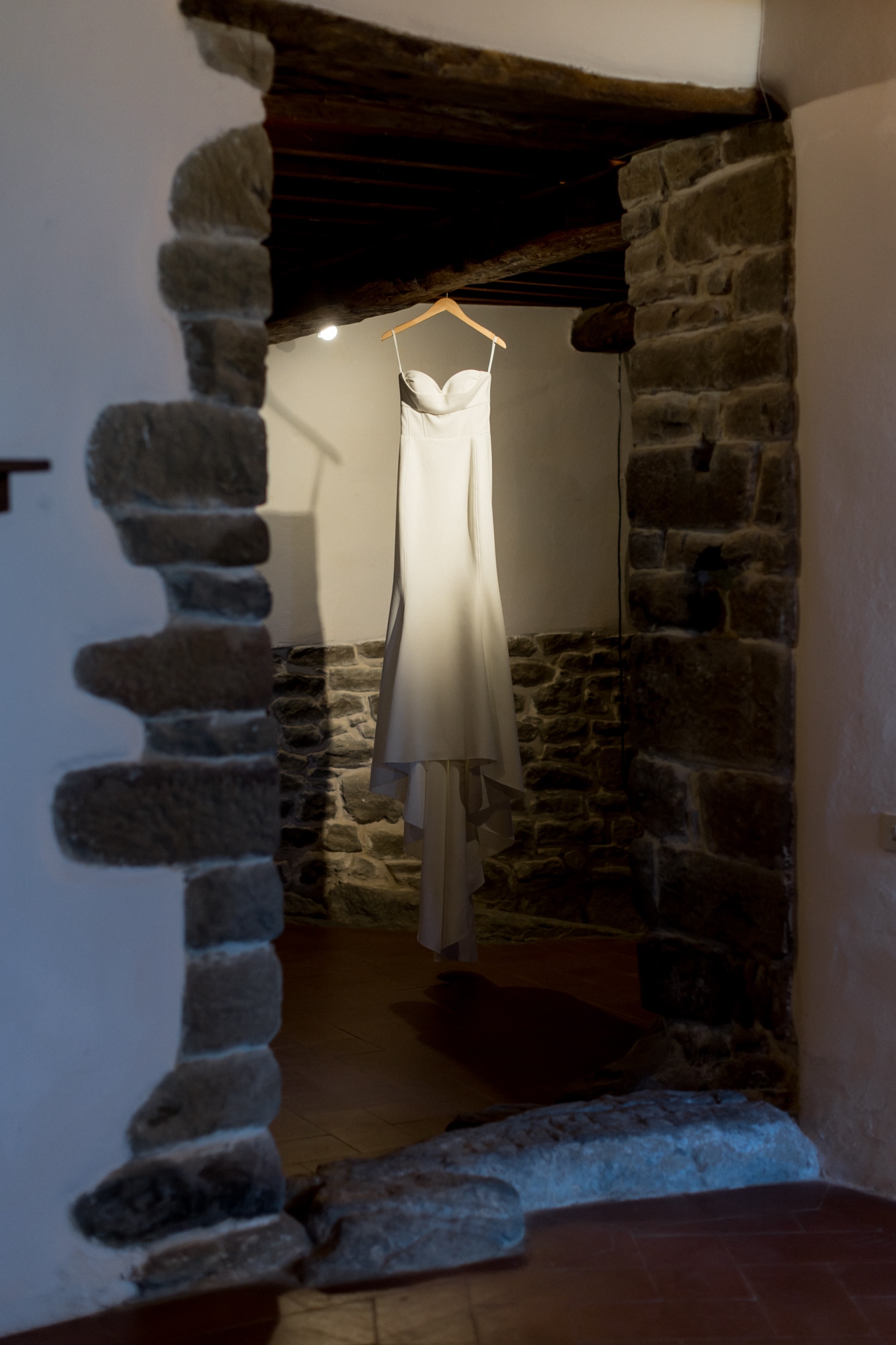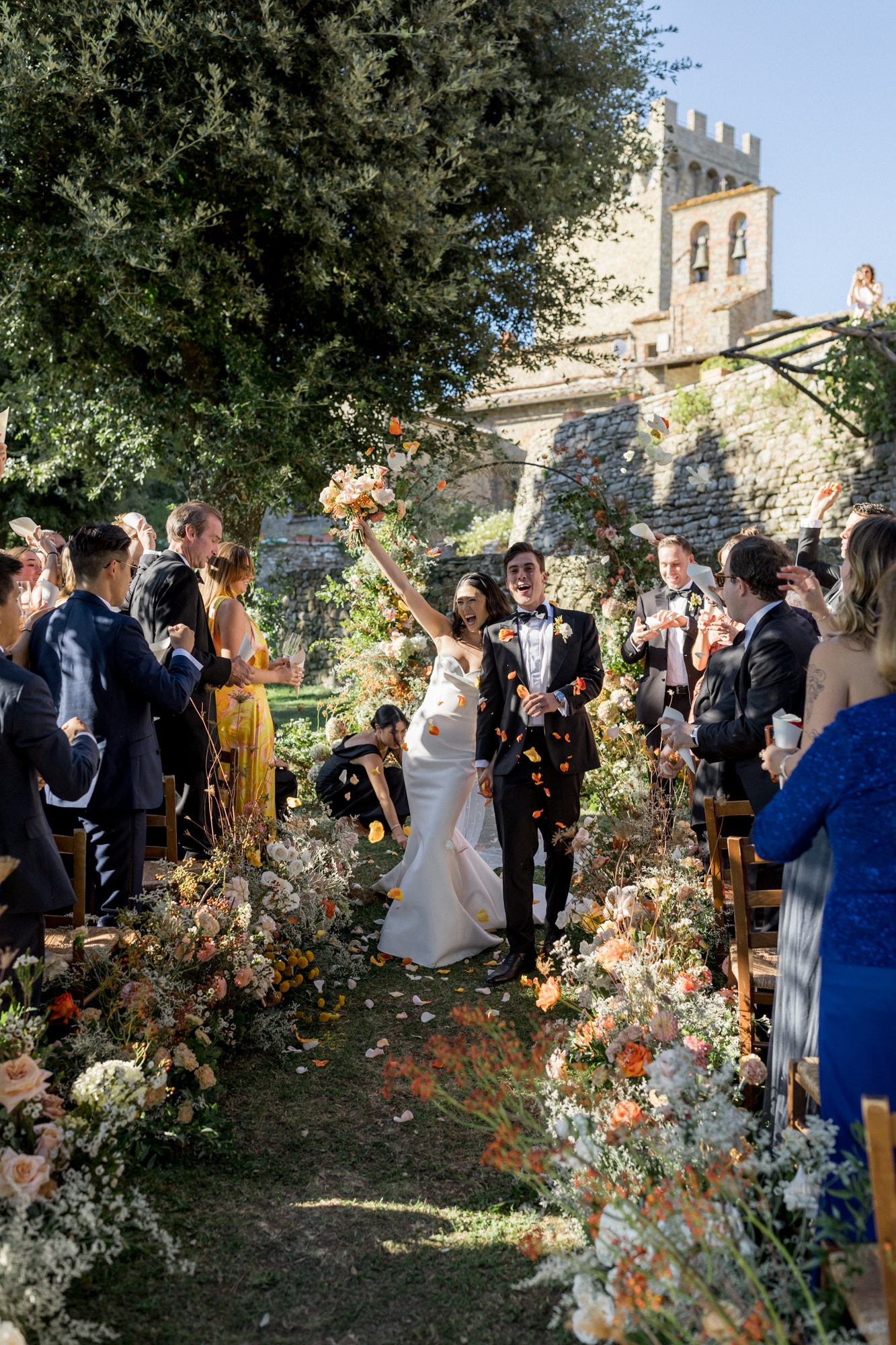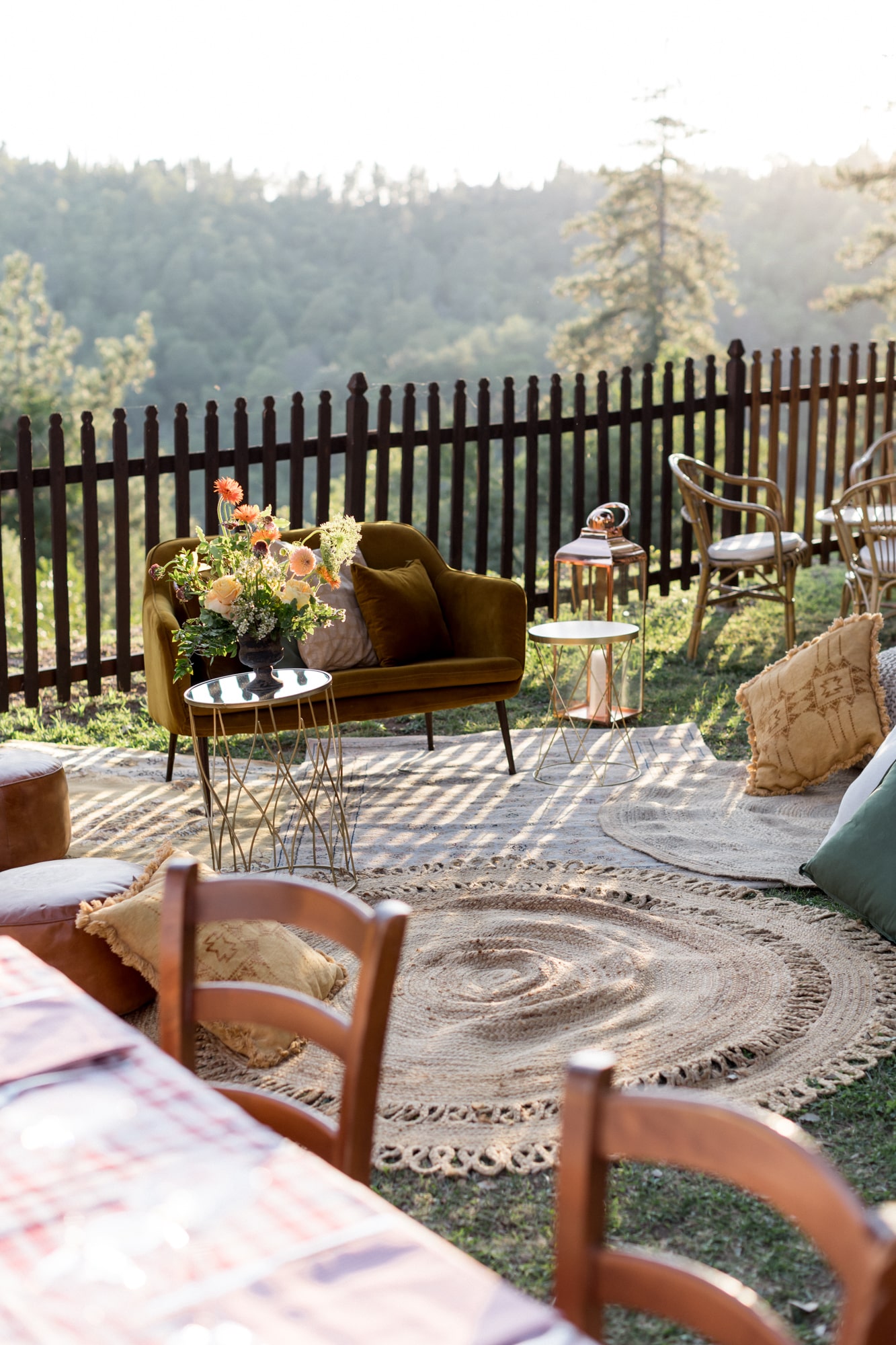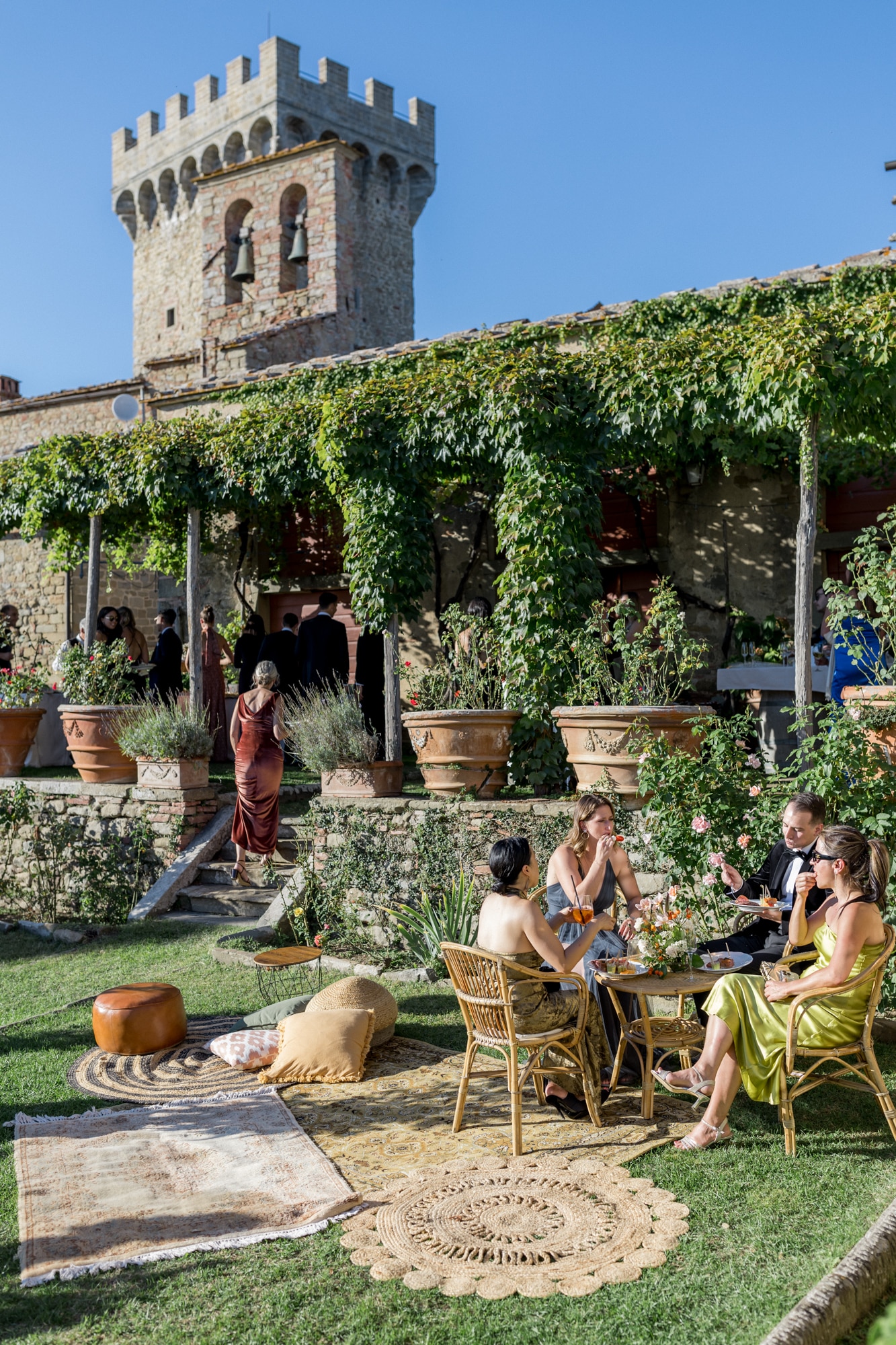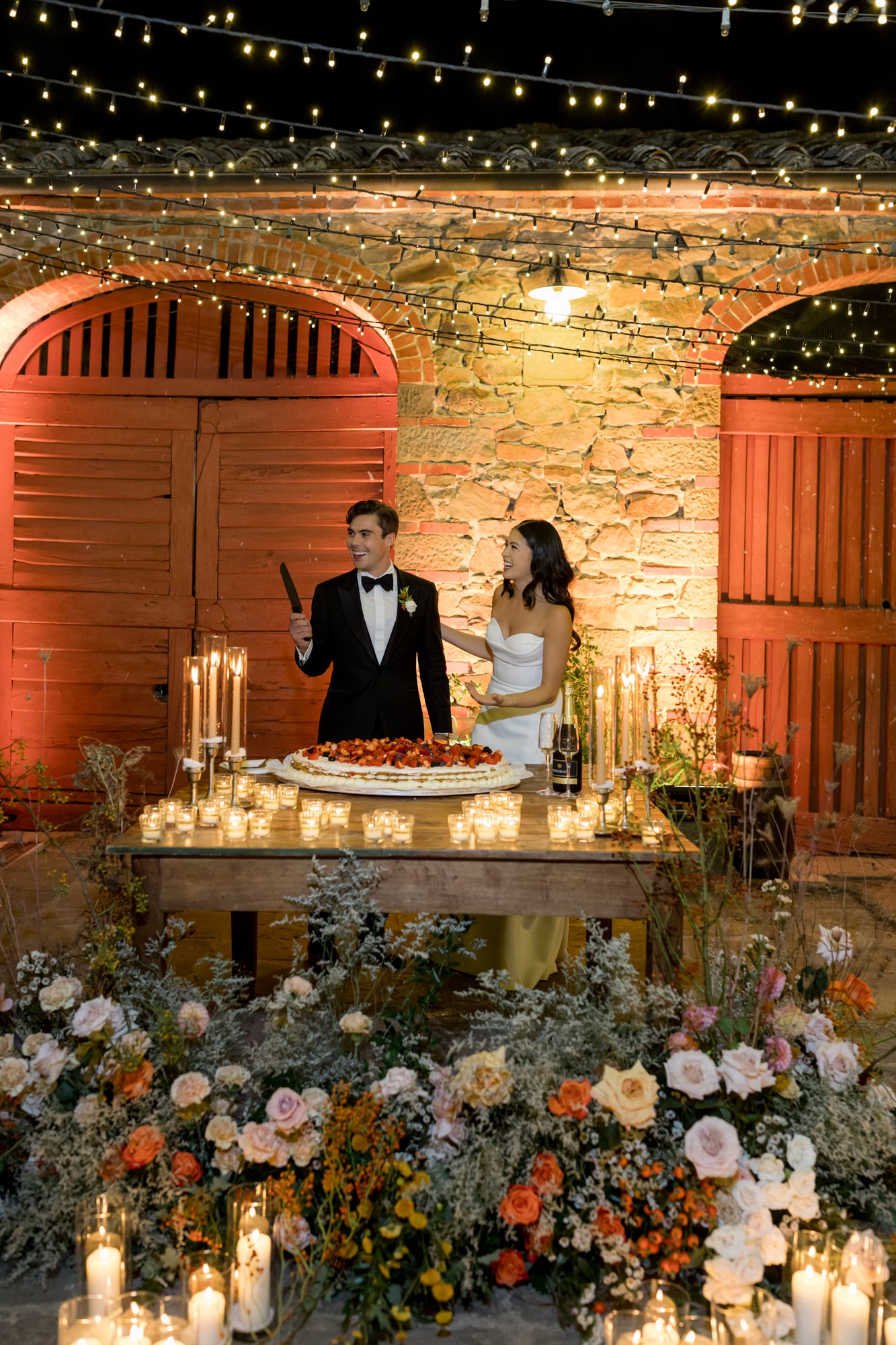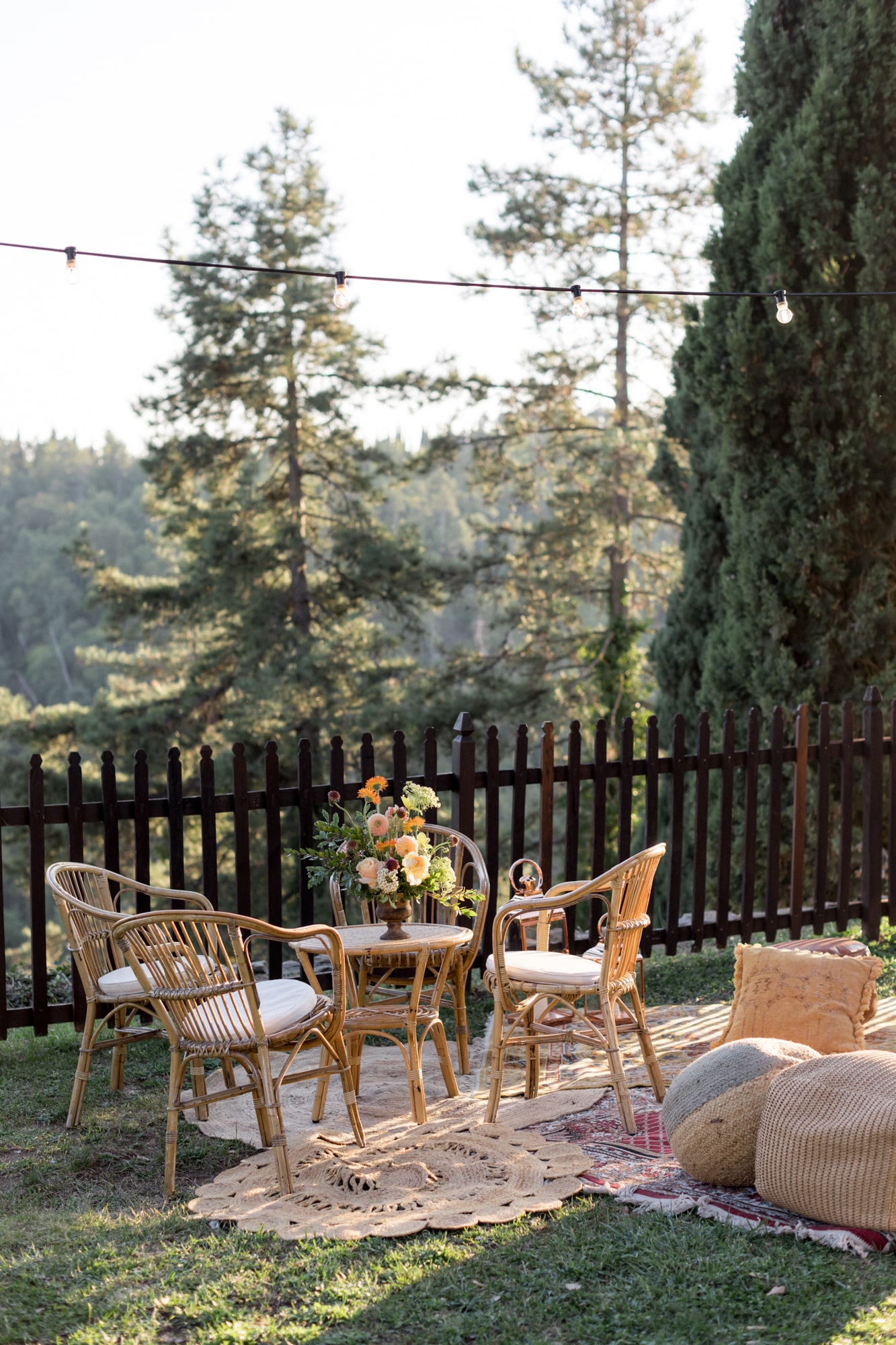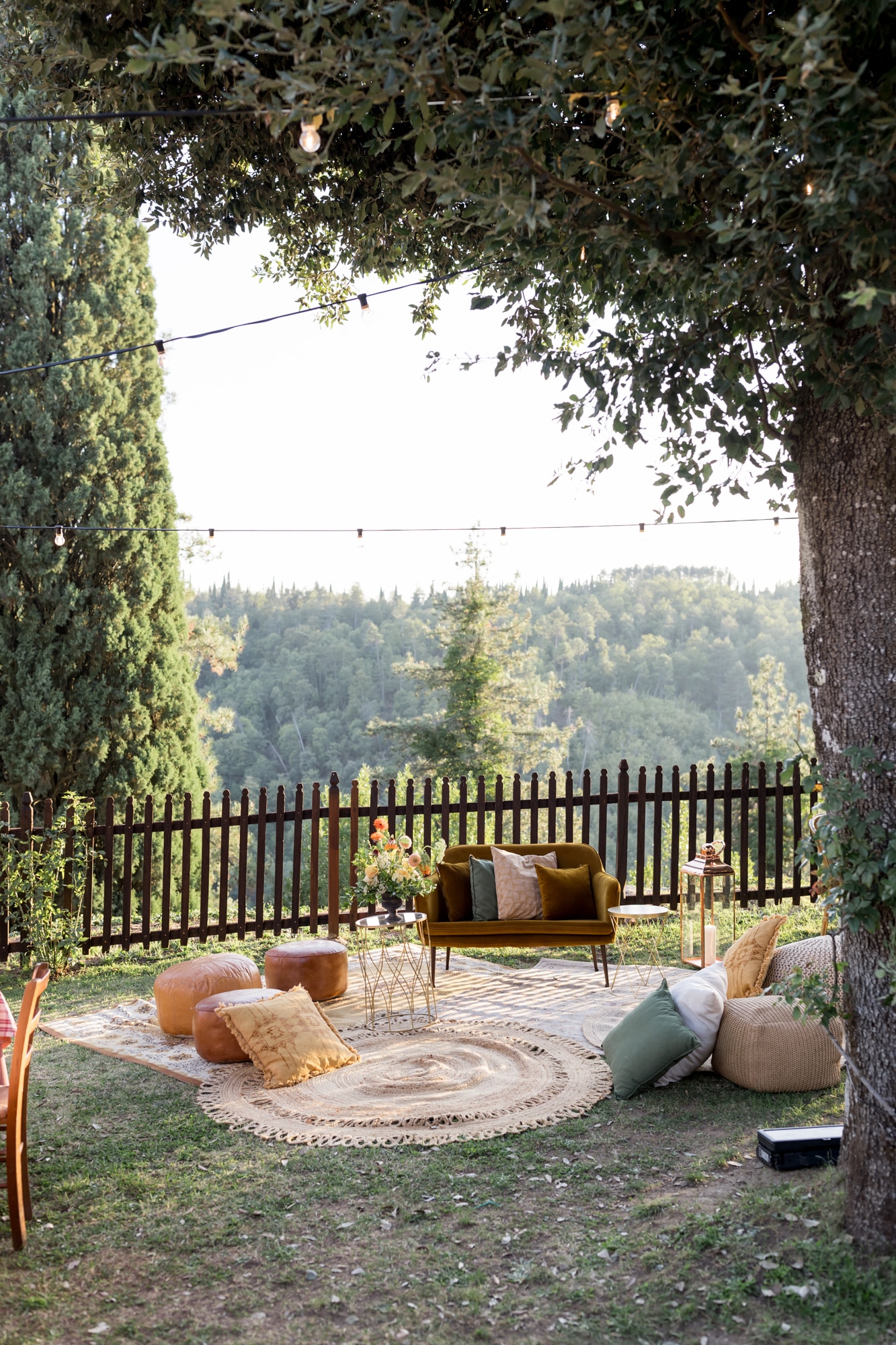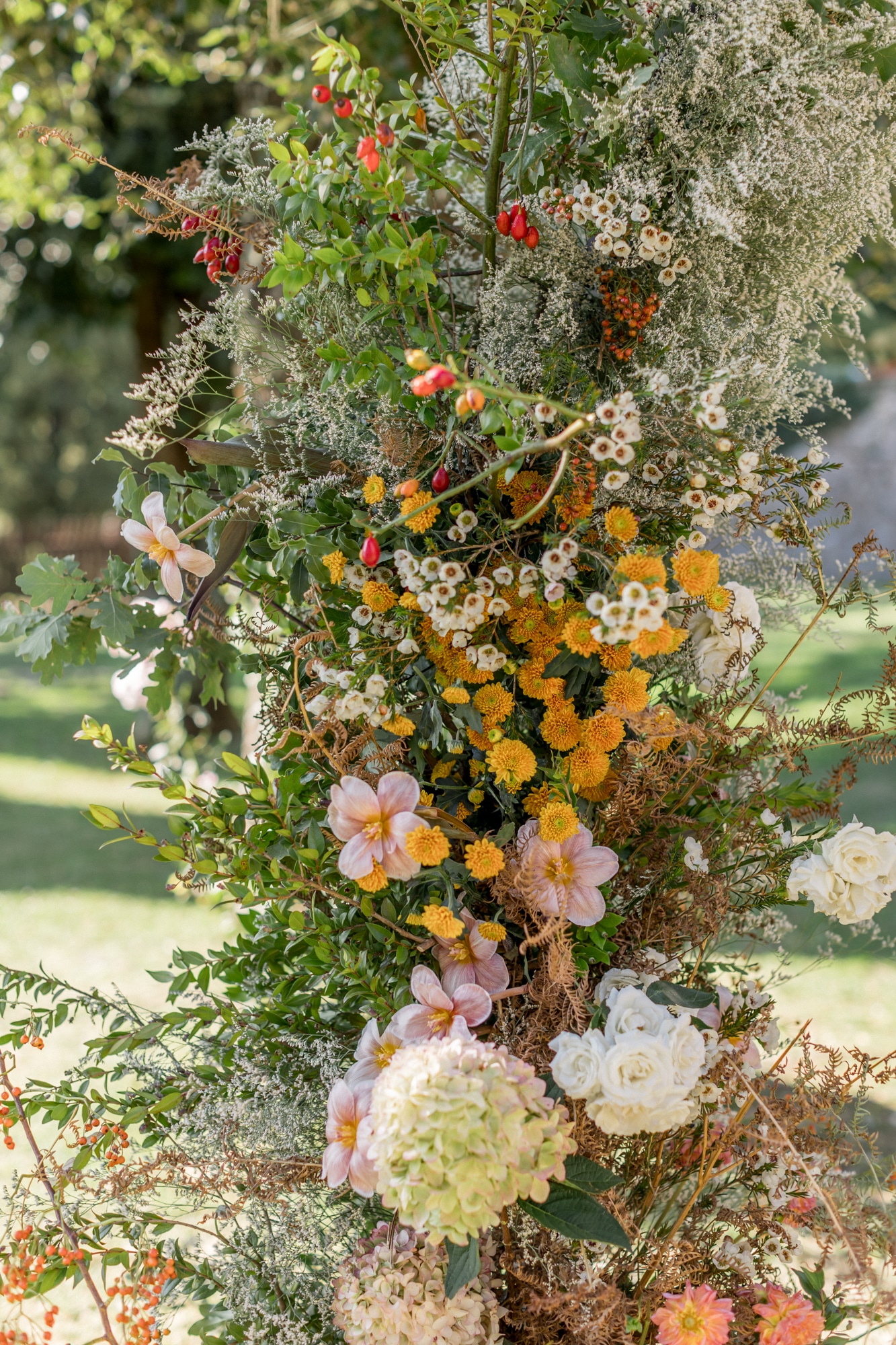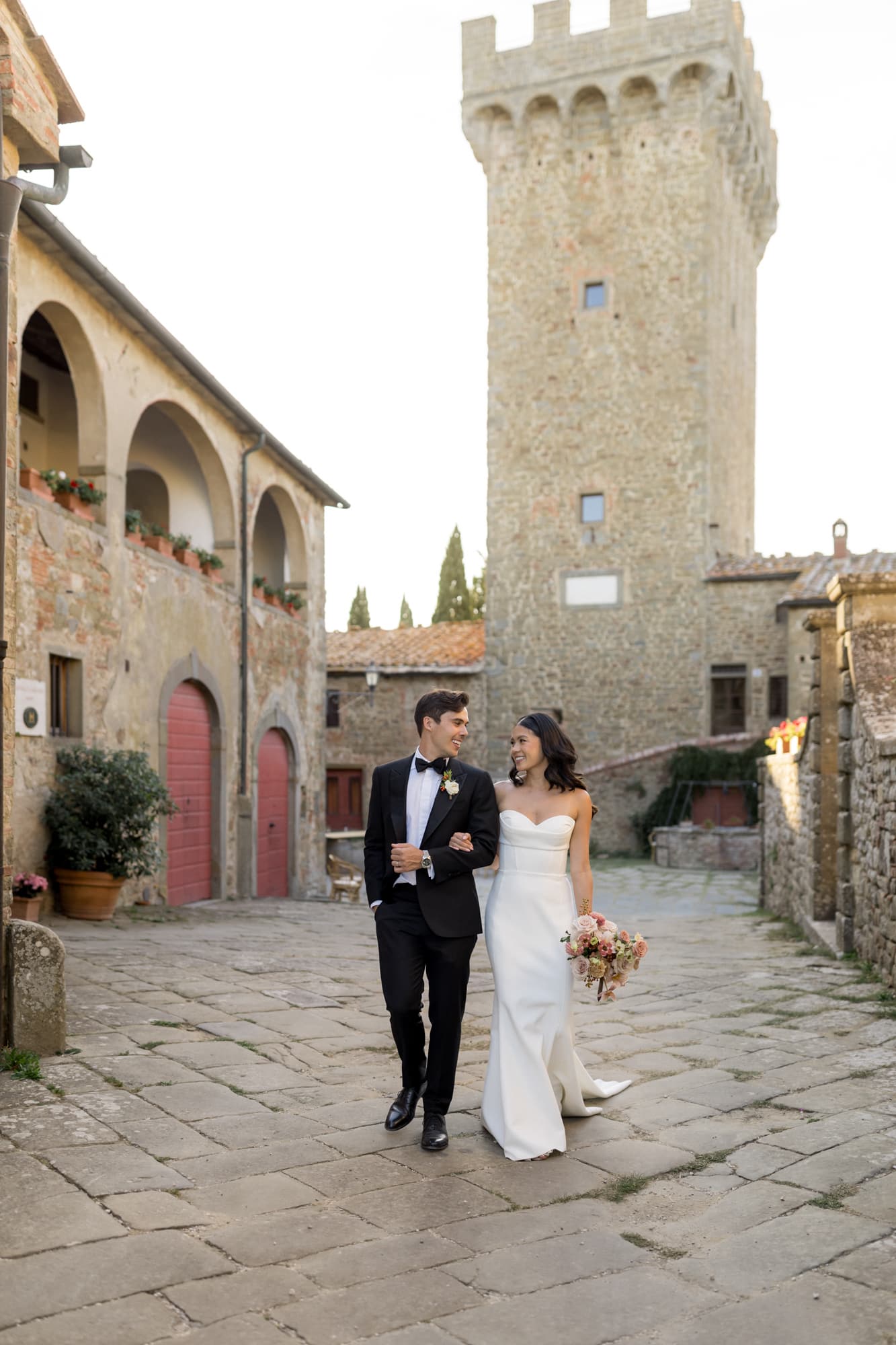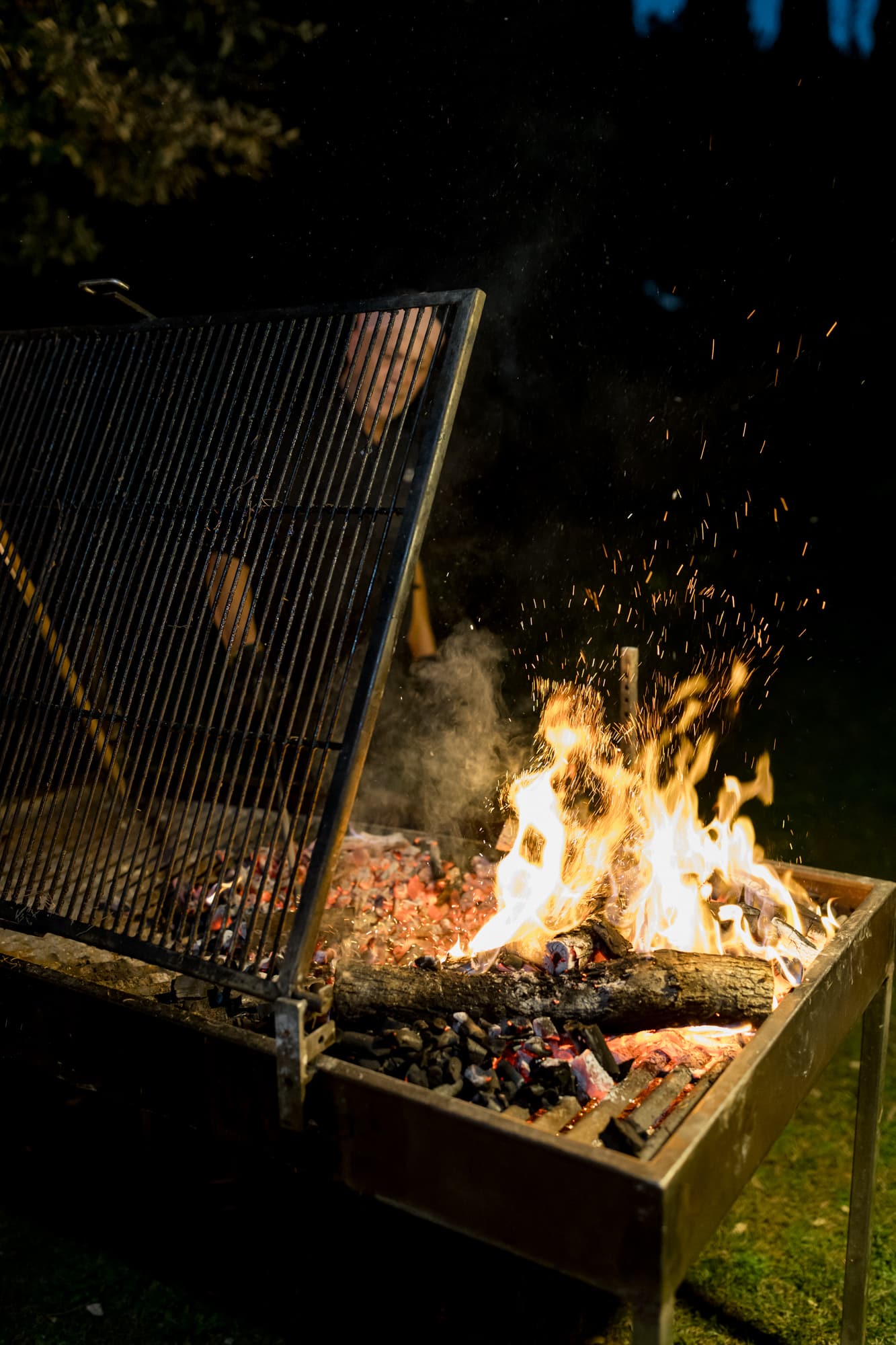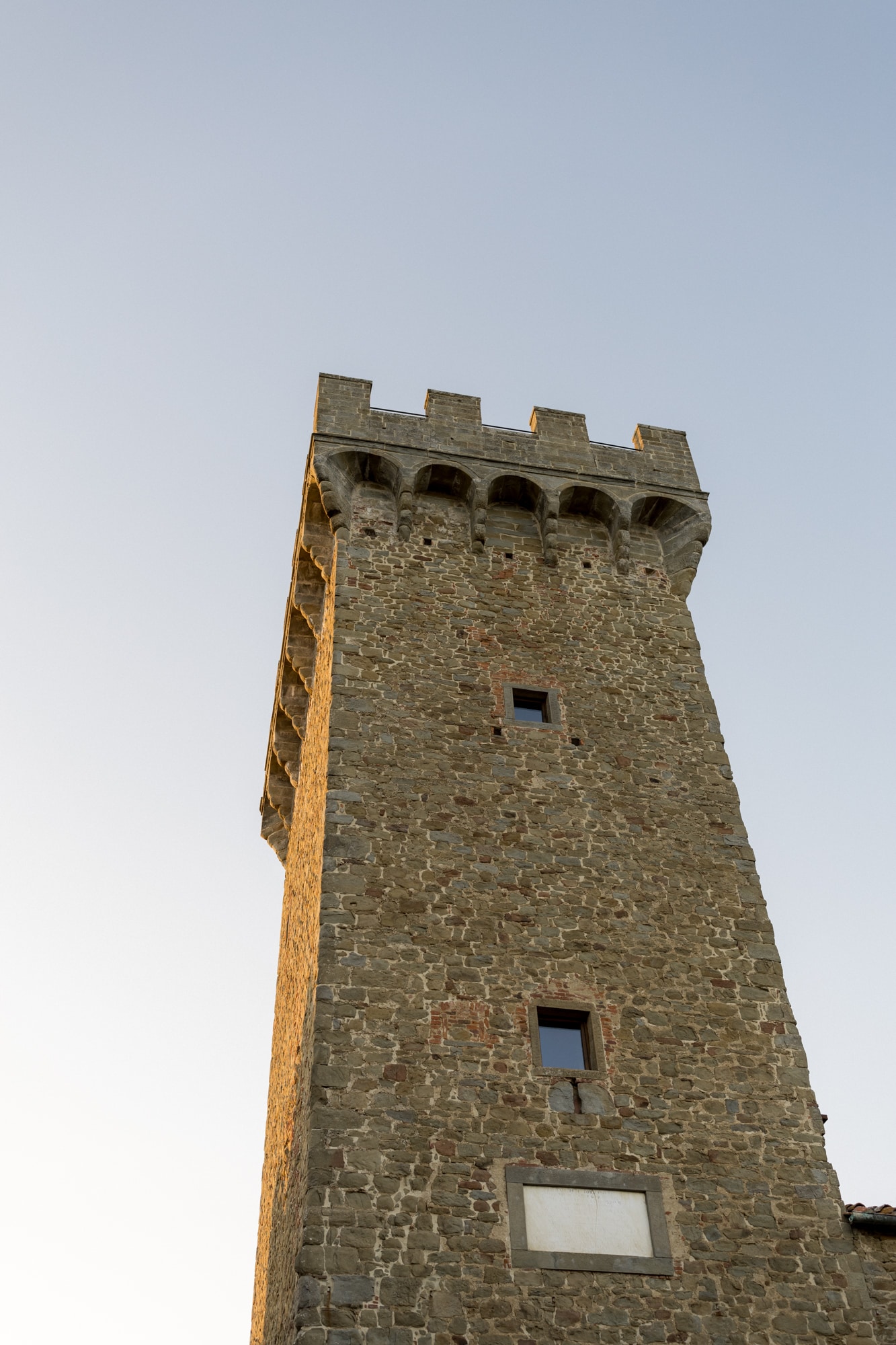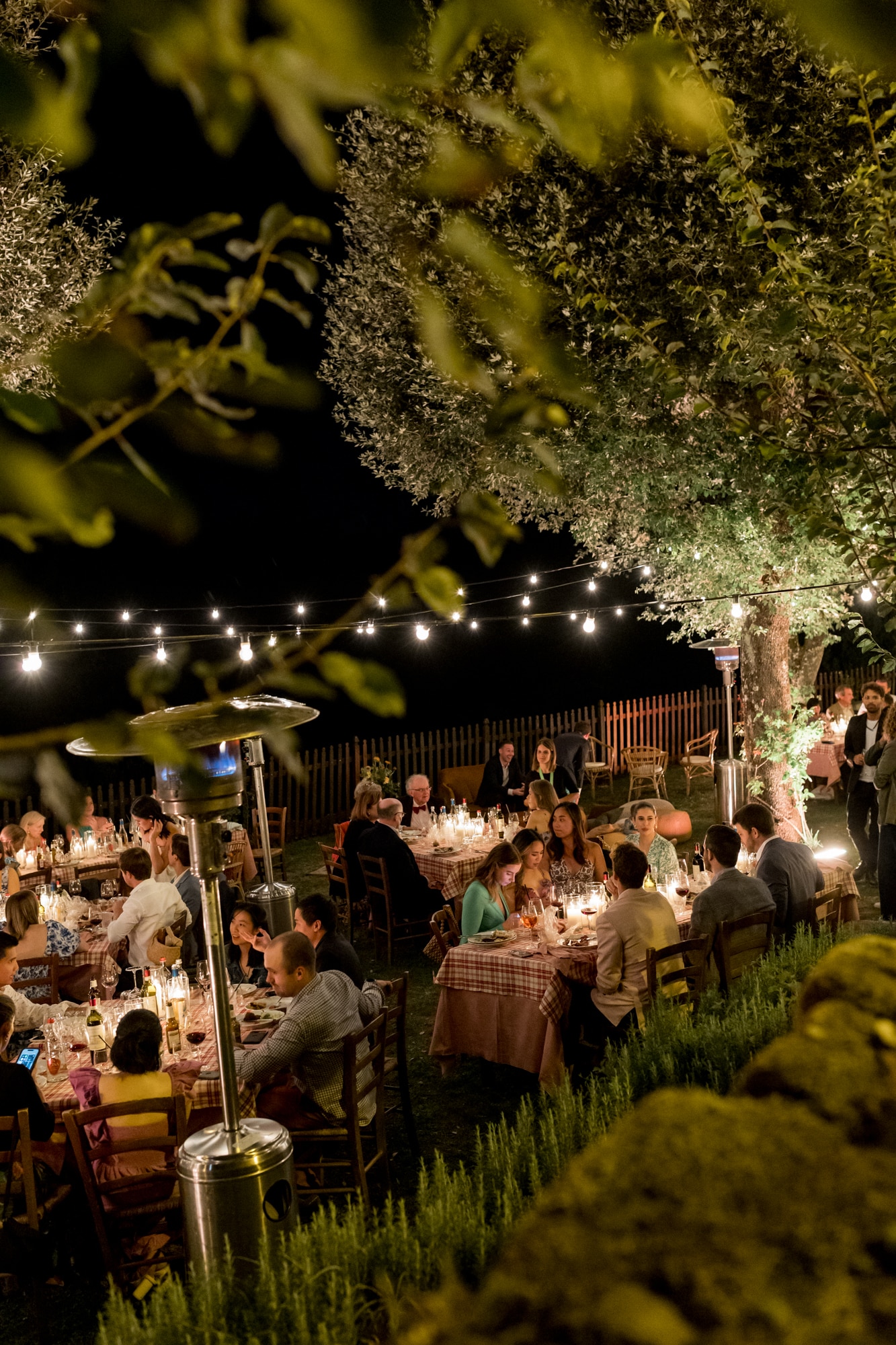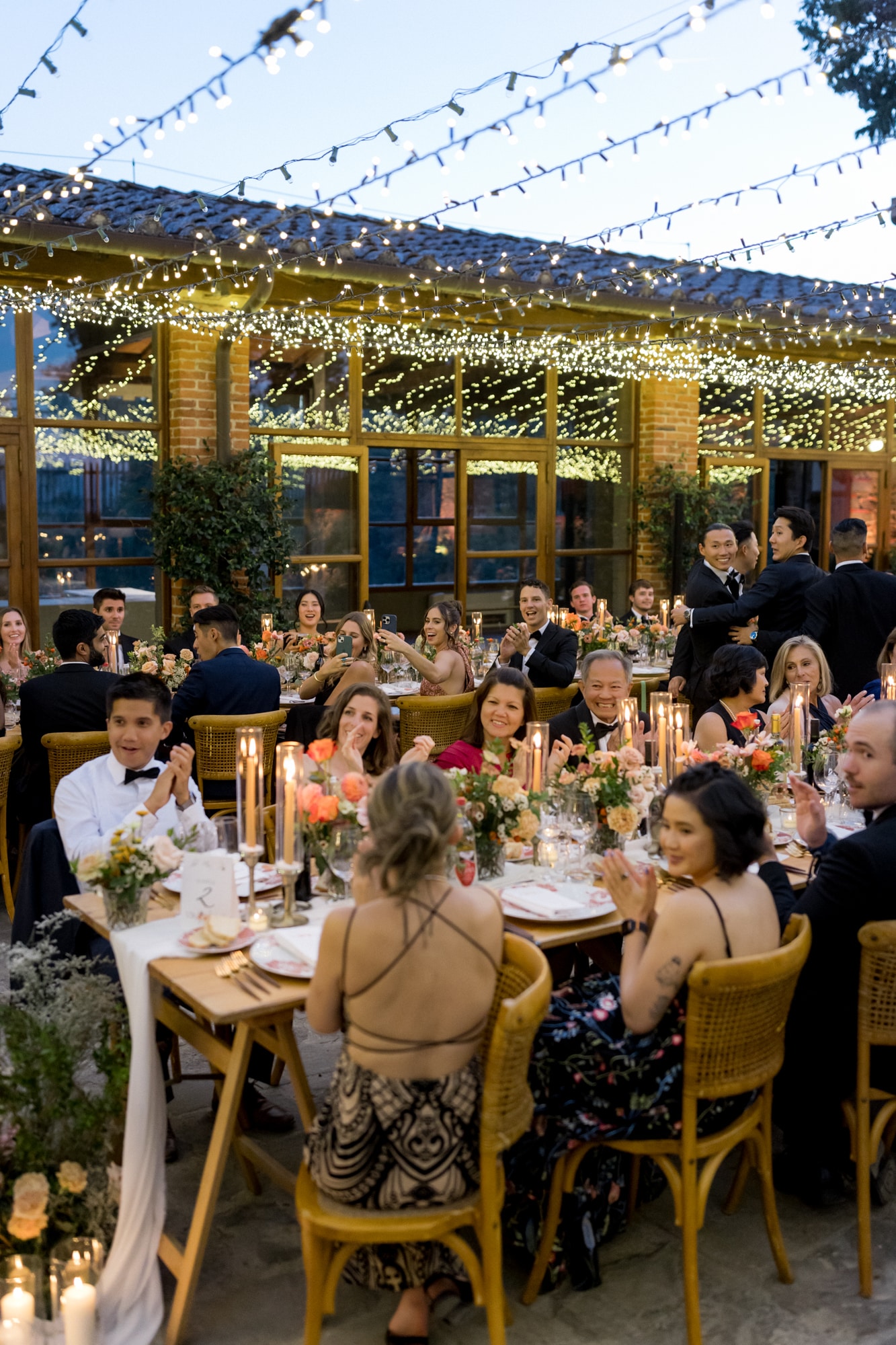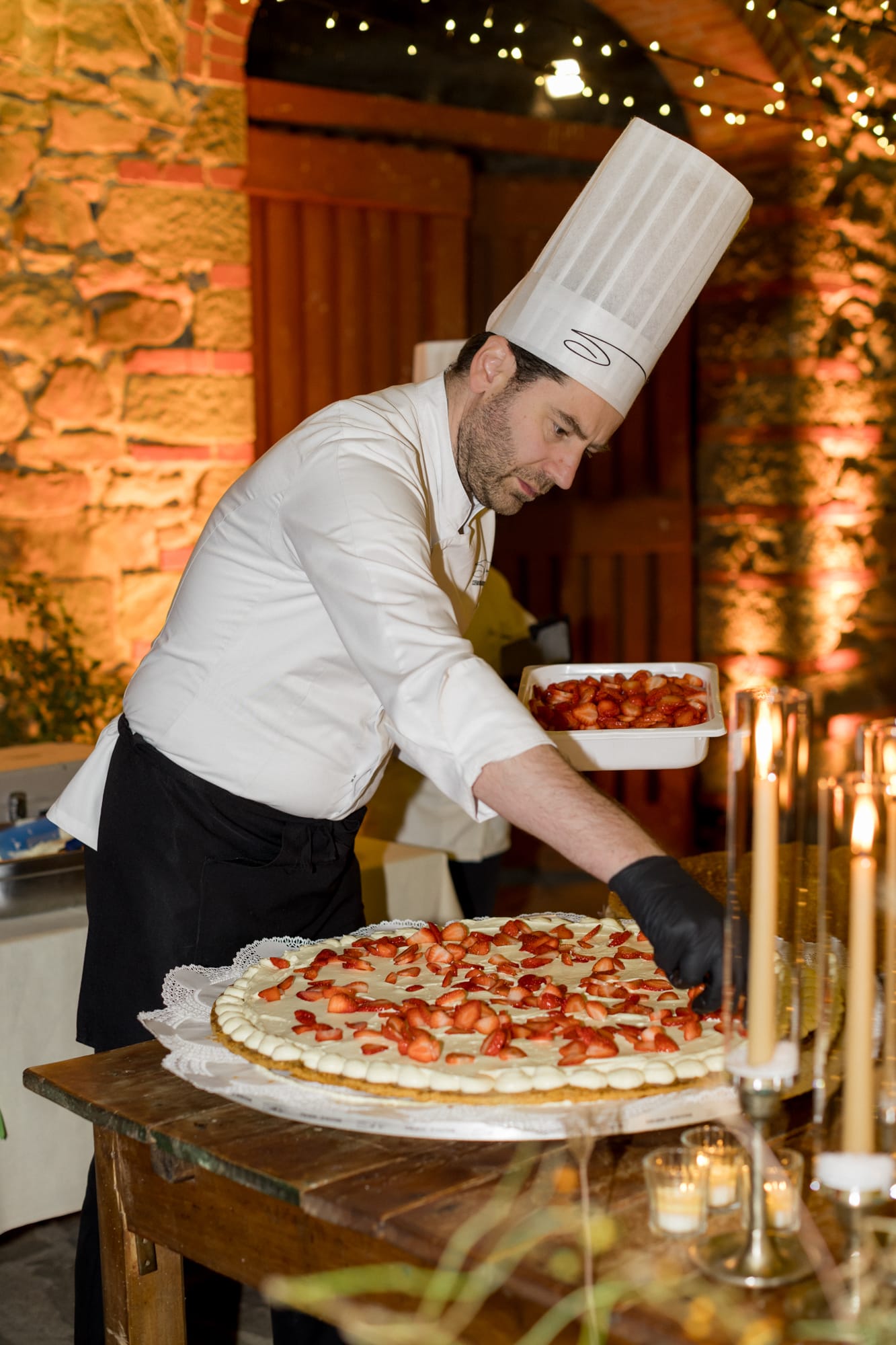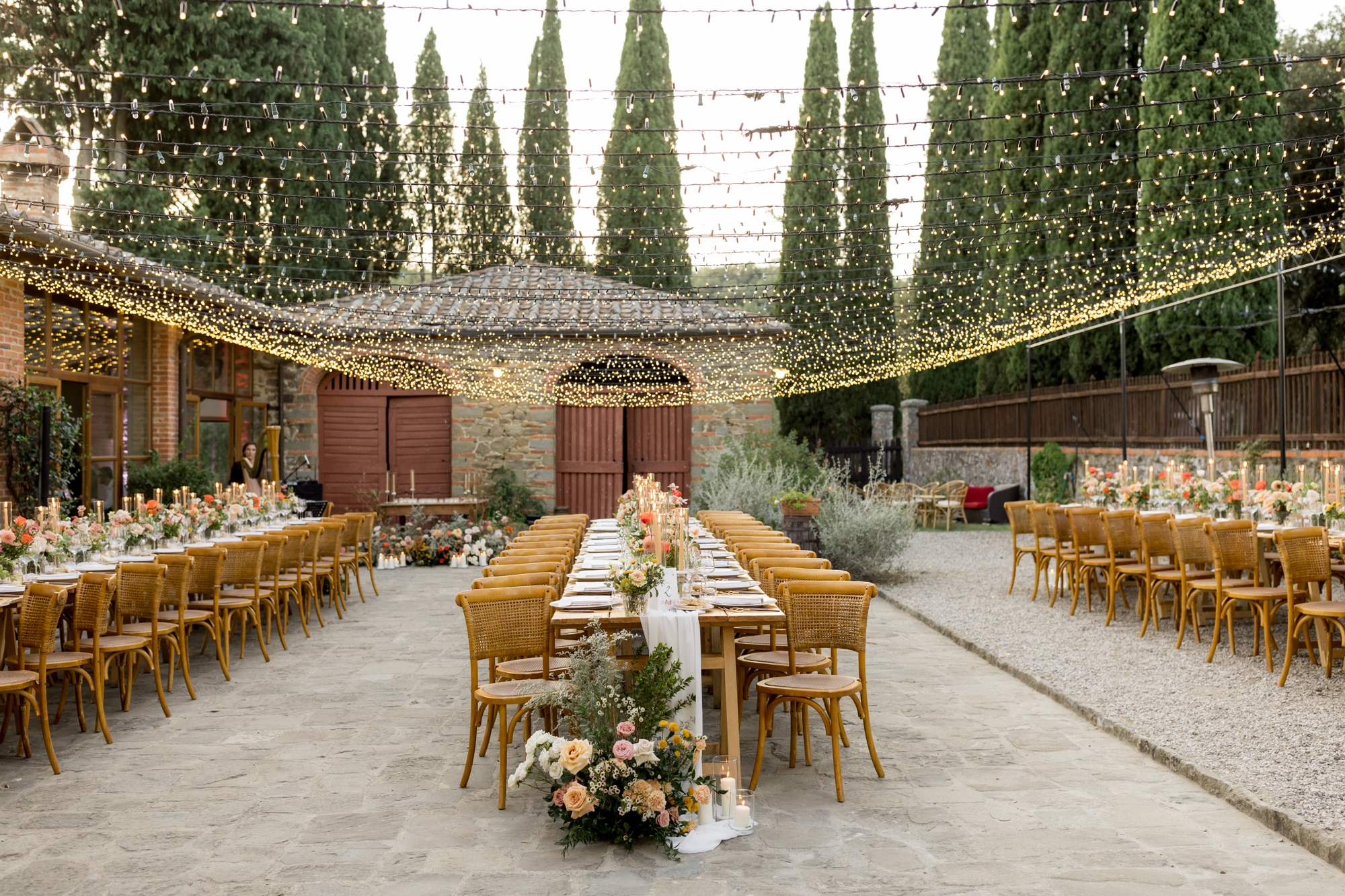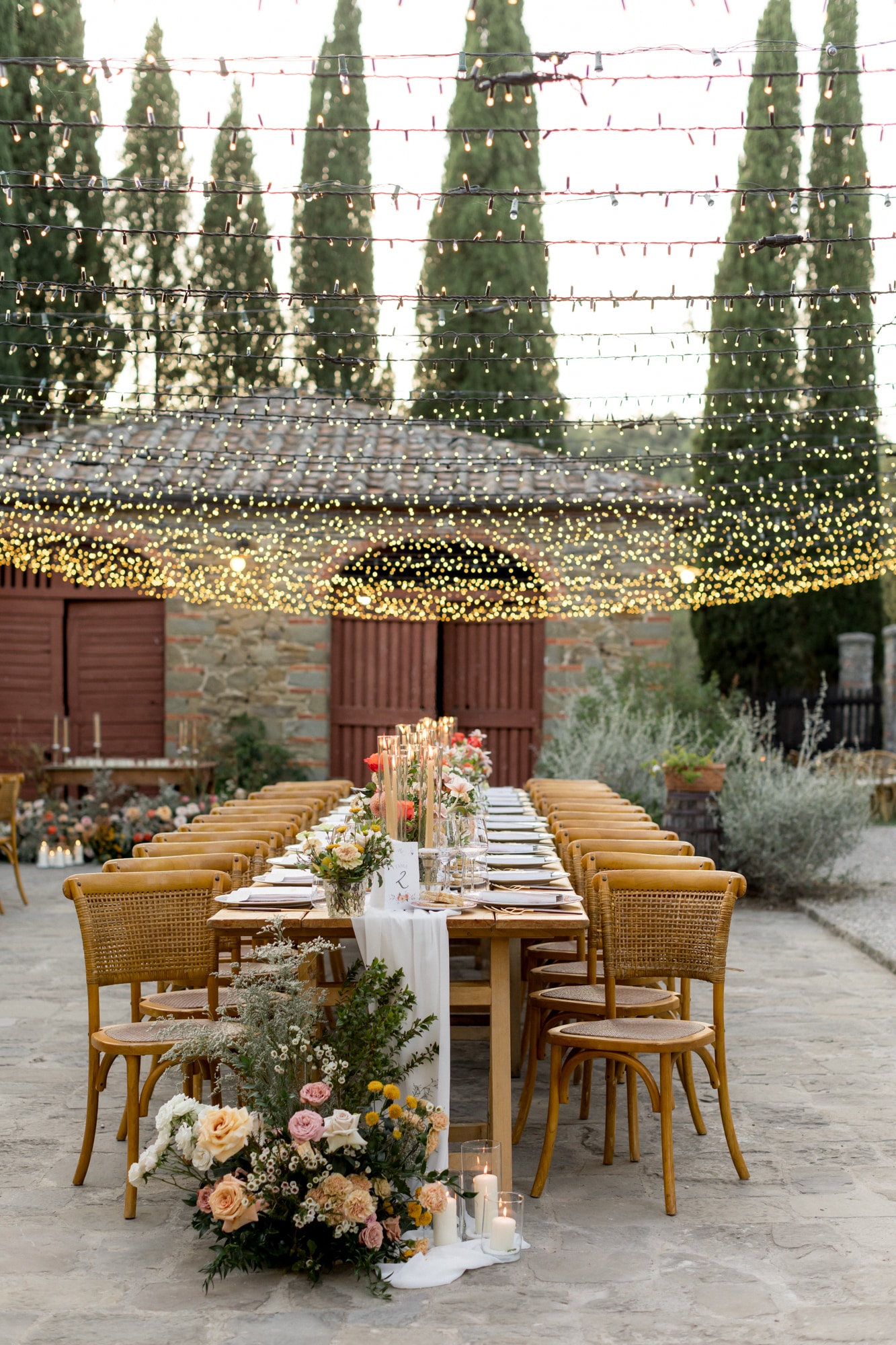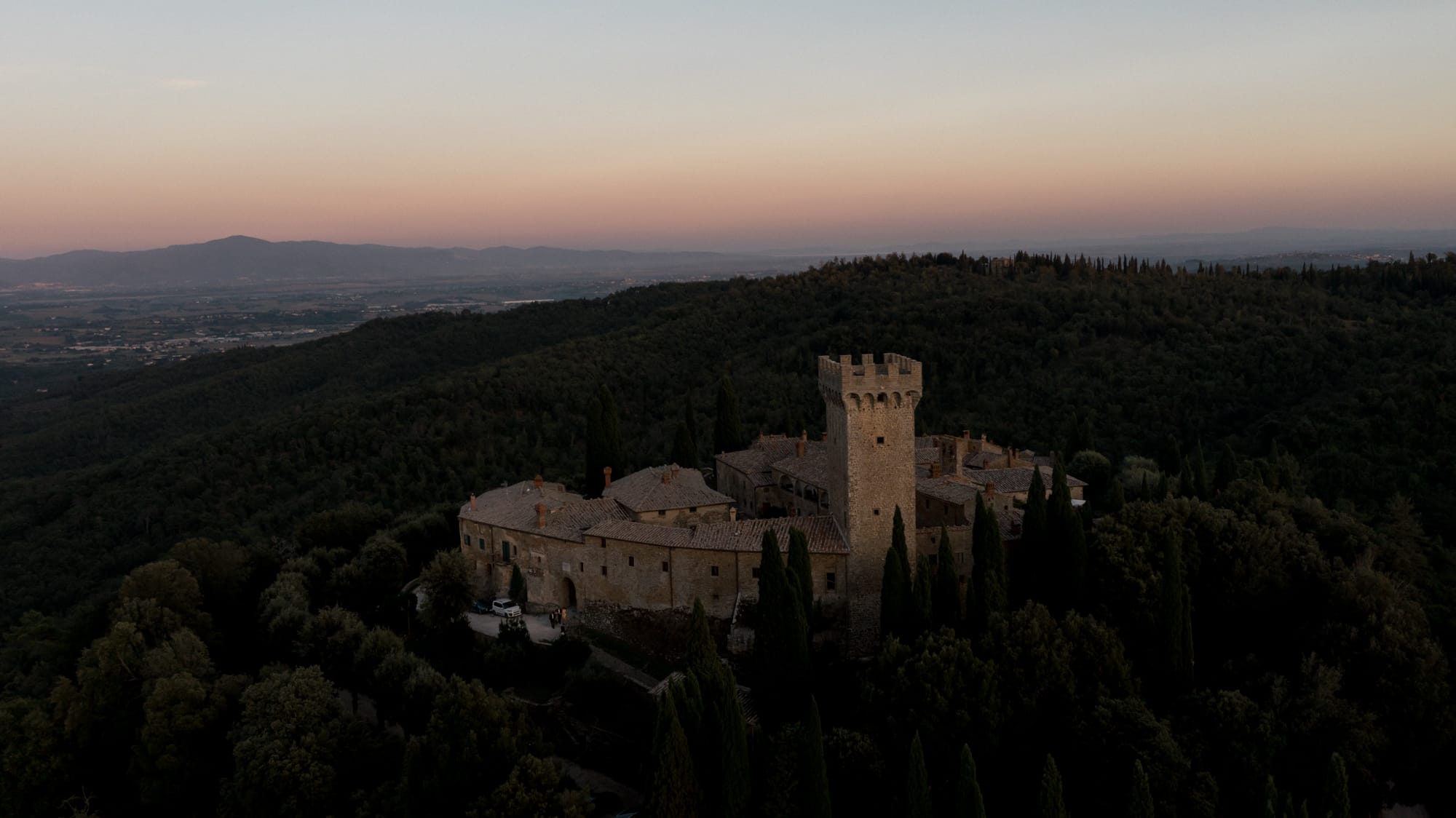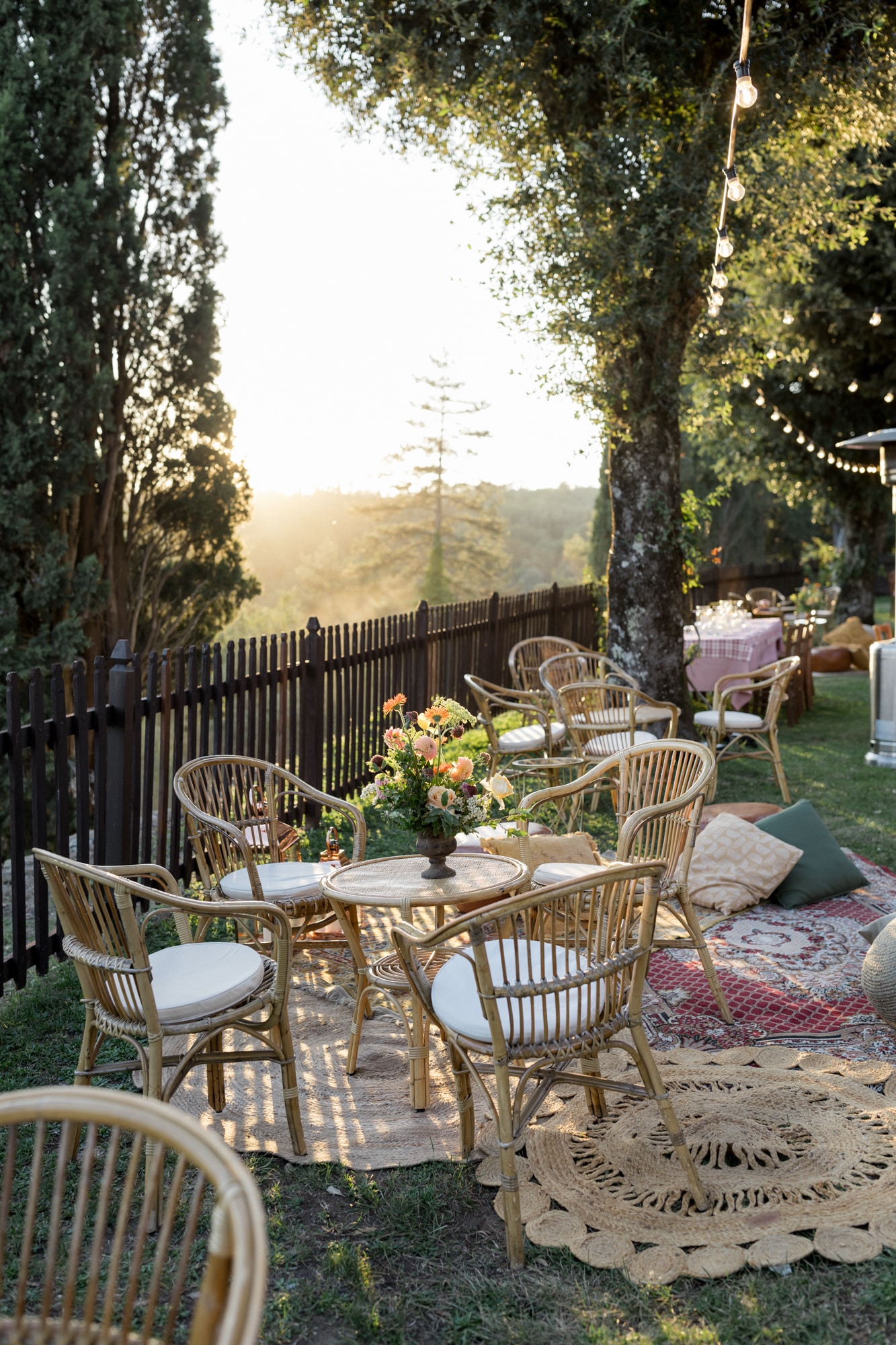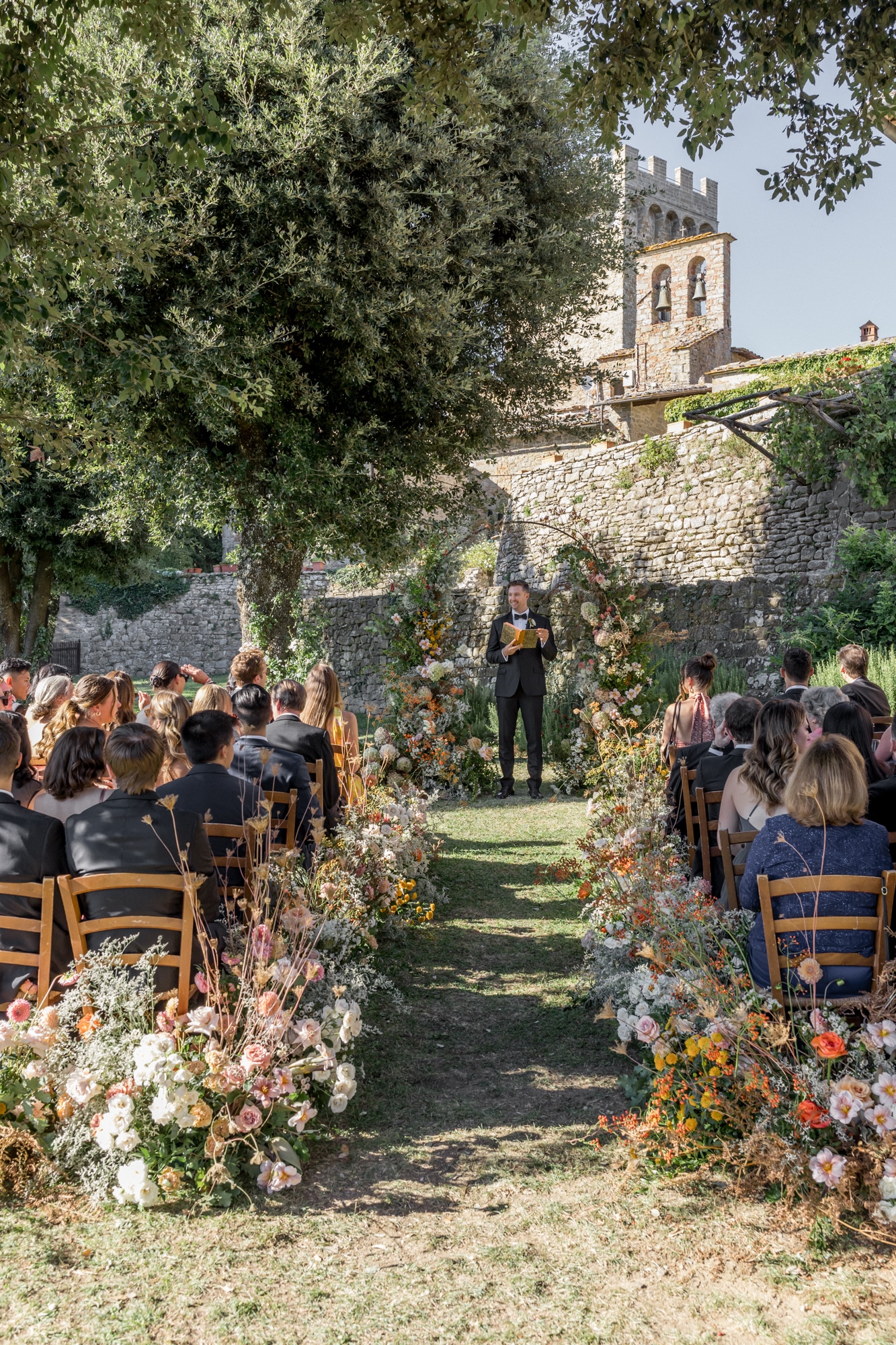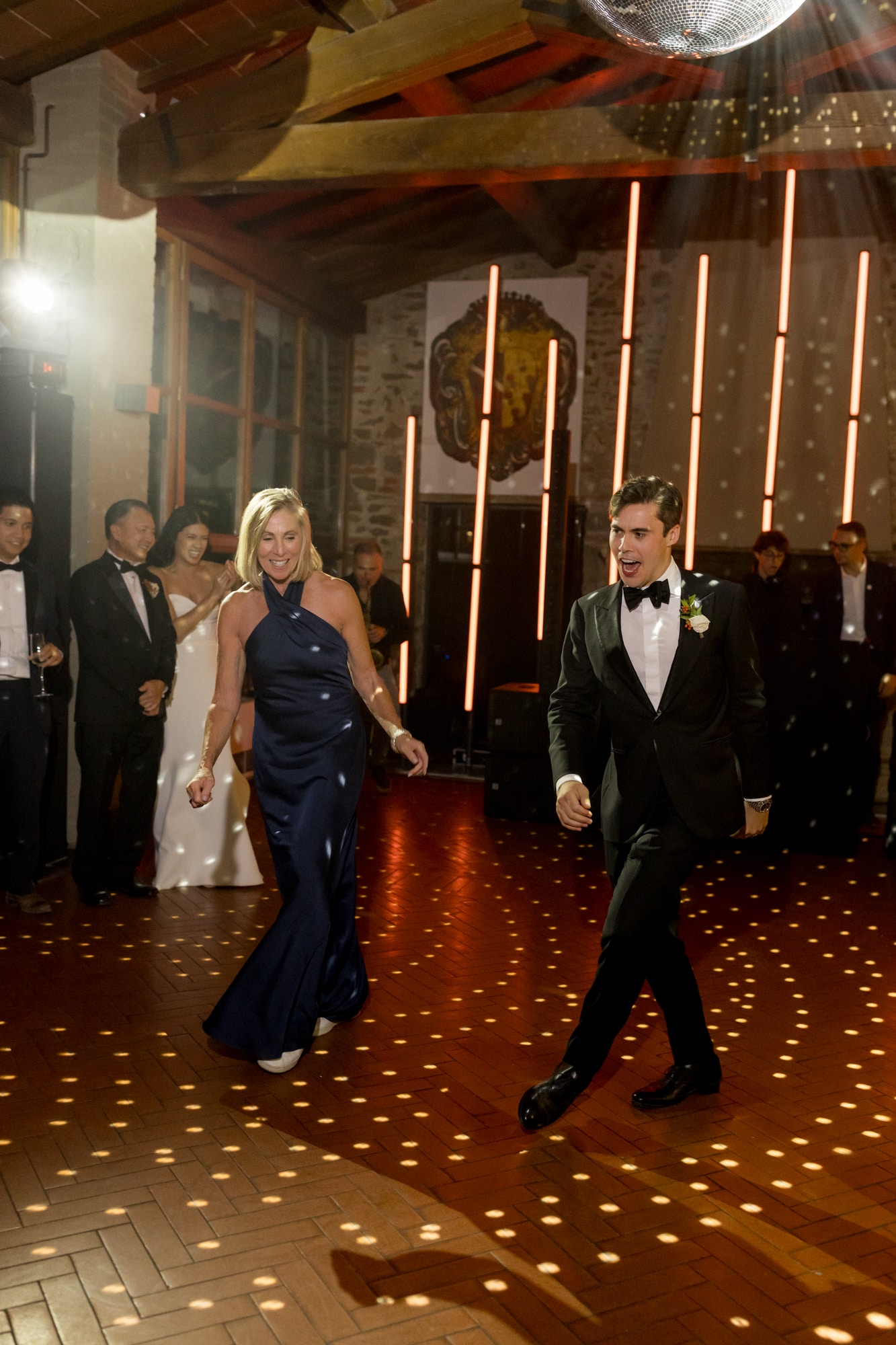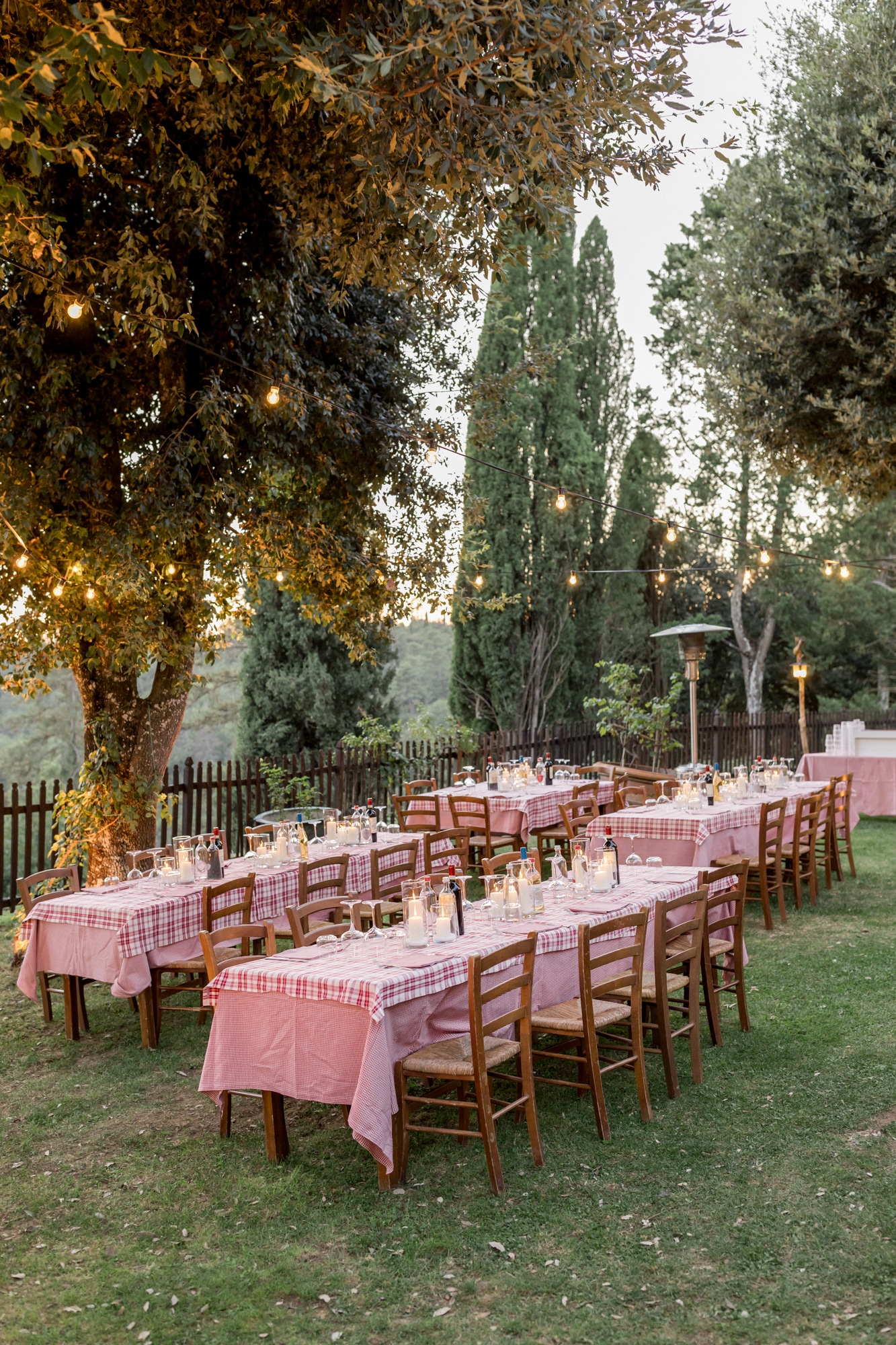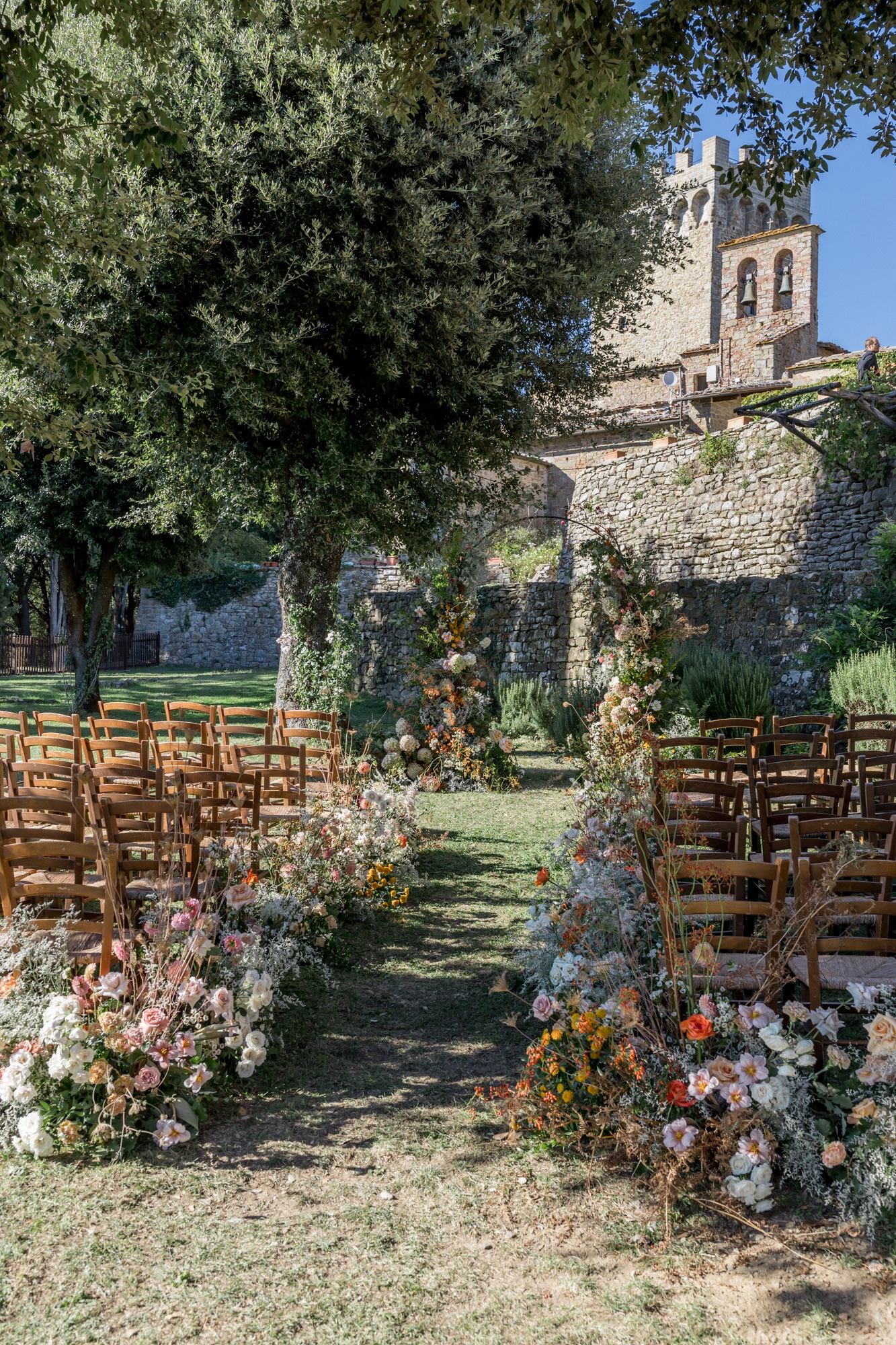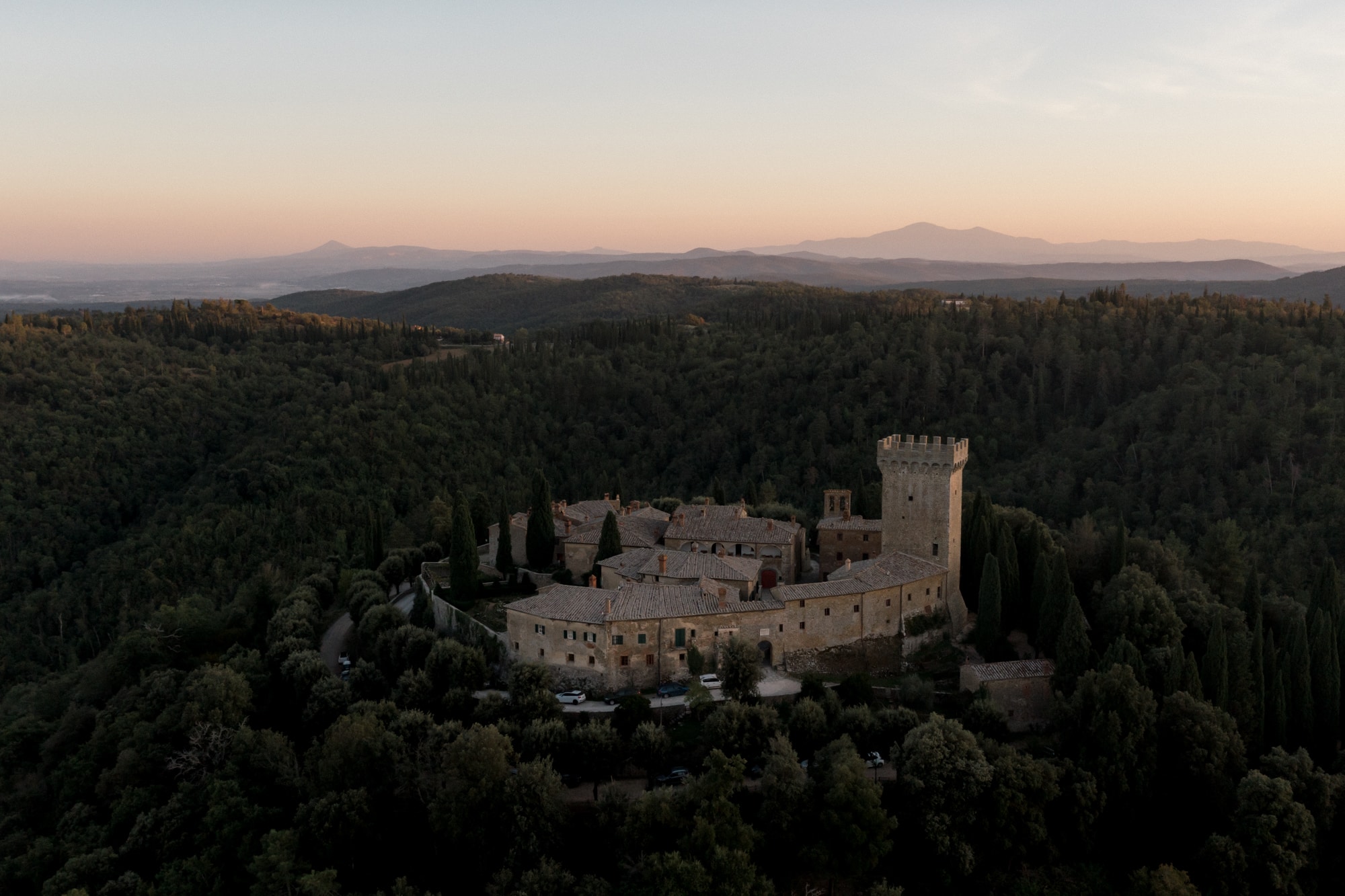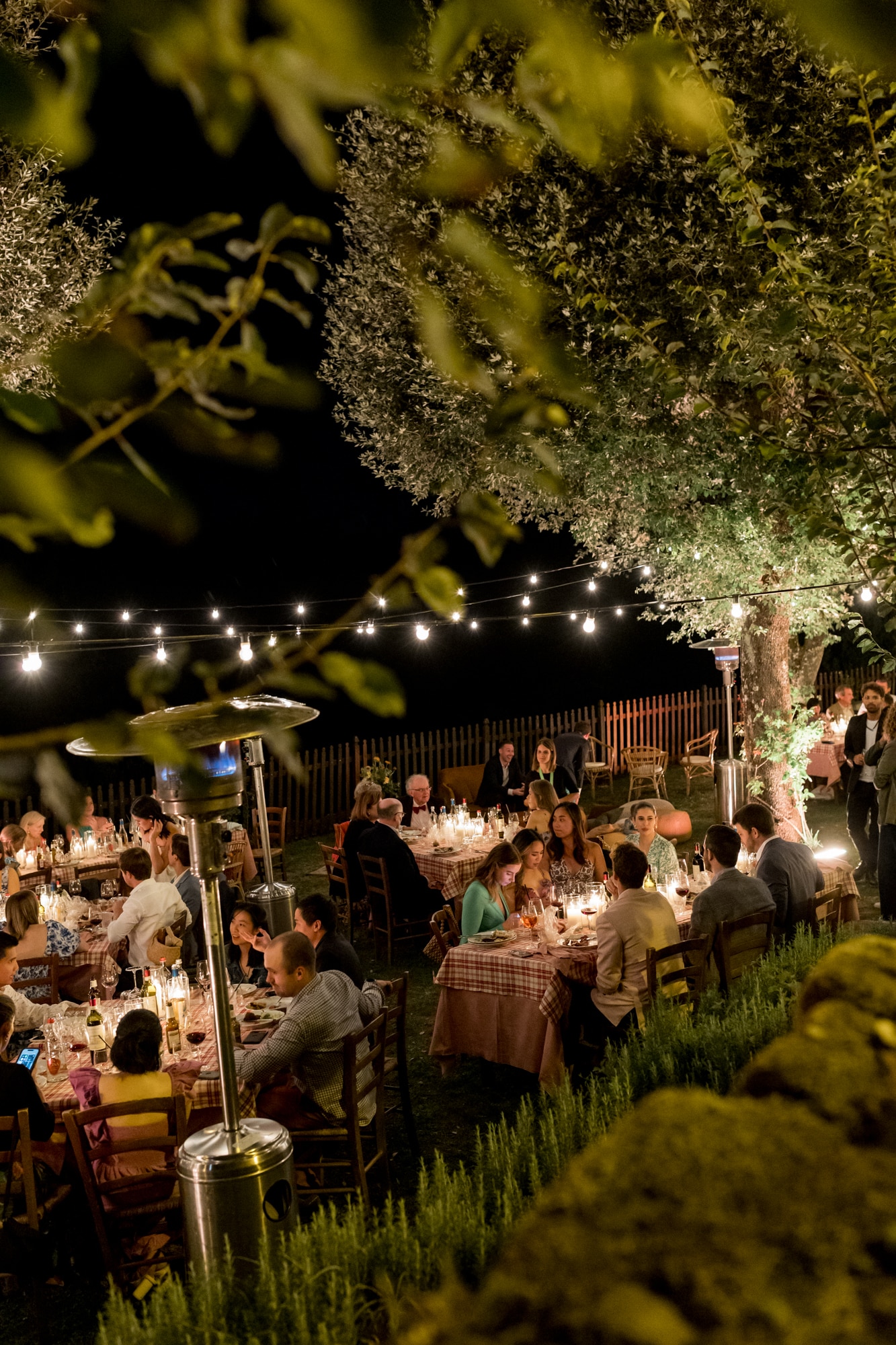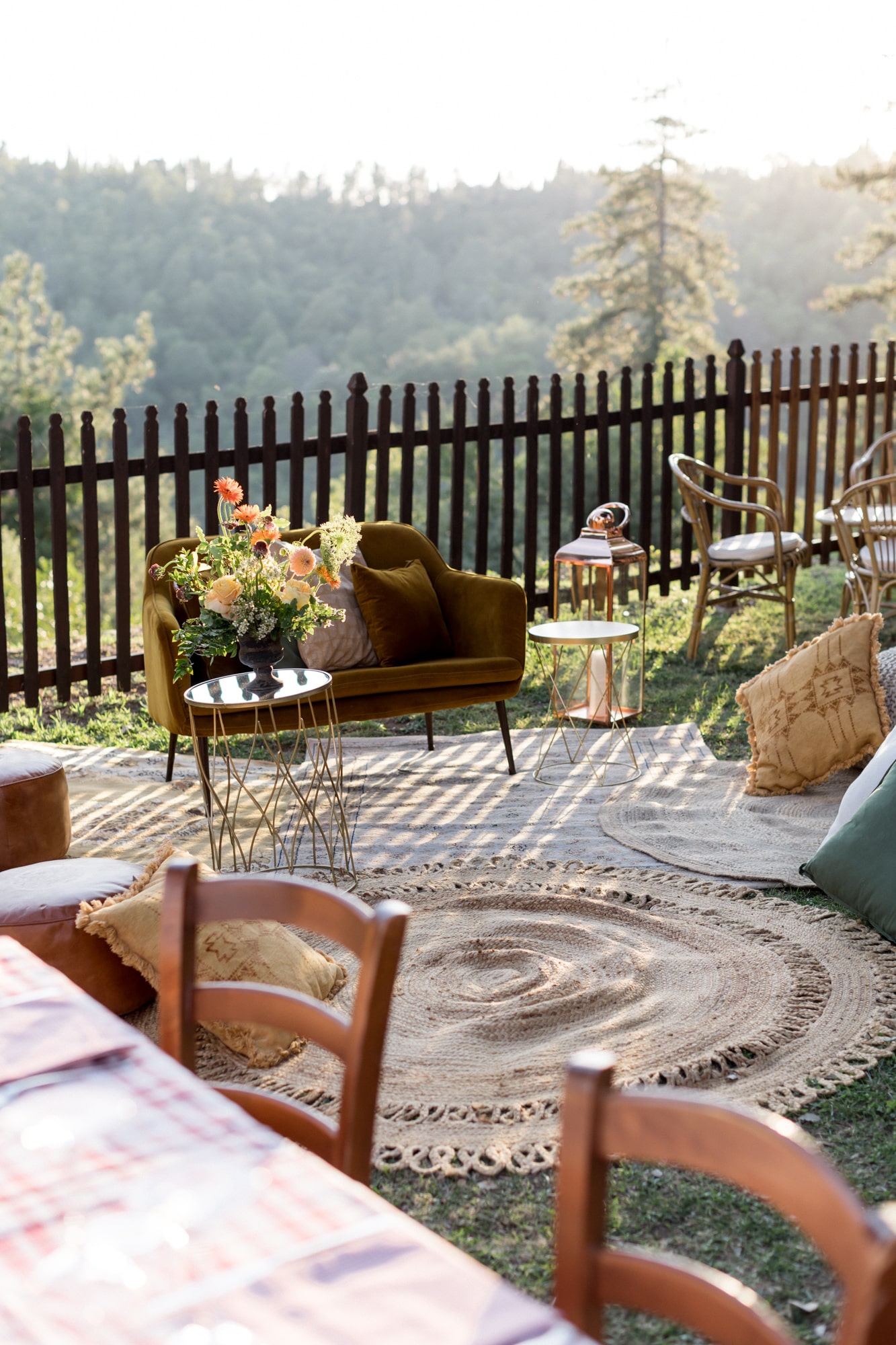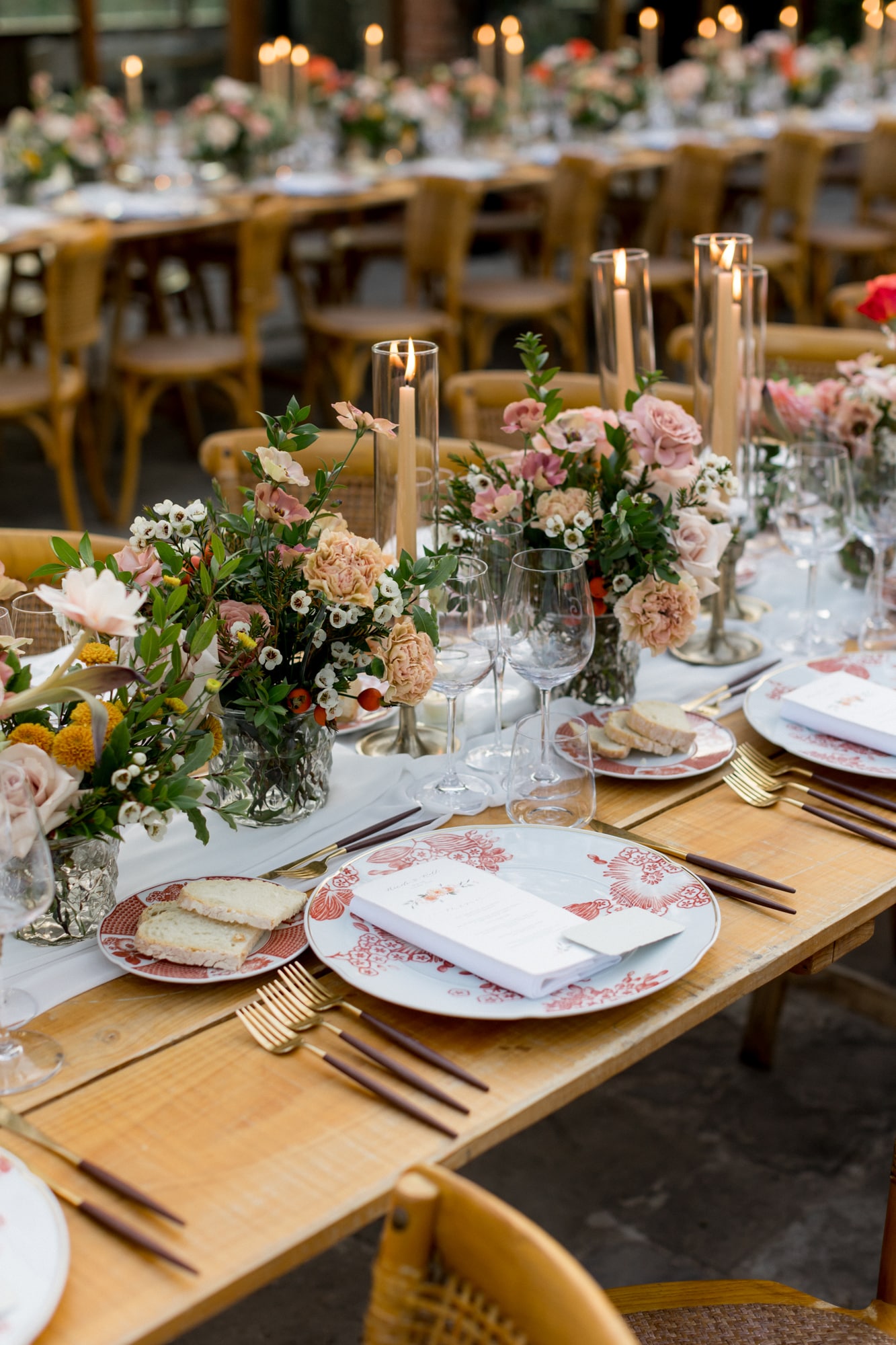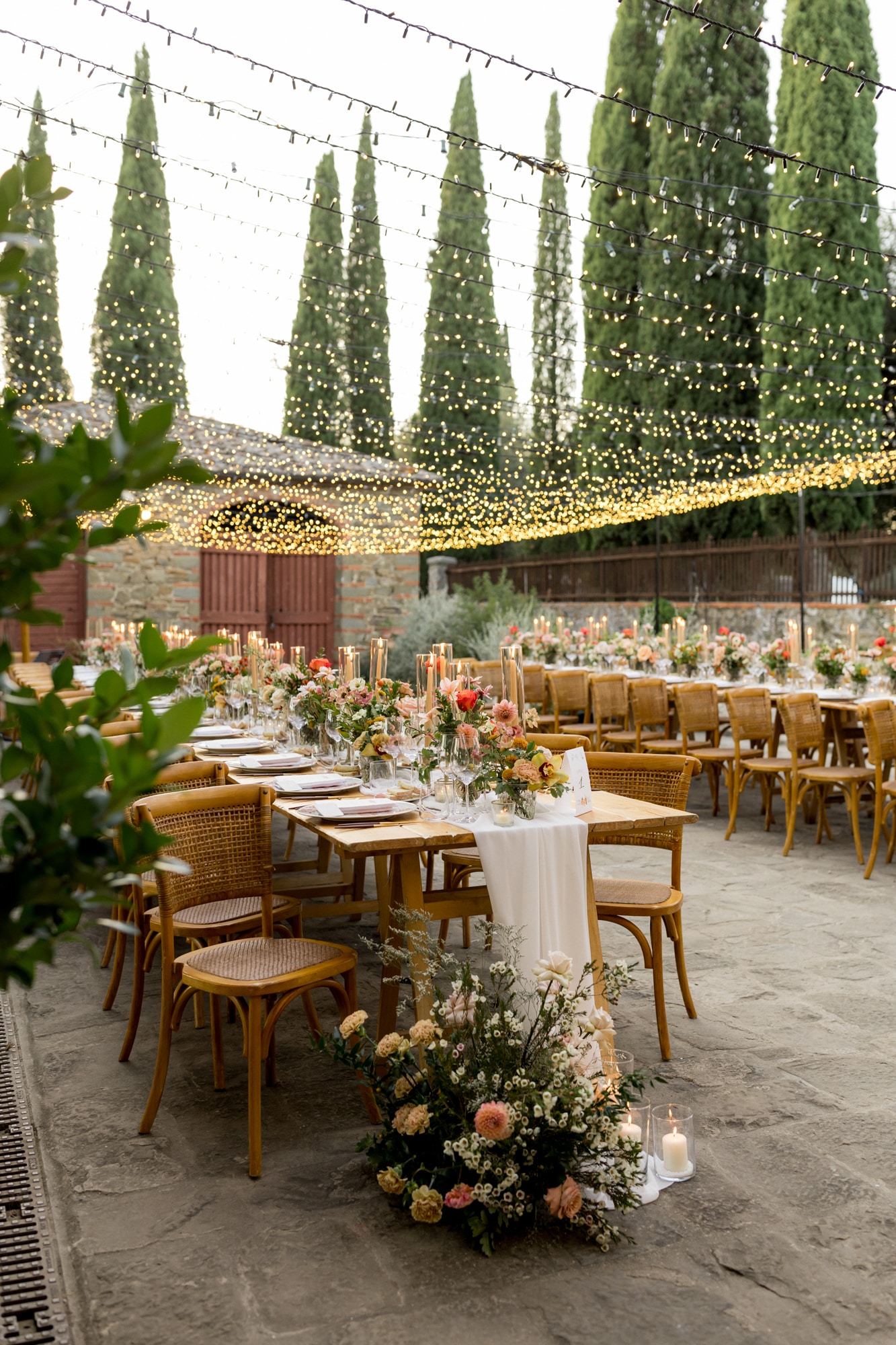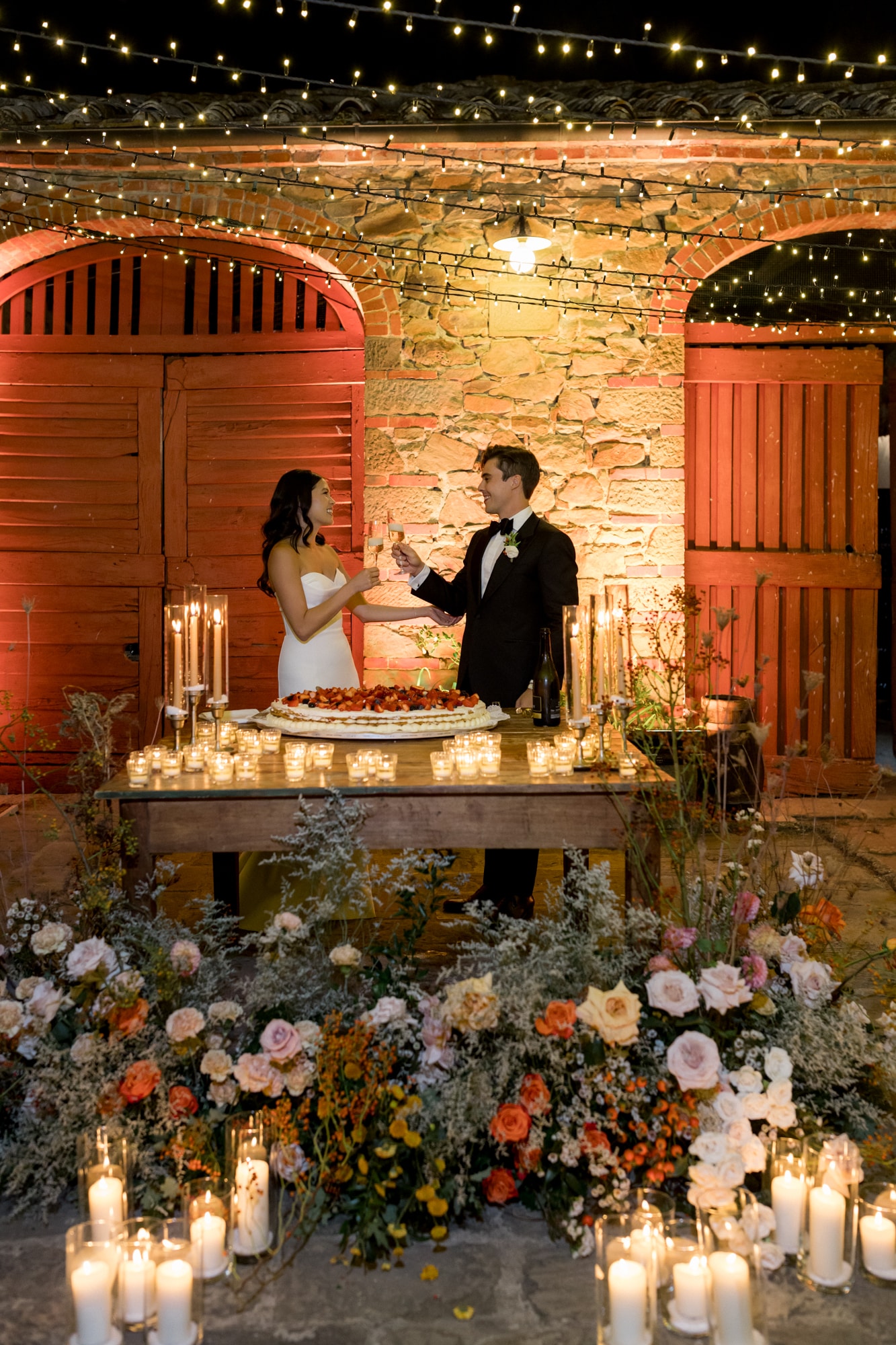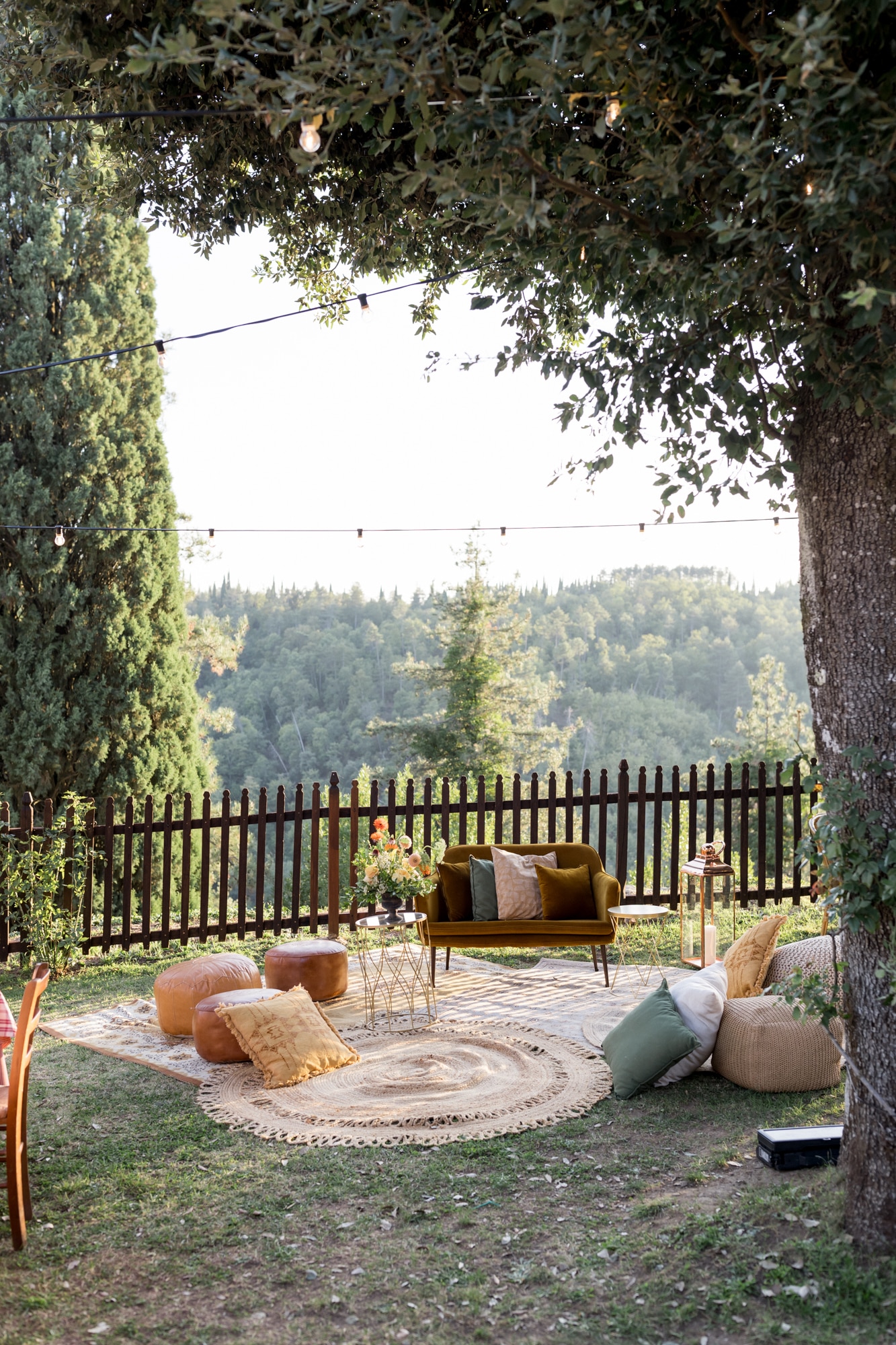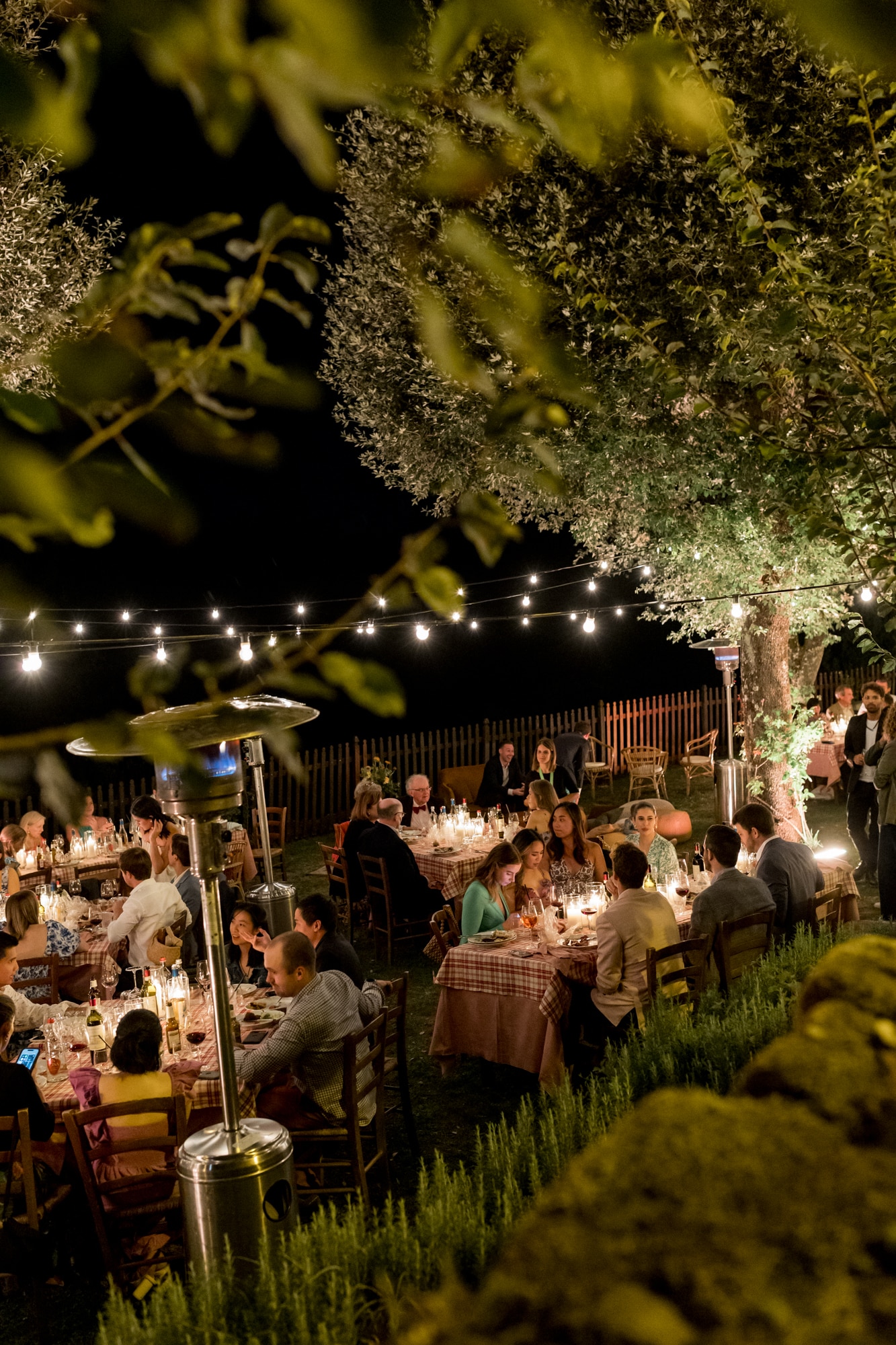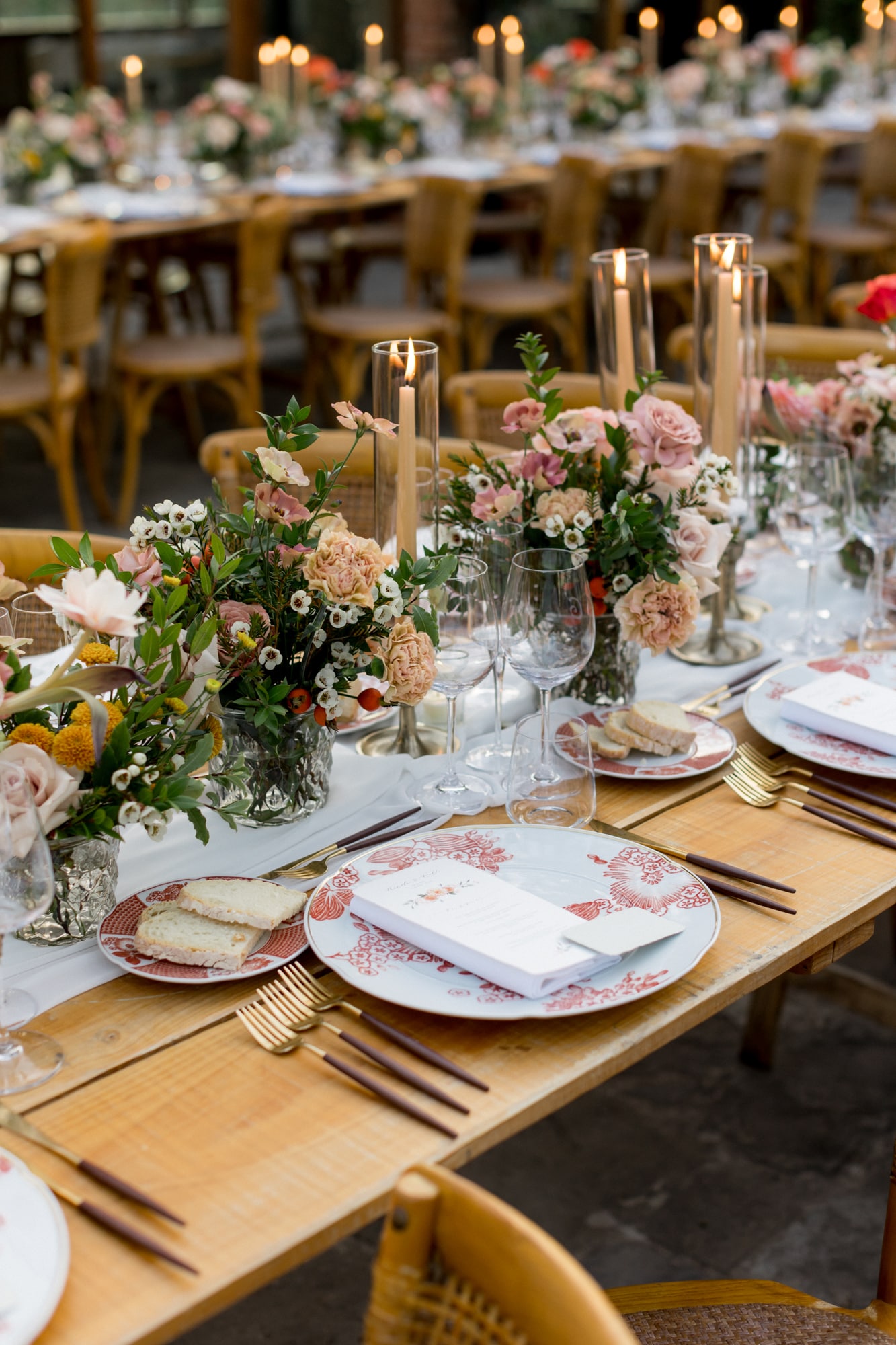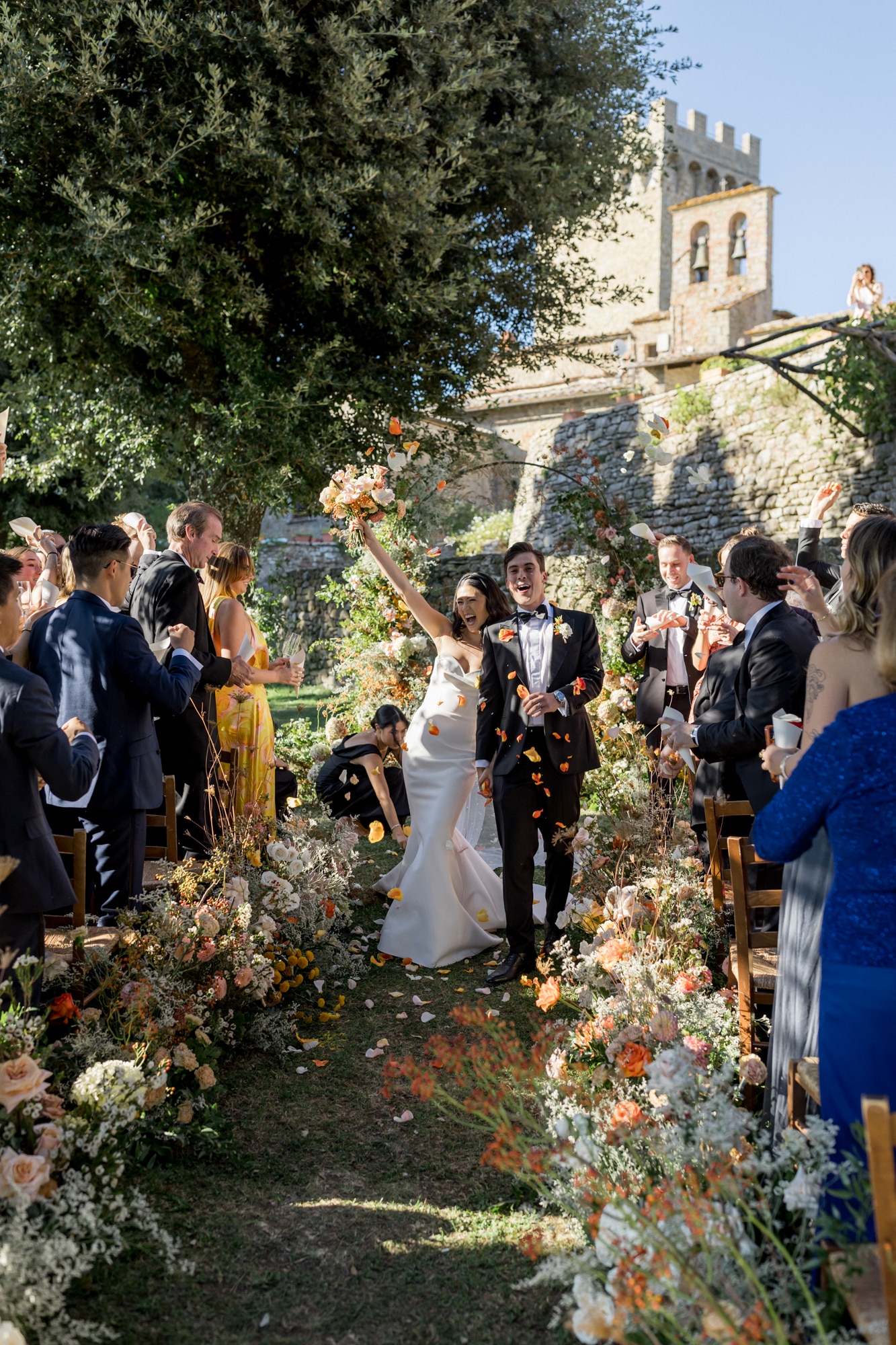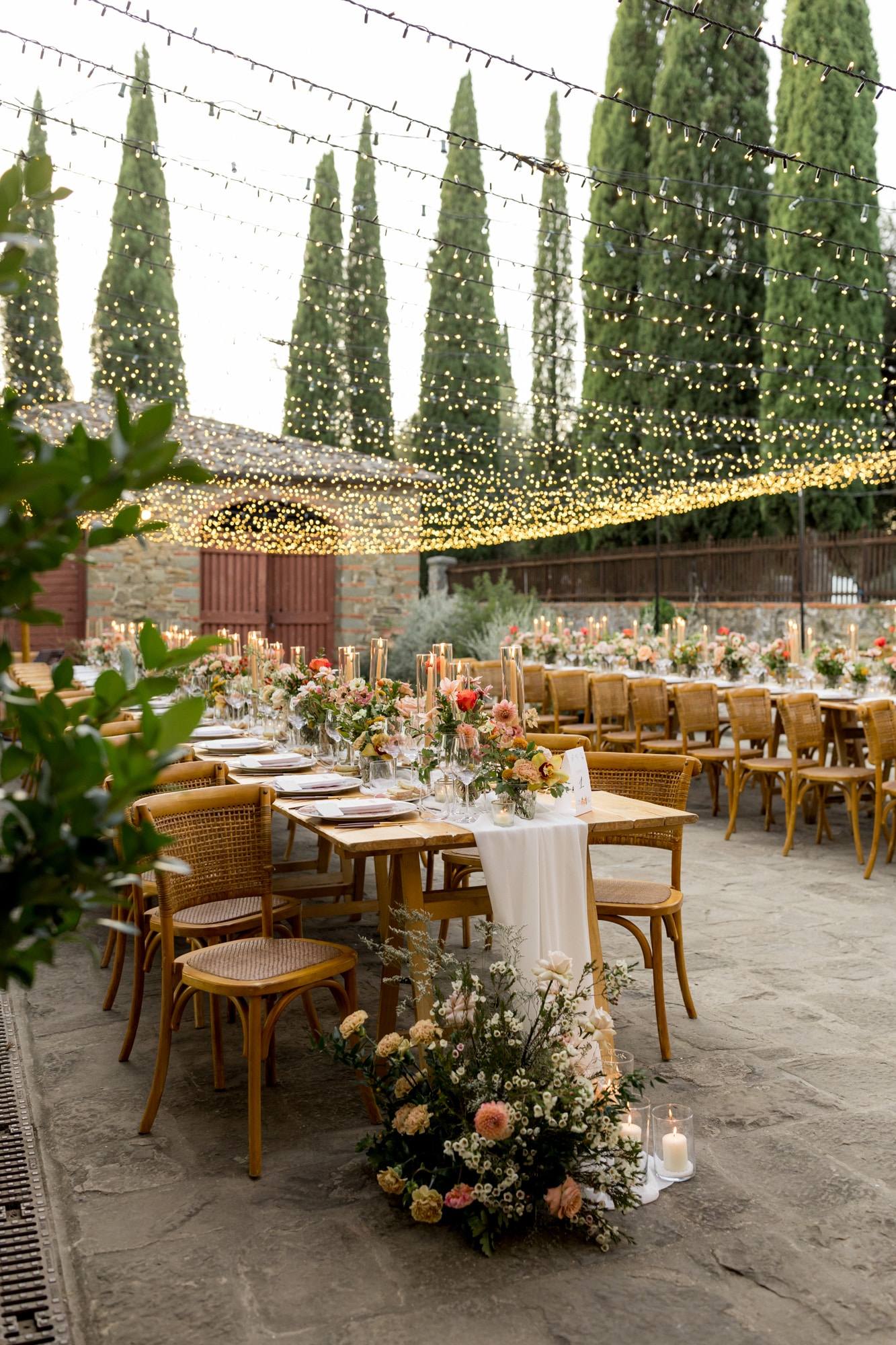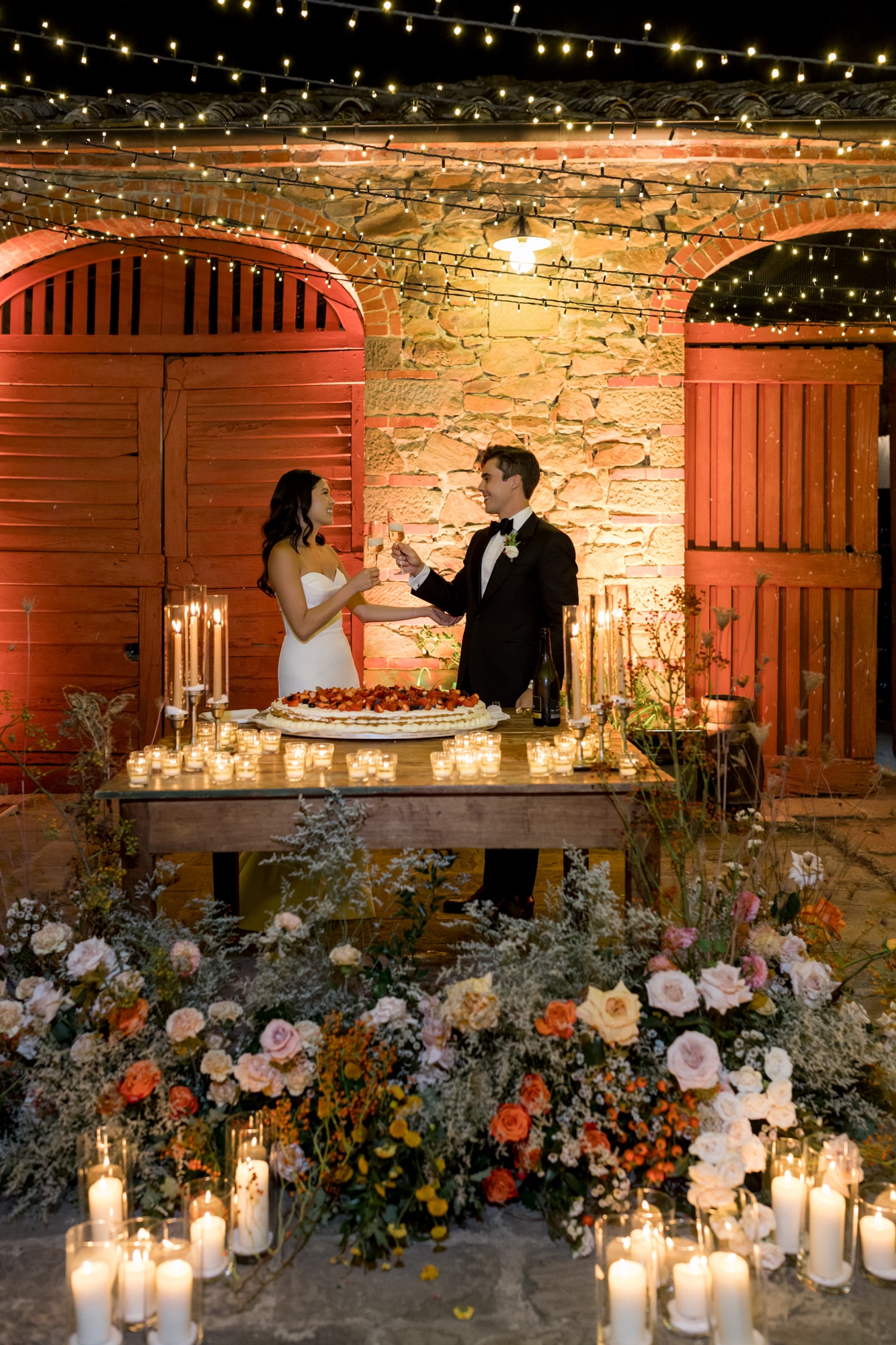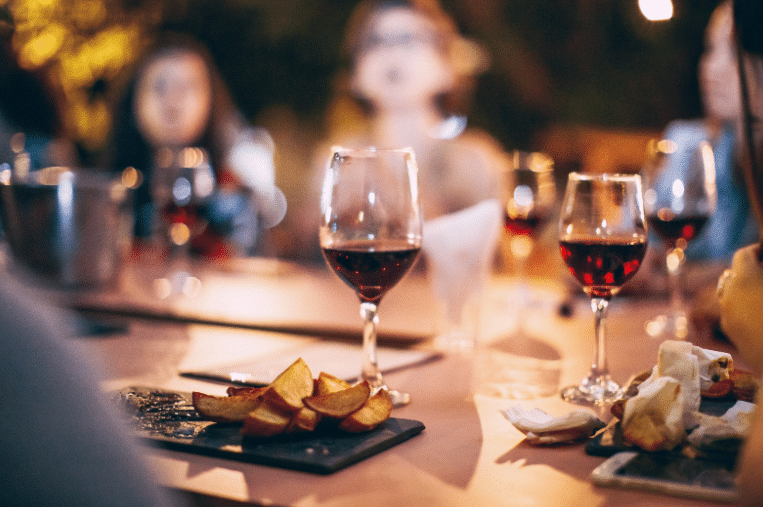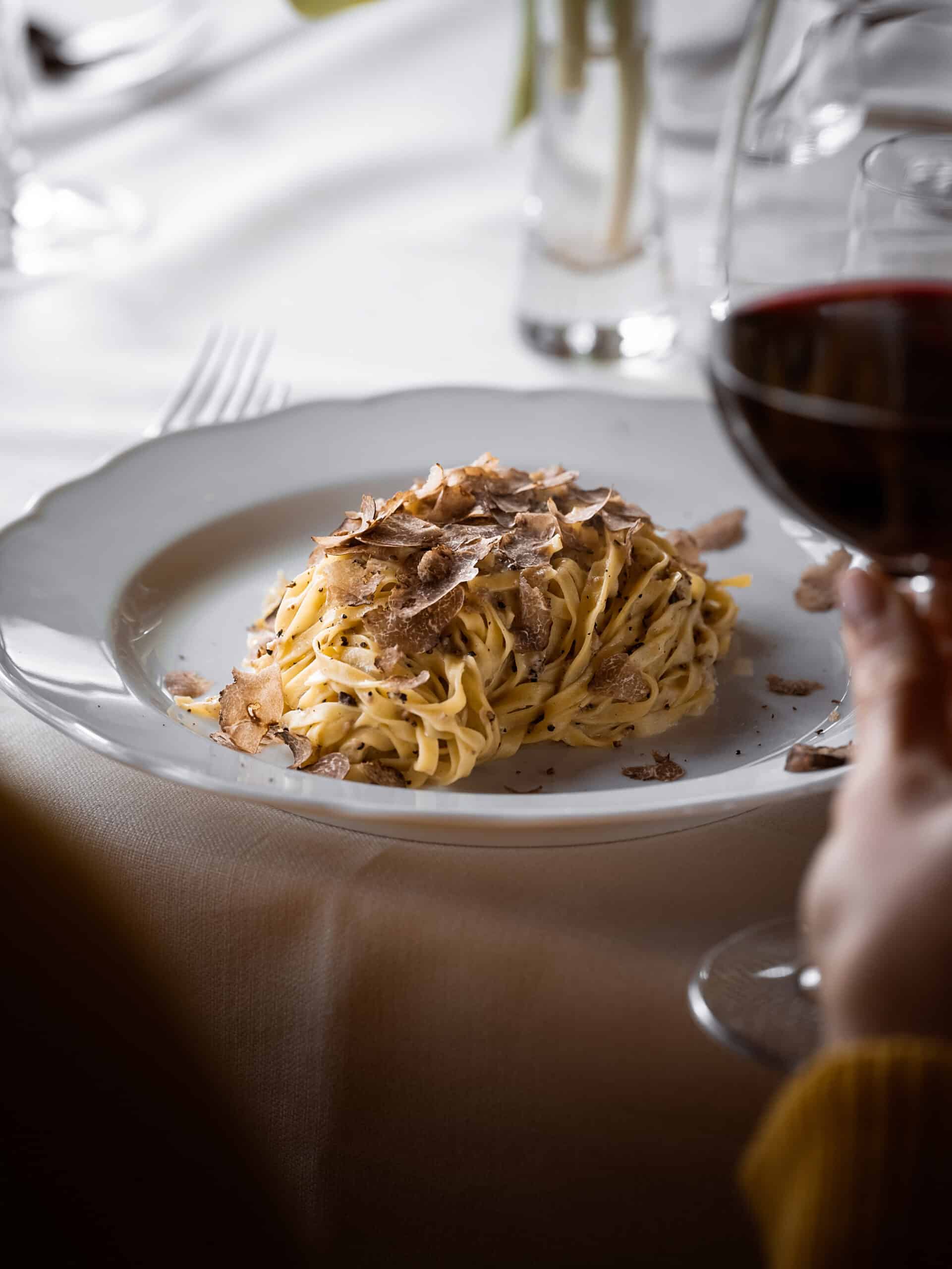Ready to make the most of the beautiful season? The Chianti region is beautiful all year round, but milder temperatures allow you to explore it extensively, even by bicycle. With its rolling hills, picturesque vineyards, and charming medieval villages, Chianti offers an idyllic setting for cyclists seeking both physical activity and natural beauty.
Here are some itinerary ideas to experience during the milder months.
First day of the weekend biking in Chianti
Morning: Start your journey from a base location like Greve in Chianti or Castellina in Chianti. If you’re not already equipped, rent a bicycle from one of the local shops and make sure it’s properly geared up for your ride.
Late Morning: Traverse the scenic countryside, pedaling along winding roads flanked by vineyards and olive groves. Enjoy the fresh air and breathtaking views as you head towards your first destination.
Late Morning: Visit a local winery for a guided tour and wine tasting experience. Learn about the winemaking process, taste some of the renowned Chianti wines, and indulge in a light snack to recharge for the journey ahead.
Afternoon: Continue your cycling adventure through the countryside, exploring hidden trails and admiring the beauties of rural Tuscany. Make stops along the way to capture photos of the stunning landscapes and to refuel.
Evening: Reach your accommodation for the night, whether it’s a cozy farmhouse or a charming bed and breakfast. Relax and unwind after a day of cycling, enjoying a delicious dinner with typical Tuscan specialties paired with exquisite wines.
Second day of the weekend biking in Chianti
Morning: Rested and energized for another day of exploration, enjoy a hearty breakfast to fuel up for the day ahead.
Late Morning: Resume your cycling journey, this time heading towards the hilltop town of Radda in Chianti. Pedal along scenic paths and forest trails, immersing yourself in the tranquility and beauty of the surroundings.
Late Morning: In Radda in Chianti, take some time to stroll through the cobbled streets of the historic center. Admire the medieval architecture, browse artisan shops, and perhaps stop for a coffee in a local café.
Afternoon: After exploring Radda, hop back on your bike and continue your tour through the countryside, returning to the starting point. Along the way, make detours to visit other charming villages or points of interest that catch your eye.
Late Afternoon: Return the rental bike and take a moment to reflect on your cycling adventure among the Chianti hills. Whether you’re an experienced cyclist or a casual enthusiast, this weekend offers a perfect mix of outdoor activities, cultural immersion, and natural beauty.
Evening: As your weekend draws to a close, treat yourself to a final dinner at a local trattoria, savoring the flavors of traditional Tuscan cuisine one last time before heading home.
Biking itinerary in Chianti, starting from Siena
The hills of Chianti, with their breathtaking landscapes, medieval villages, and historic wineries, are an ideal destination for a cycling weekend filled with biking and nature. This itinerary, suitable for intermediate cyclists, will take you to discover the most scenic places in the area, between enchanting panoramas and tastings of fine wines.
Day 1
Departure from Siena: Arrive in Siena and take Provincial Road 408 towards Greve in Chianti.
Greve in Chianti: After about 20 km, you’ll reach Greve in Chianti, the heart of Chianti Classico. Explore the village, visit its famous square and artisan shops.
Lunch: Stop at one of the many typical trattorias in the village and enjoy traditional Tuscan dishes.
Afternoon: Continue your journey towards Panzano in Chianti, along Provincial Road 222. In Panzano, visit the famous butcher shop of Dario Cecchini and taste his cold cuts and premium meat.
Dinner: Dinner at a farmhouse overlooking the Chianti hills.
Day 2
Departure from Panzano: In the morning, take Provincial Road 101 towards Radda in Chianti.
Radda in Chianti: Visit the village of Radda in Chianti, with its medieval castle and fortified walls.
Lunch: Lunch at a typical trattoria in Radda in Chianti.
Afternoon: Continue your journey towards Castellina in Chianti, along Provincial Road 125. Visit the village of Castellina in Chianti, with its wine museum and wine shops.
Wine Tasting: Wine tasting at a Chianti Classico winery.
Return: Return to Siena by bike or train.
Tips for a biking itinerary in Chianti
- For a more challenging itinerary, you can add the climb to the Consuma Pass to your route.
- If you prefer a more relaxed itinerary, you can choose to cycle only part of the route and use the train or bus for longer transfers.
- Book your accommodation in advance, especially if you’re traveling during high season.
- Bring enough water and food for the entire day.
- Wear comfortable clothing suitable for the weather.
- Respect the traffic rules and safety regulations.
A weekend biking among the hills of Chianti is an unforgettable experience that will allow you to discover the beauty of this unique land.

